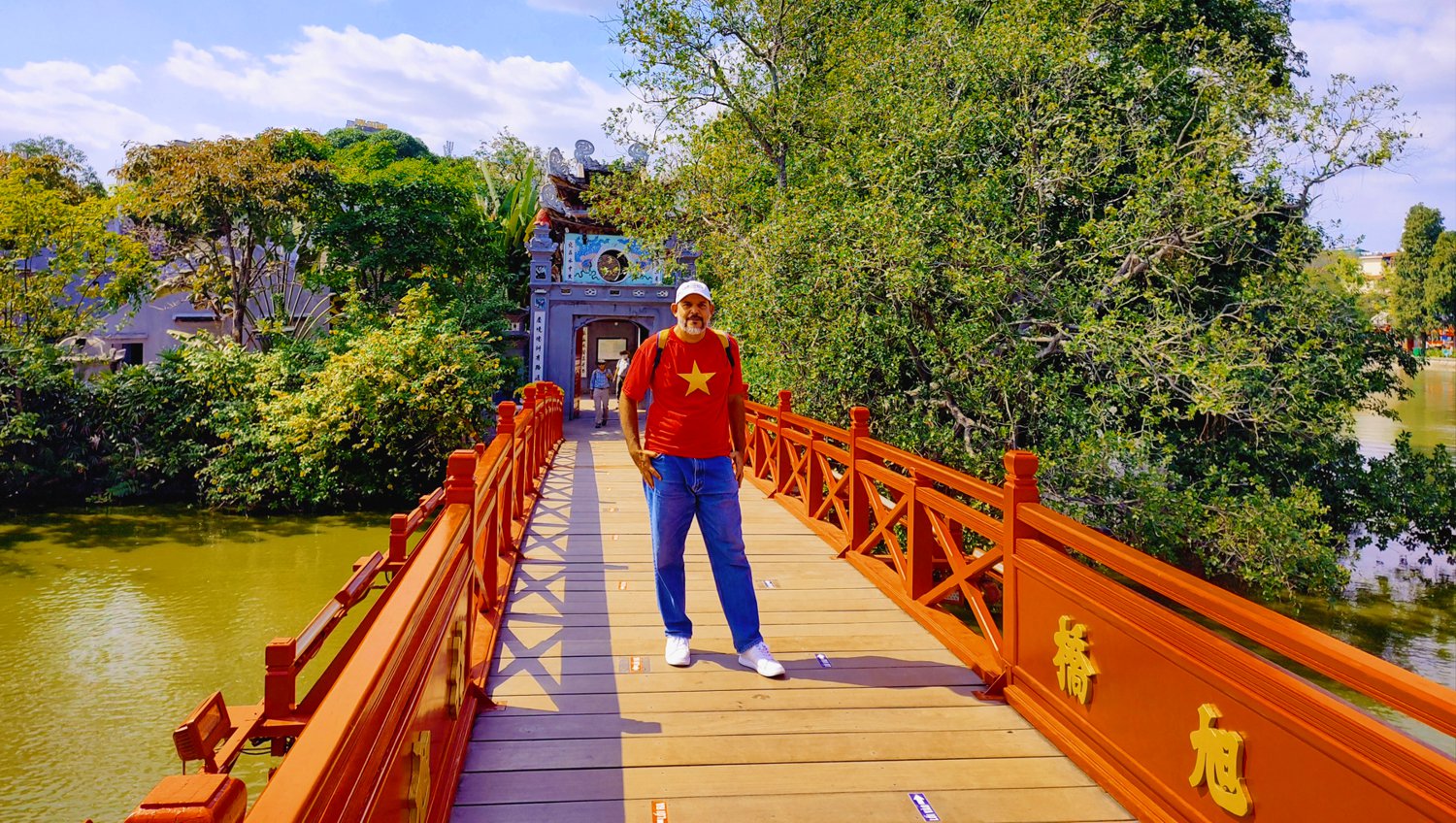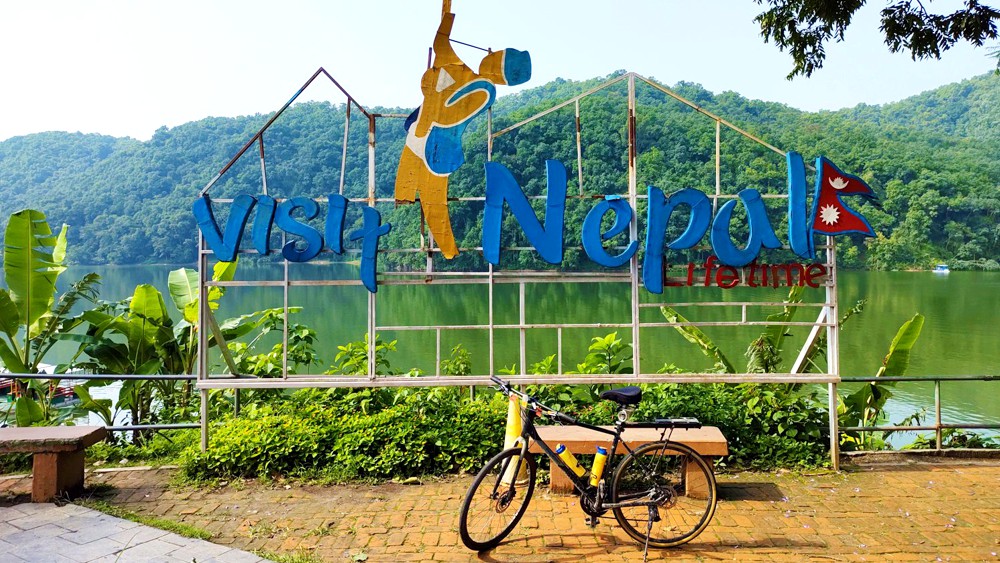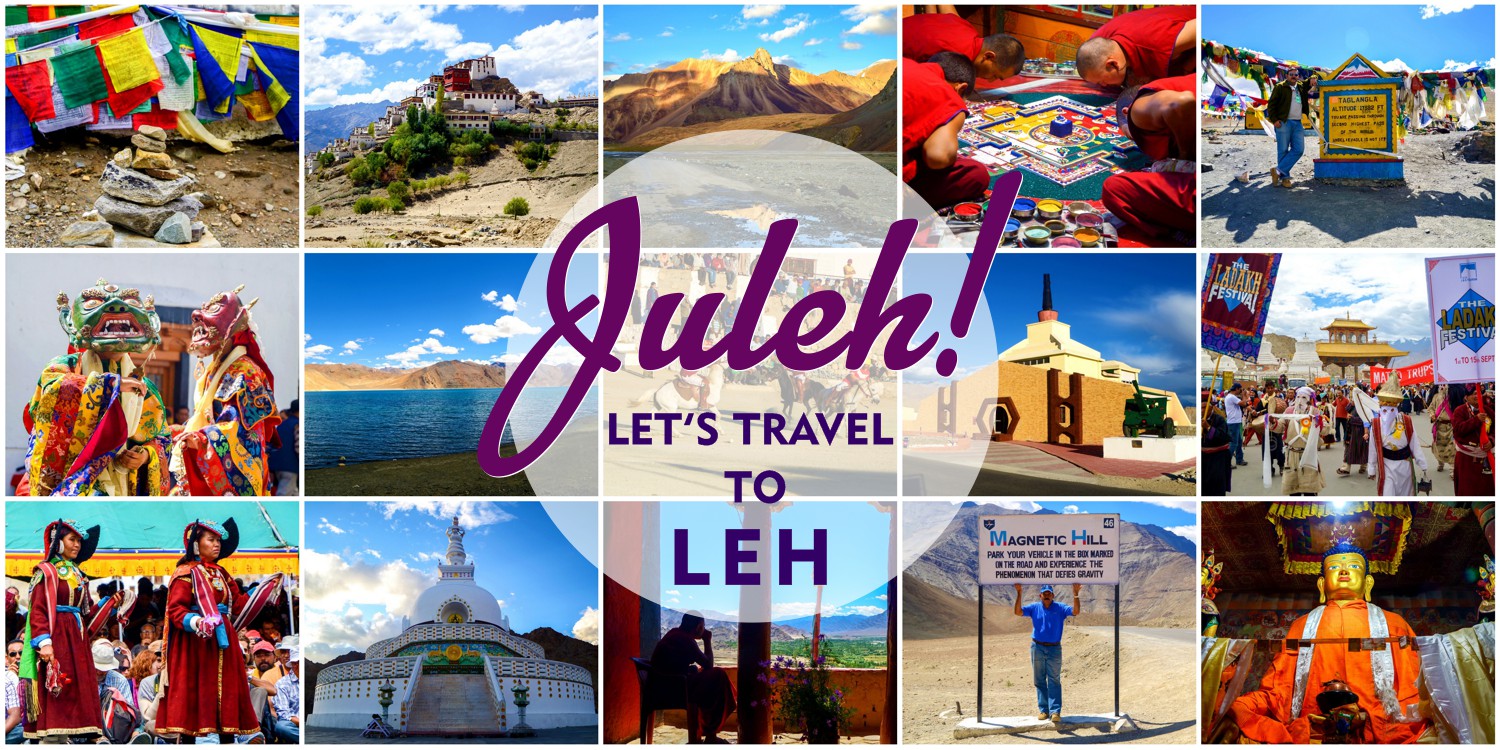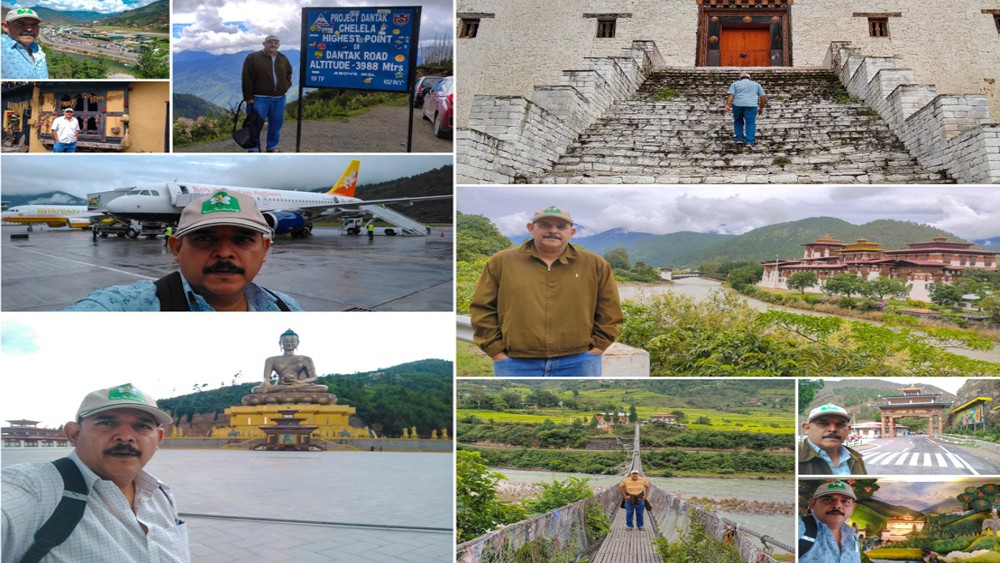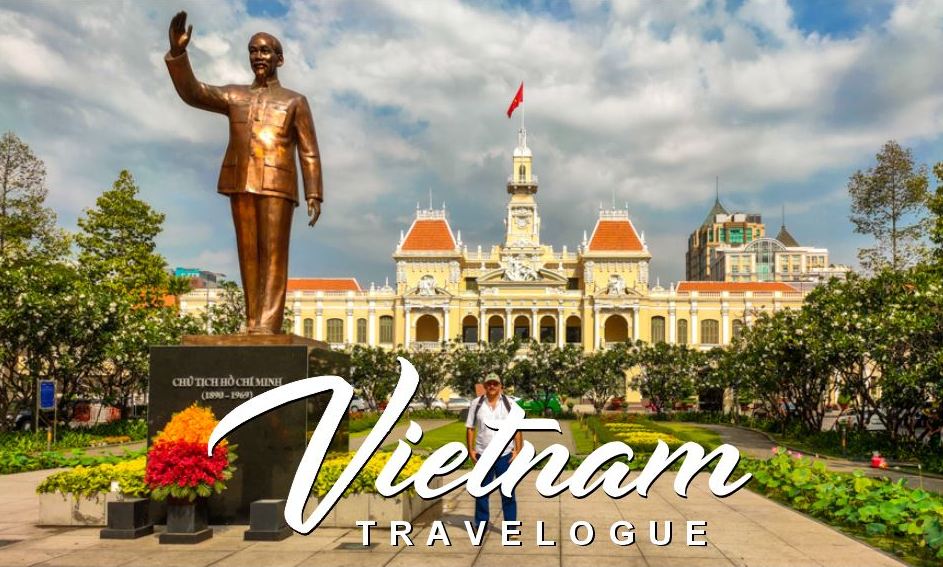
Hello everyone!!!
I’m Lynn Barreto Miranda, and I will be sharing my 🇻🇳 Vietnam travelogue with you.
In this travelogue, I’ll explain how I planned my trip and the places I visited. I hope it inspires you to visit this beautiful country now that it is open to tourists again after the pandemic.
In March 2020, I went on a 14-day solo adventure to Vietnam. It all started when a Vietjet advertisement popped up on my Facebook timeline.
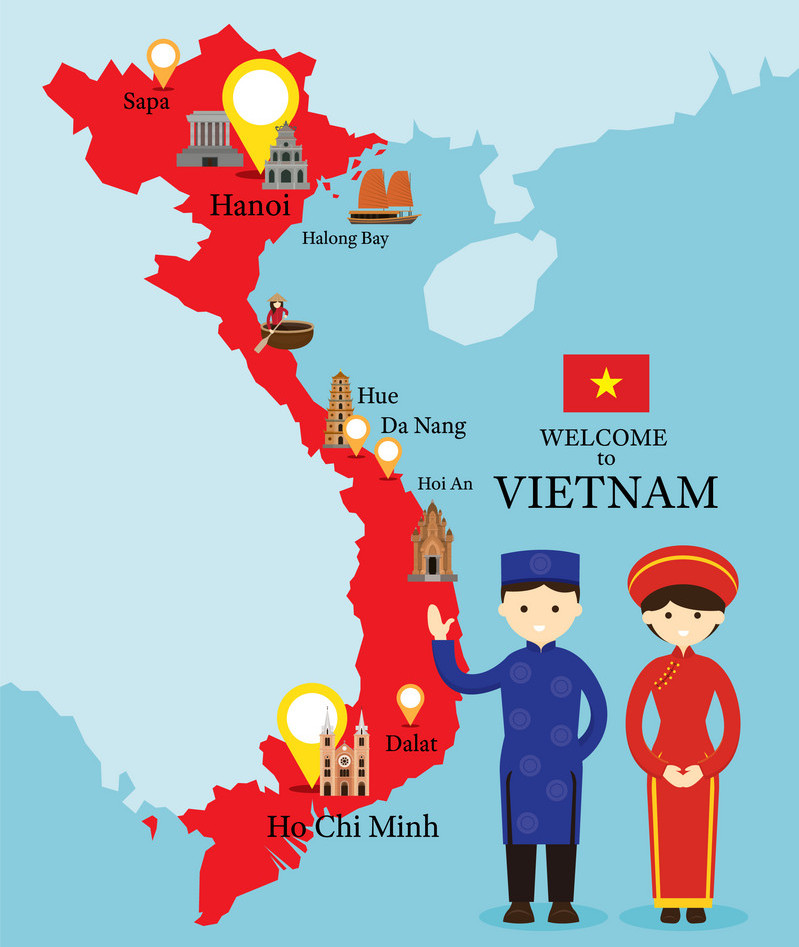
The best time to visit Vietnam
Vietnam experiences strong monsoon seasons, where heavy rains hit the cities and the countryside. If you’re planning to travel across Vietnam, the best time to visit is during the dry season, which lasts from December to March – but there are some exceptions.
The south of Vietnam, where Ho Chi Minh City is located, experiences a more tropical climate, with high temperatures and high humidity year-round. When I went, the temperature was similar to what it was in Goa.
In the north, however, many areas experience an actual winter. Hanoi sees temperatures in the mid-to high teens in December and January – and in the mountains of Sapa in the north, you’ll even get to see some snow during these months.
If you’re visiting Danang for some beach time or to travel through the ancient town of Hoi An, it’s best to arrive between February and May, when the water and air temperatures are in the 20s—perfect beach weather for enjoying the sand or a dip in the water. The rainy season, and especially the months of September and October, sees very heavy rain and often very strong wind storms on the coast, so it’s better to stay away from Danang during this time.
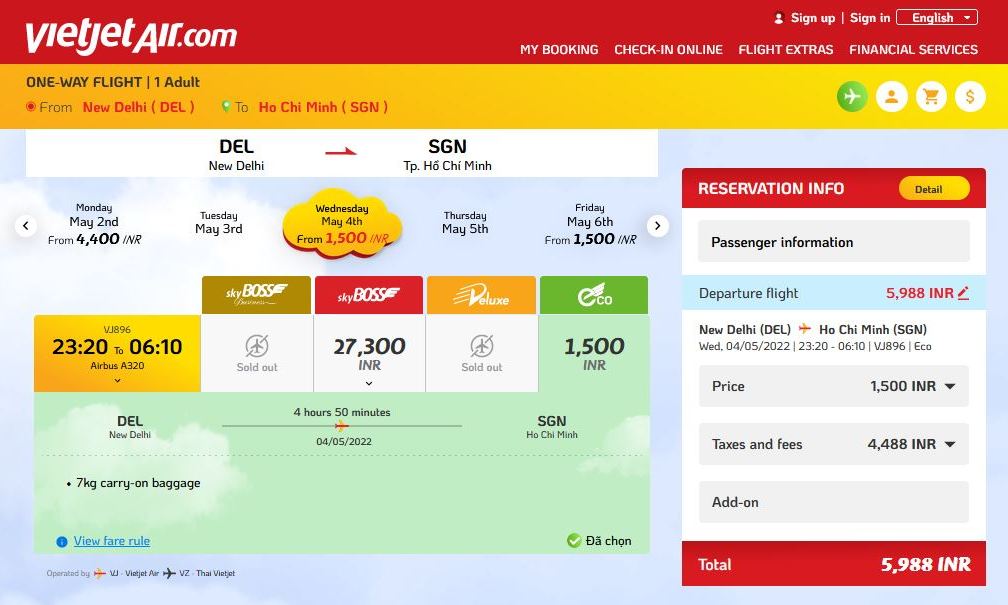
Tickets
Vietjet – https://www.vietjetair.com
Delhi to Ho Chi Ming City (Rs. 2100/- + taxes = total: Rs. 6,325/-)
When I checked the Vietjet website this morning they were offering direct flights from Delhi and Mumbai to Vietnam. Delhi to Ho Chi Ming City was available for Rs. 5988/-
Vietjet is a low-cost airline and allows only 7 kg of baggage. You will have to pay for additional baggage weight. In-flight, you will have to buy water or refreshment if you feel thirsty.
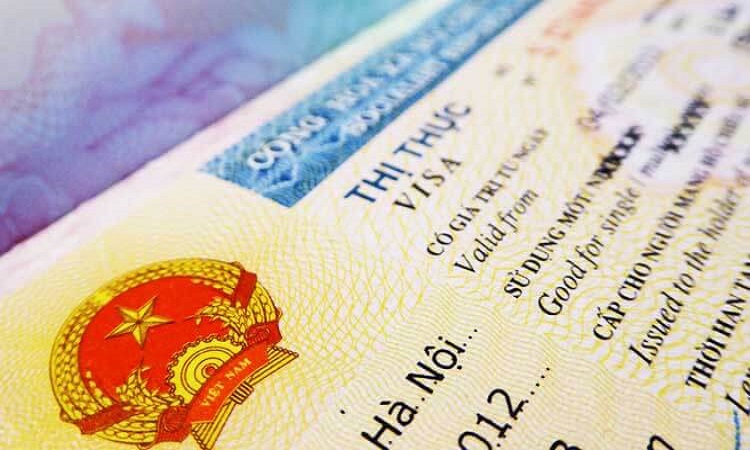
Visa
https://evisa.xuatnhapcanh.gov.vn/web/guest/trang-chu-ttdt
This is the official government website to obtain an e-Visa.
The e-Visa takes three working days to process, costs $25 USD, and is a single-entry visa valid for 30 days.
Multiply the entry visa cost $50 USD. Useful if you wish to visit Cambodia or Laos too.
I got mine within a day and it is a very simple online process to obtain.
More details: https://vietnam.travel/plan-your-trip/official-vietnam-evisa-application
Do not use any other method / agent / website to get your visa.
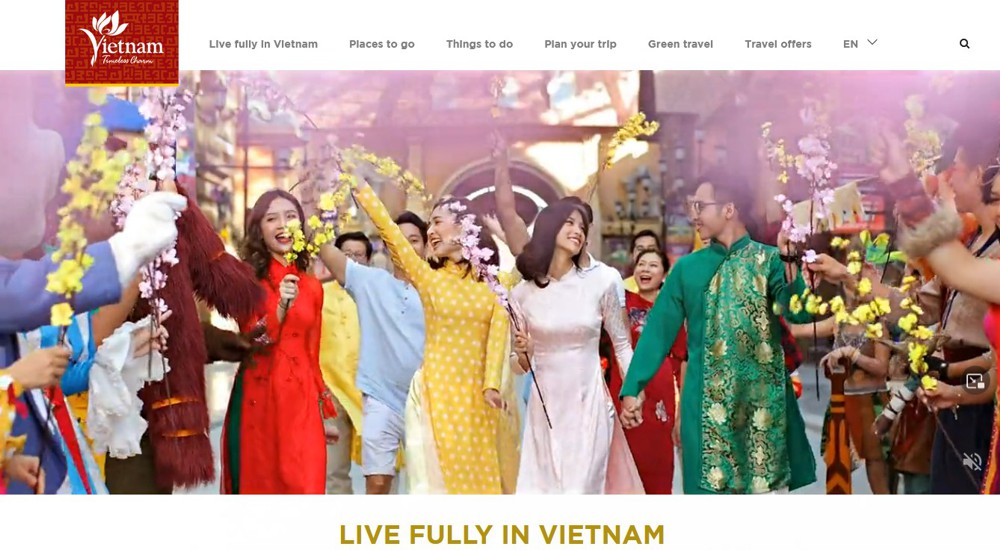
Research
Since I was travelling solo, I planned my own itinerary, looking up travel blogs and videos posted by people who had visited Vietnam.
This website has a lot of useful information: https://vietnam.travel/
There are a lot of other blogs and websites too. Just Google “Things to see or do in Vietnam”
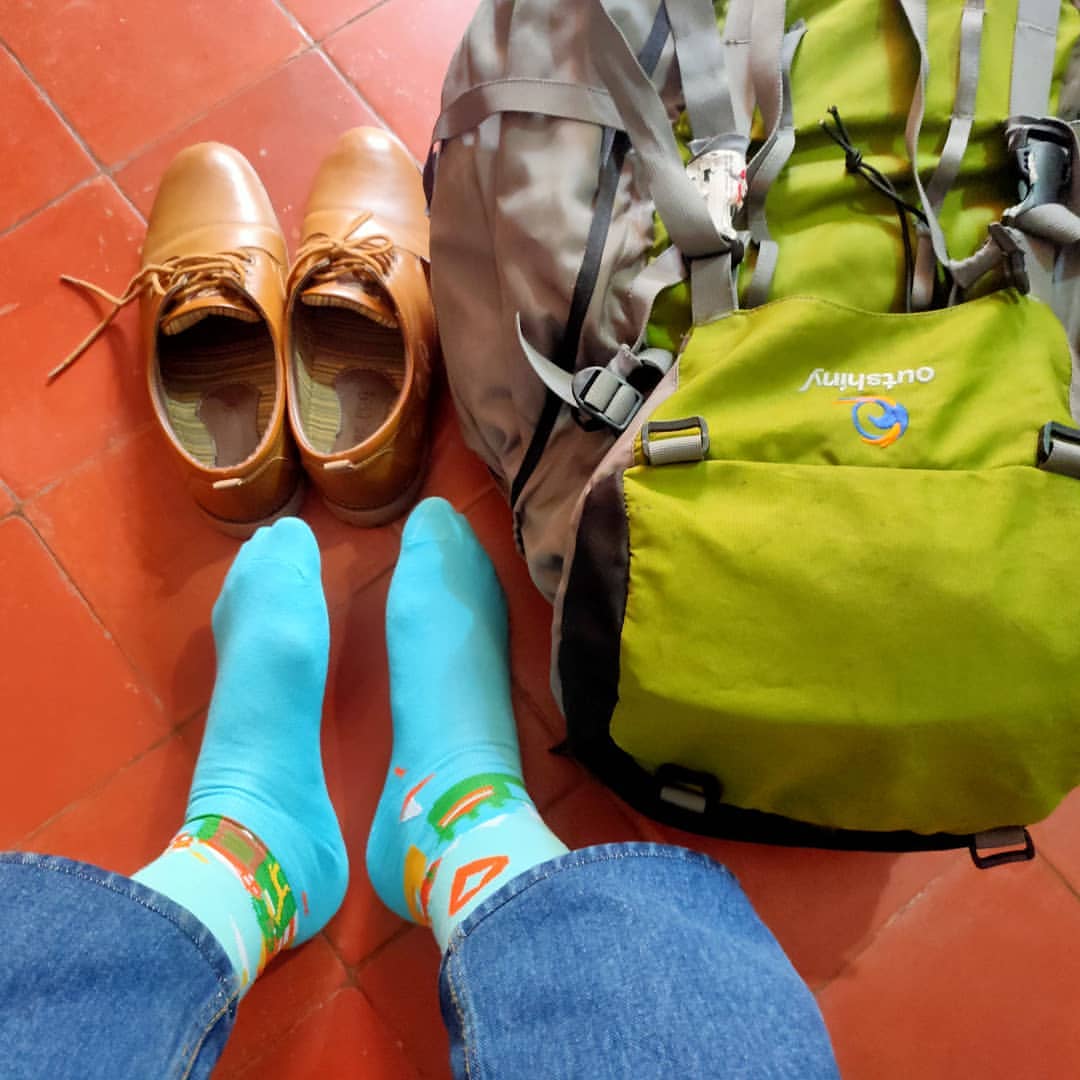
Plan
My initial plan when I bought the tickets in September 2019 was to travel to Ho Chi Ming (formally known as Saigon), Hanoi, Halong Bay and Siam Riep in Cambodia. Then someone ate a bat in Wuhan and all hell broke loose. Thanks to Whatsapp, every Tom, Dick and neighbourhood Aunty become a COVID expert travel advisor.
Cambodia was dropped.
Hanoi had to be dropped mid-way into the trip as most tourist sites there were getting closed due to Patient # 17 (goggle her if you want to know more).
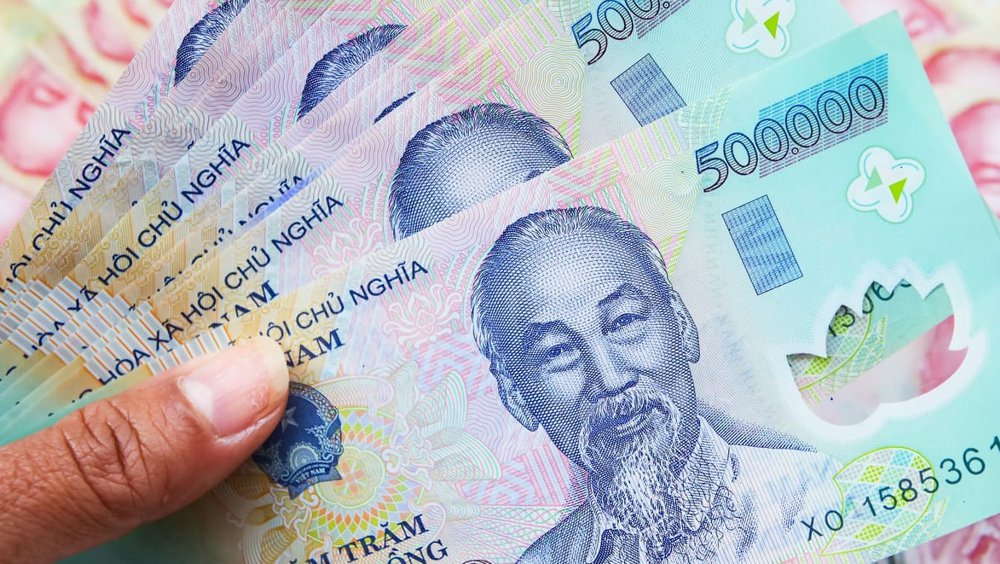
Currency
The Vietnamese Dong is the currency of Vietnam.
With approx Rs 3500/- be prepared to be a millionaire when you are in Vietnam.
US dollars are accepted at most places or can be easily exchanged at bank exchange centers.
The largest note is 500,000 Vietnamese Dong, which is equivalent to about Rs. 1630/- or $22 US, and the smallest is a mere 500 Vietnamese Dong (Rs. 1.60 or $0.022). Unfortunately, many of the notes are of similar colour and are therefore easily confused, so it’s best to carry small notes when possible and stash away your larger ones in a different pocket.
Arrange your notes in increasing order in your wallet to avoid handing over more Dong than required.

Transport
You can use app based Grab, Vinasun and Uber which are popular for three reasons: they are safer, cheaper, and more convenient. While there are reputable taxi companies such as Vinasun and Mai Linh too. Vietjet is the best option for internal flights.
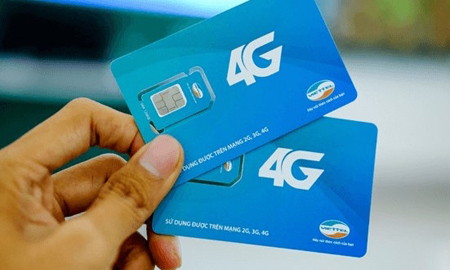
SIM
Make sure you pick up a local Vietnamese SIM card. Internet is cheap and you’ll find it’s quite handy to have for using Google Maps and Grab to get around town.
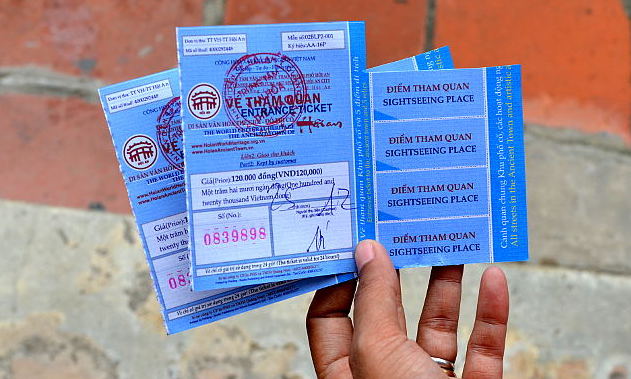
In this travelogue, I have not mentioned the entrance fees to museums, tours, internal flights, etc., as they must have changed over the last two years. Most of the fees were reasonable and affordable.
The hotels I stayed in were on average Rs. 1500/- per day, inclusive of breakfast.
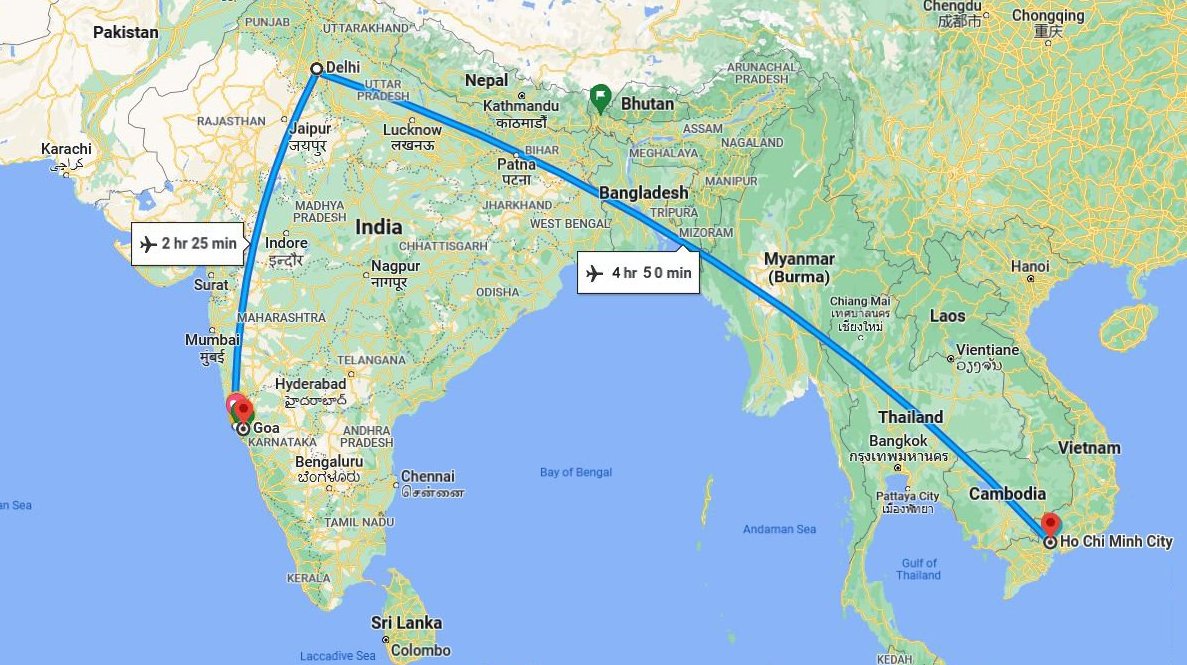
My travel route: Goa – Delhi – Ho Chi Ming City. Same on the return.
Ho Chi Minh City
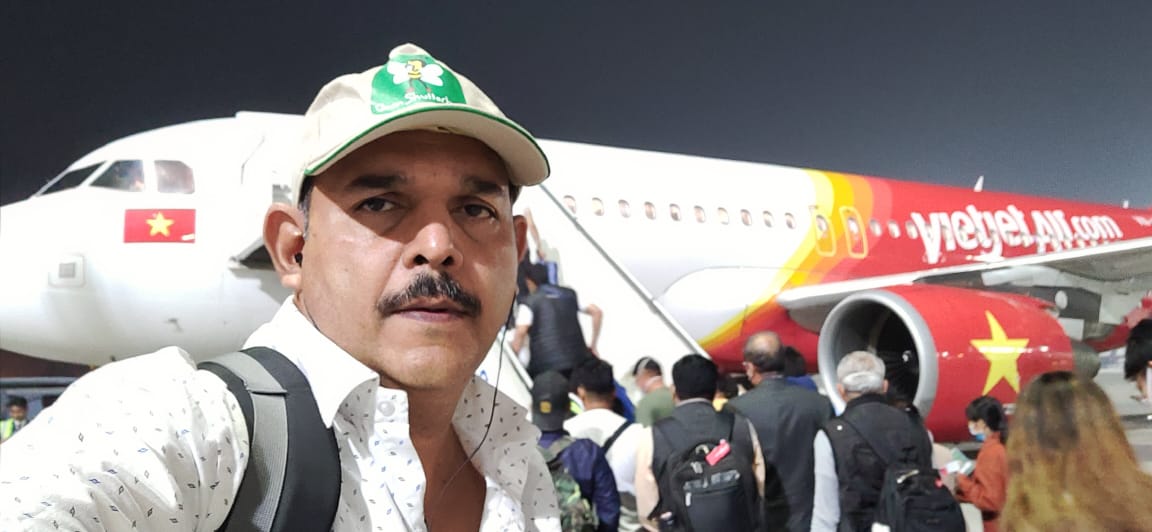
Day 1
Vietjet took off from IG Delhi T3 and landed at the Tan Son Nhat International Airport in Ho Chi Ming City. Flight duration about 5 hours
Due to the virus scare, there were only around 50 passengers travelling.
On landing at the airport, it took less than a minute to get the immigration formalities done since I already had the government approved e-visa.
I took a prepaid AC minibus (cheapest option) from the airport to the hotel. The walk from the bus stop to the hotel was about 4 minutes.
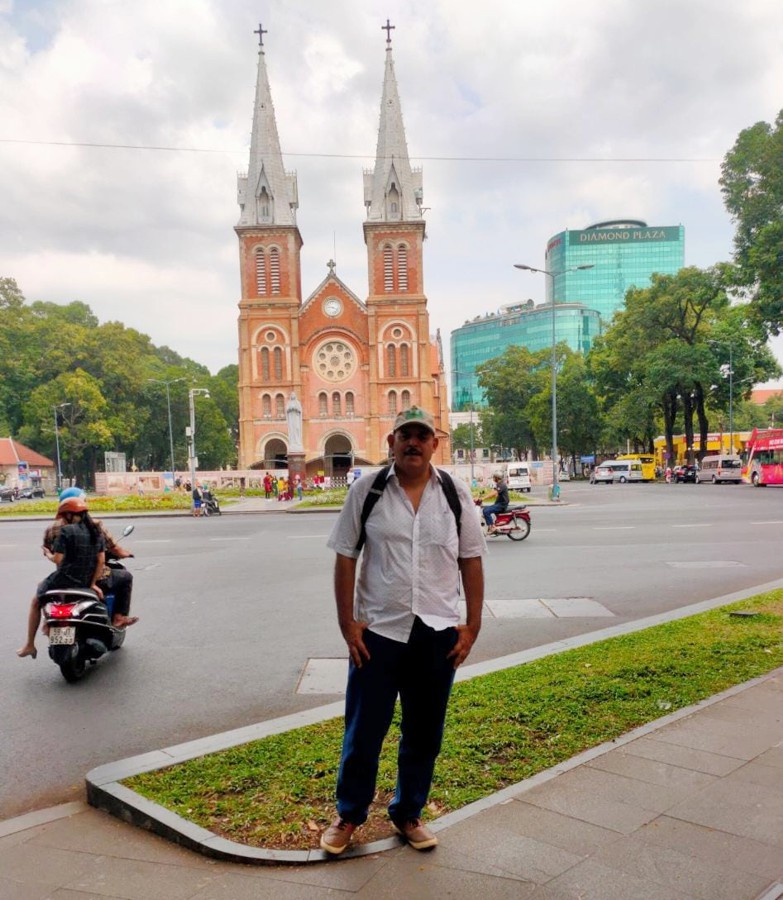
Ho Chi Ming City : Days stayed 4
These are the places I visited during my visit to the city.
With the exception of the tunnels, I walked to all of these locations as they are within a 3kms radius in District 1.
They are listed in the order in which I visited them.
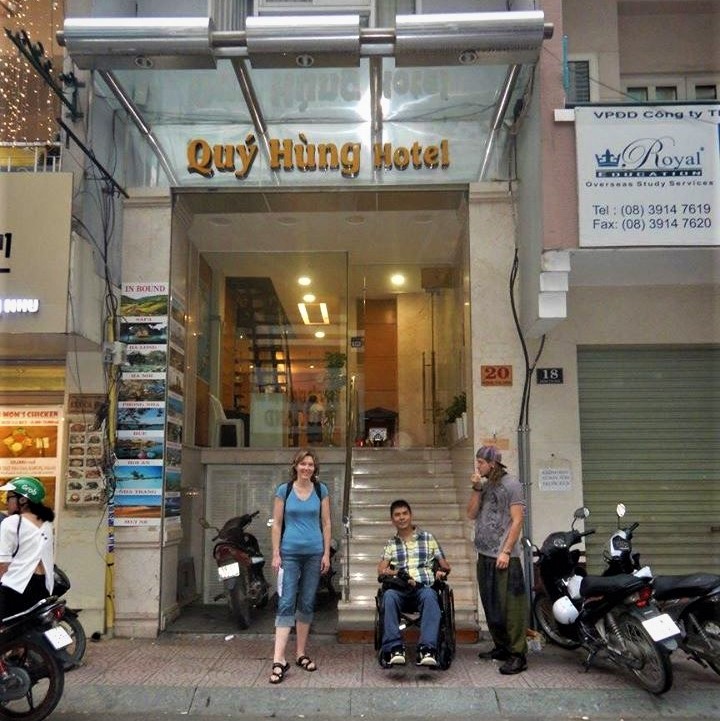
Hotel I stayed: Quy Hung Hotel
District 1, Ho Chi Minh City
There are a lot of good hotels around the Ben Thanh Street Food Market area. This hotel was about 10 minutes walking distance to the market.
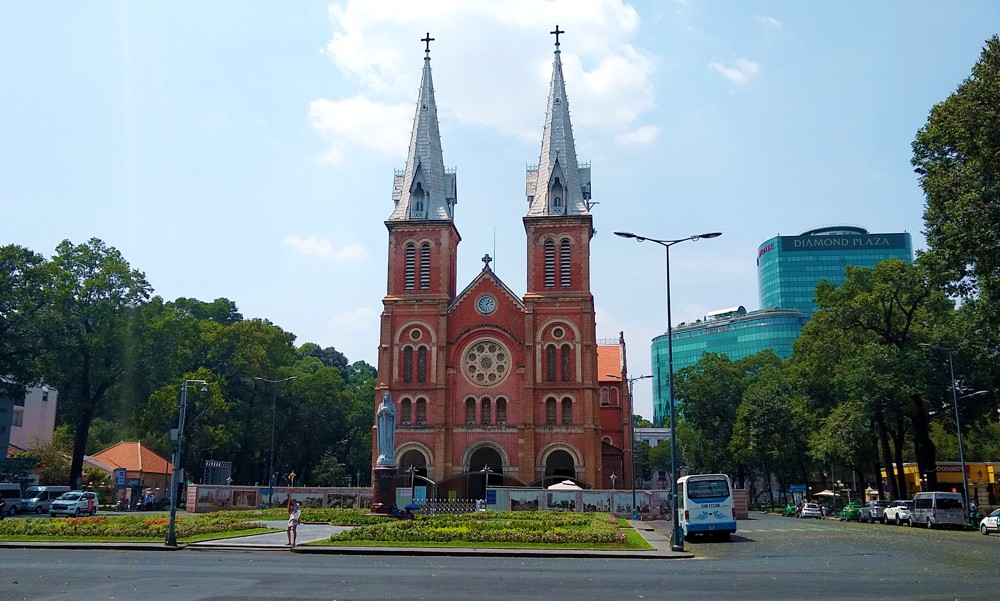
Notre Dame Cathedral
The city’s most famous religious landmark, was constructed by French colonists between 1863 and 1880. The cathedral has Romanesque architectural characteristics, with a distinct red-brick aspect, stained glass windows, and twin bell towers measuring 58 metres. A statue of the Virgin Mary stands tall in front of the cathedral.

When I went, the cathedral was undergoing renovations and people were not permitted to enter inside. Hopefully, the job has been finished by now.
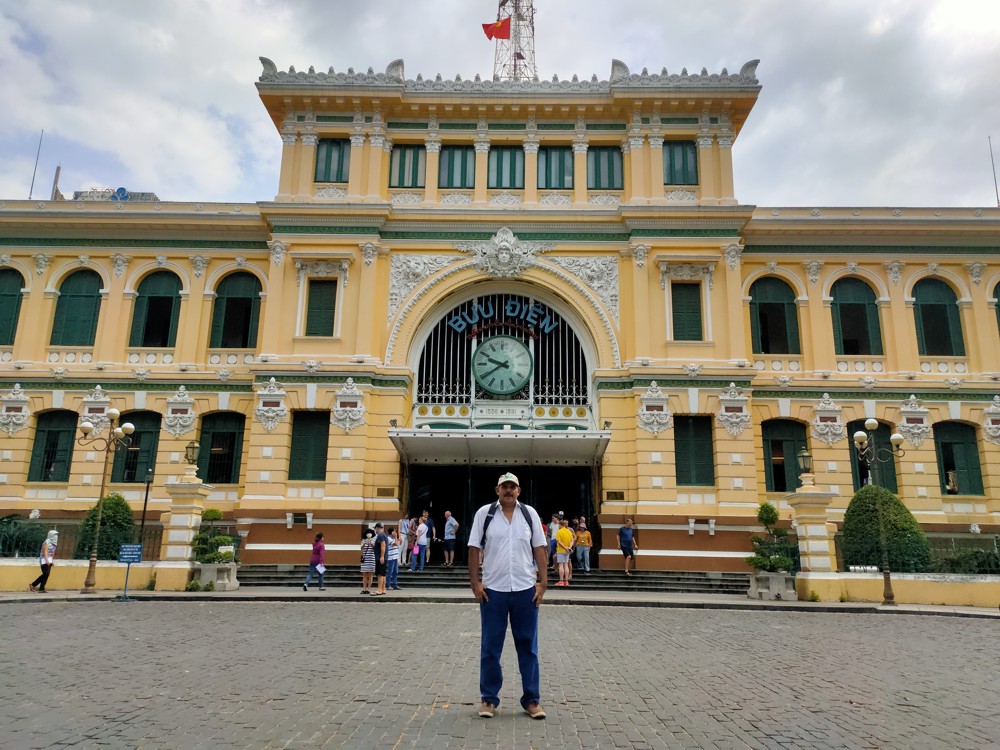
Saigon Central Post Office
The Saigon Central Post Office is a magnificent example of French Colonial history. Built in the late 19th century, the building has distinct Renaissance and Gothic architecture with its looping arches and elaborate marble flooring.
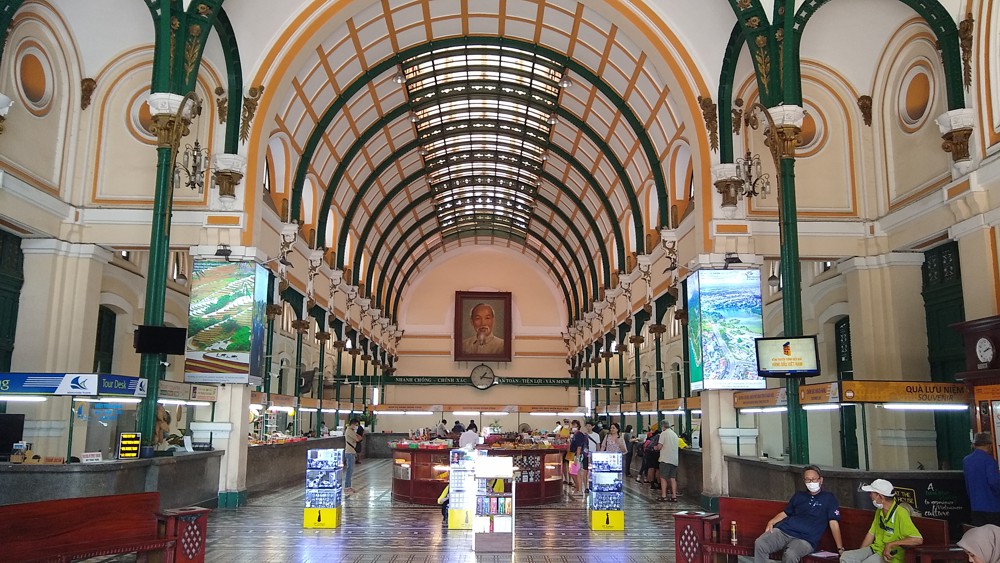
A giant clock hangs above its main gate. Inside, a large photo of Ho Chi Minh stares down on everyone who walks in. There are many stalls selling souvenirs and other touristic items.
The stuff sold here is a little pricey; you can get the same items at cheaper prices at the Ben Thanh market and other parts of the city.
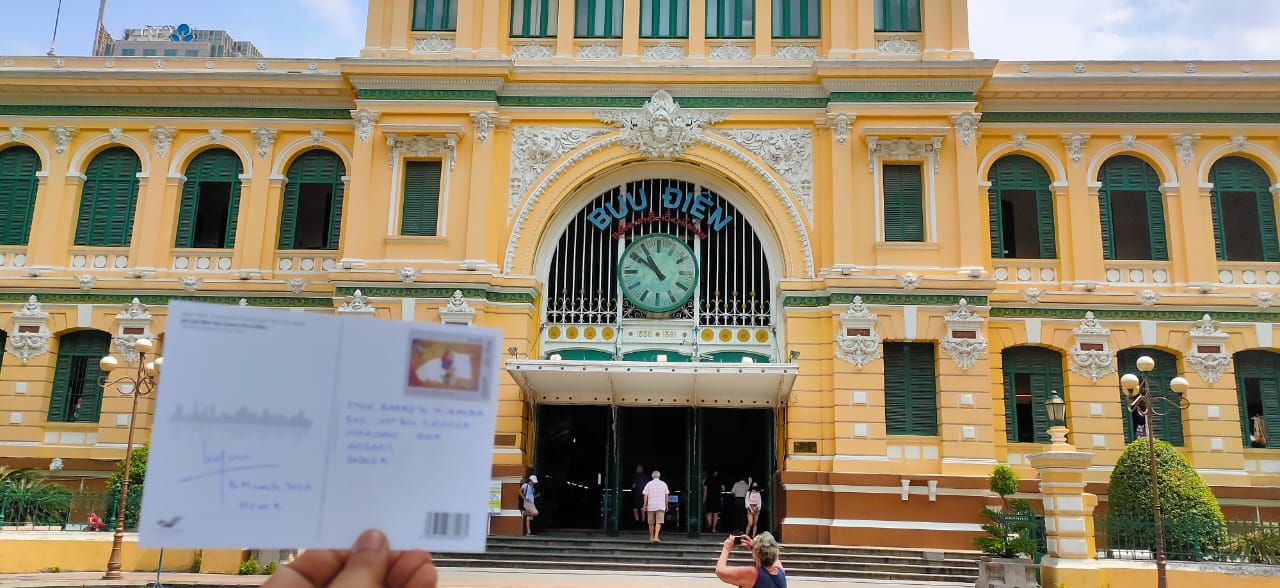
If you are a philatelist like me, you can pick up some postcards and postage stamps. For my collection, I bought some stamps featuring butterflies.
Time to view: 30 minutes
Free entry

Book Street – Nguyen Van Binh
Just next to the Saigon Central Post Office is a paradise for book lovers, the Book Street, a 100m stretch of book shops, kiosks, stalls, and cafes. Books of all genres can be found here. Some of the shops even sell postcards and second-hand books at throwaway prices.
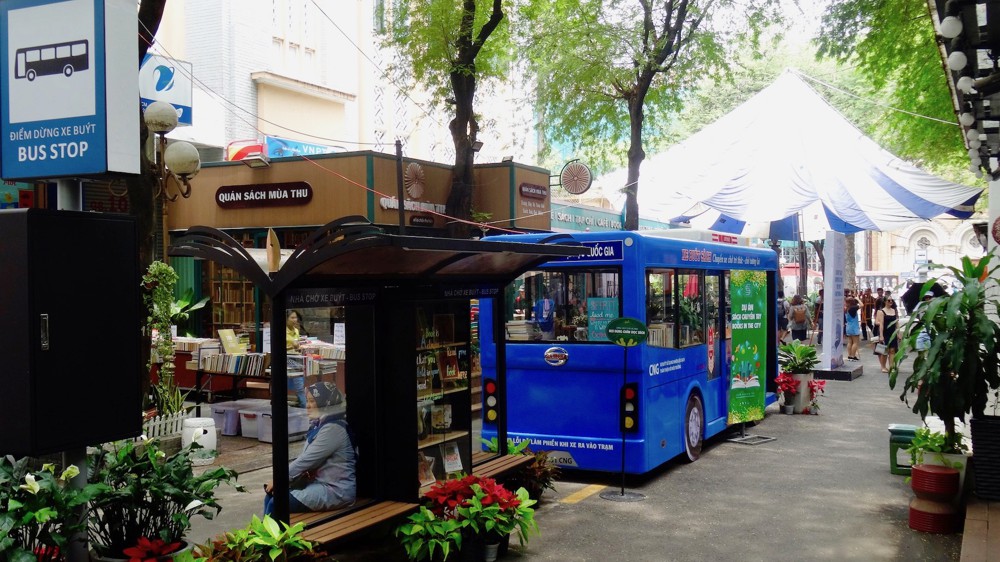
I spotted a couple of buses that had been converted into book shops.
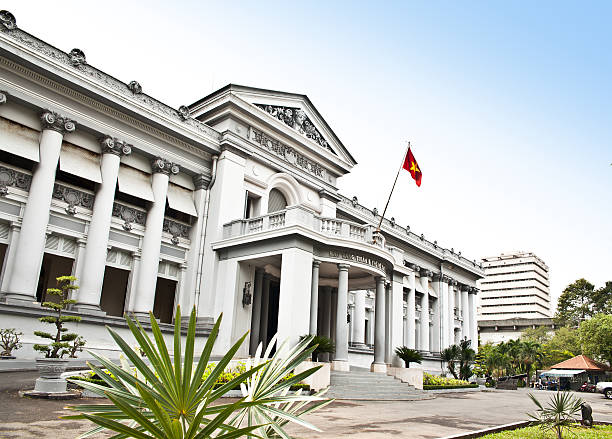
Ho Chi Minh City Museum
It is an informative place to visit since it recounts the history of Saigon’s development from its early history into a modern city.
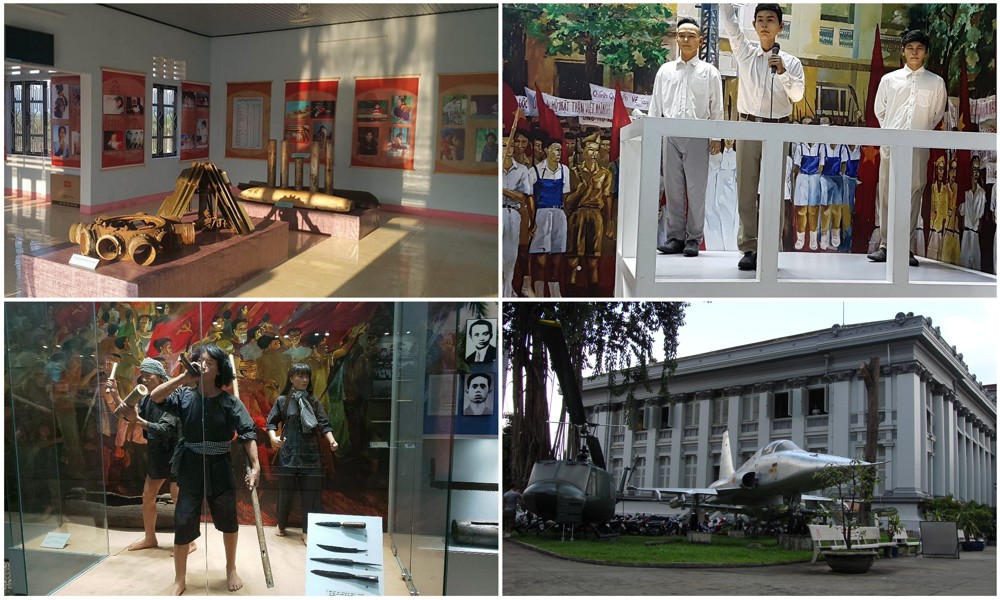
Inside the building, there are a variety of static displays covering geography, economic development, wartime, and independence. There are also some interesting displays of fighter planes, anti-aircraft weapons, and canons on the museum grounds.

The architecture of the building is equally magnificent and it is a popular location for photo shoots. On the day I was there, there were couples were having their wedding photos taken.
Time to view: 2 hour
Entry ticket needed
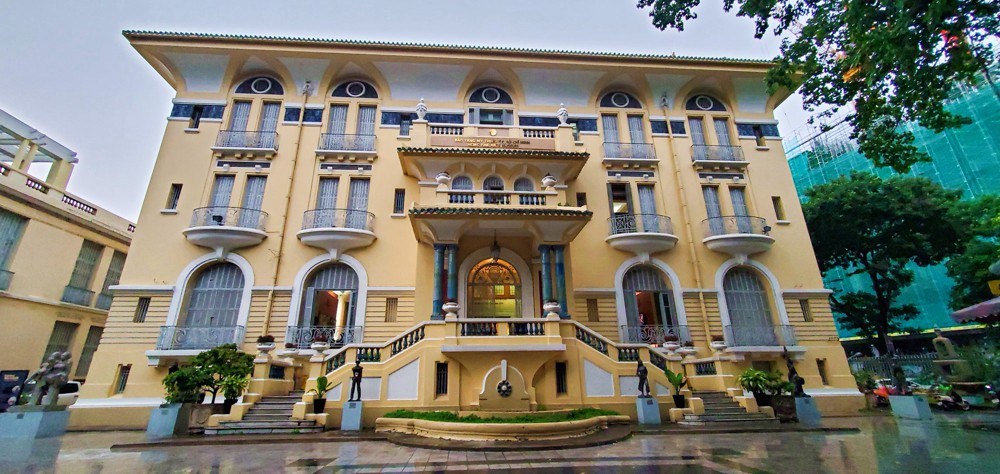
Museum Of Fine Arts
One of the most popular art centres in the city, which aims at preserving, collecting, and displaying contemporary as well as traditional artworks.

The yellow-and-white building combines French and Chinese elements and houses a variety of paintings and sculptures. Along with ancient Champa relics, oil, lacquer, silk, and ceramic works.
Time to view: 2 hour
Entry ticket needed
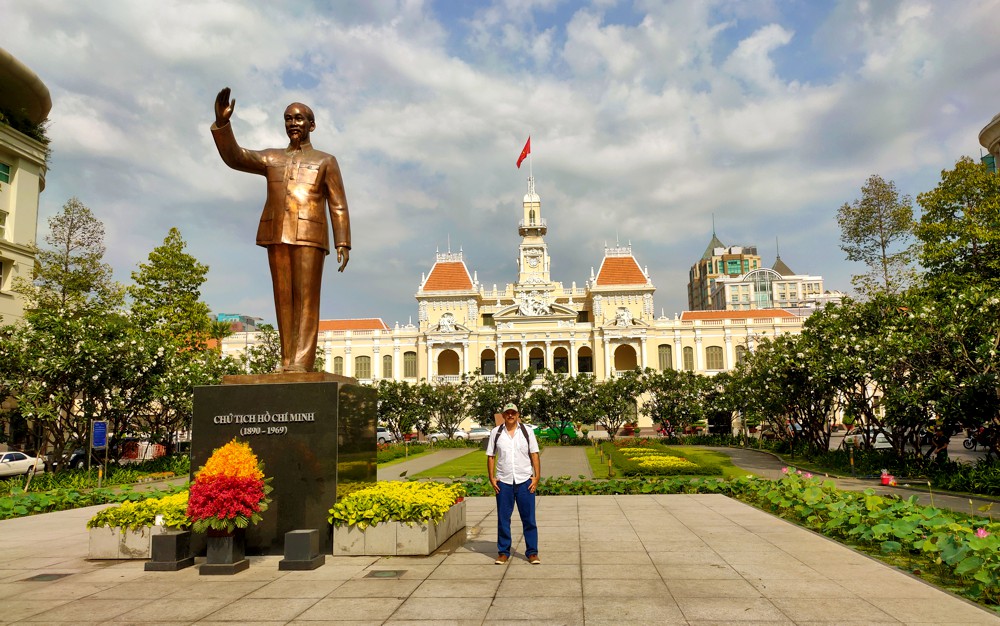
President Ho Chi Minh Statue
A popular landmark, the 7.2 metre long bronze statue of Uncle Ho, as he is commonly called, symbolises the lasting affection and respect Vietnamese have for their founding father, and is often used for photo-ops by tourists and locals alike. The fountains and benches that line the street add to its quaint beauty.

Bitexco Financial Tower
The city’s most well-known skyscraper is also the fourth-highest structure in Vietnam. It was designed by the famous American architect, Carlos Zapata and is made up of 68 storeys and meant to resemble a lotus bulb.
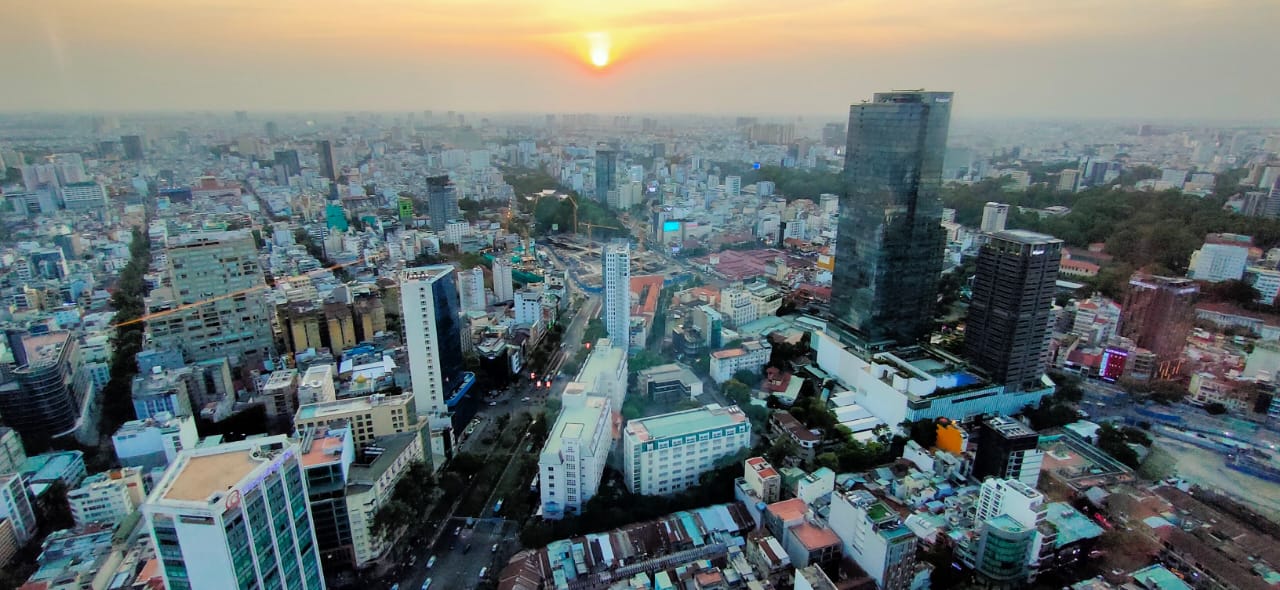
The Saigon Skydeck, located on the 49th floor, offers a stunning 360-degree view of the city. The best time to visit is in the evenings, when you can see the sunset and the bustling city at night.
Time to view: 30 minutes

World of Heineken
On the 58th, 59th, and 60th floors of the tower is the World of Heineken, which happens to be the one and only Heineken Experience venue located outside of the Netherlands. Here you will learn all about the long history of the flourishing company since 1873. Experience how Heineken professionally brews beer before finishing with a cold beer at the highest altitude Heineken Bar in the world.
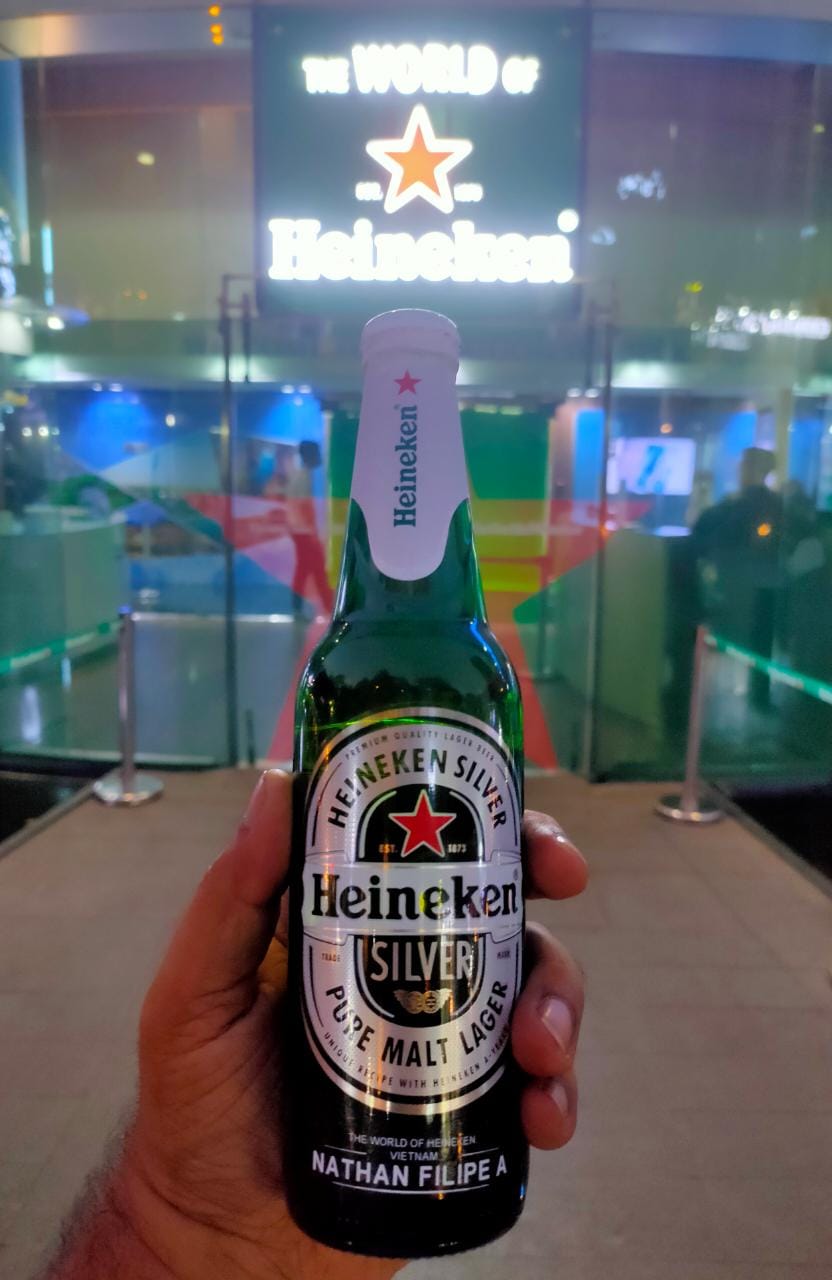
As a special personal gift, you get to take a bottle of Heineken beer with your name on it.
Time to view: 1 hour
Tickets can be purchased separately or in combination which is cheaper.
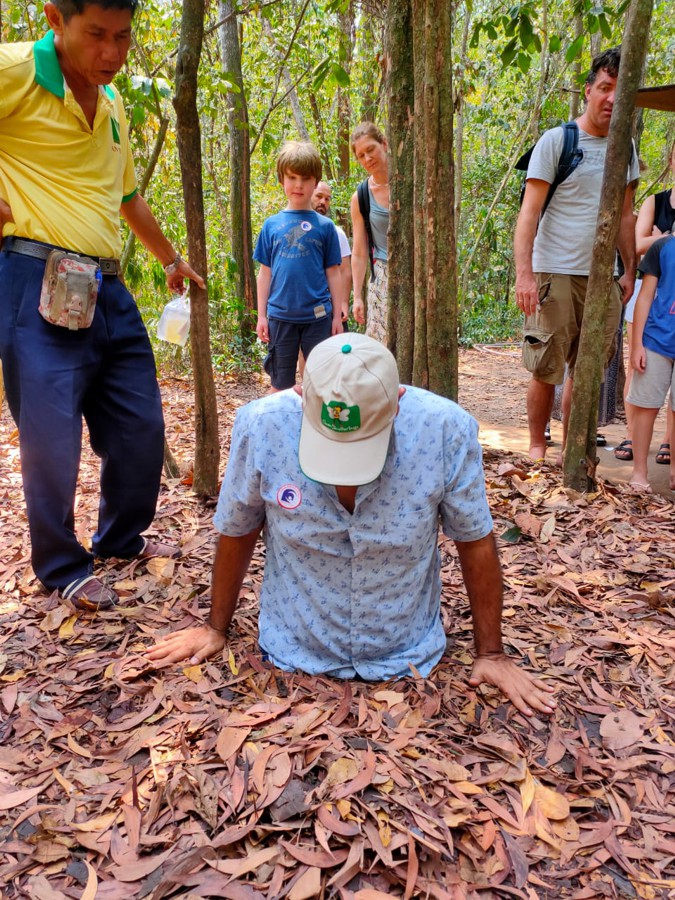
Cu Chi Tunnels
The tunnels were a part of the extensive 250 km labyrinth of underground networks containing entire cities inside that were used by the Viet Cong fighters as a hideaway during the war. They were constructed purely by hand and with simple tools. They have now been preserved and turned into a war memorial park. The tunnels are a popular tourist attraction, and visitors can crawl around in the safer parts of the tunnel system.
That’s me getting stuck at the entrance of the tunnel. 😭
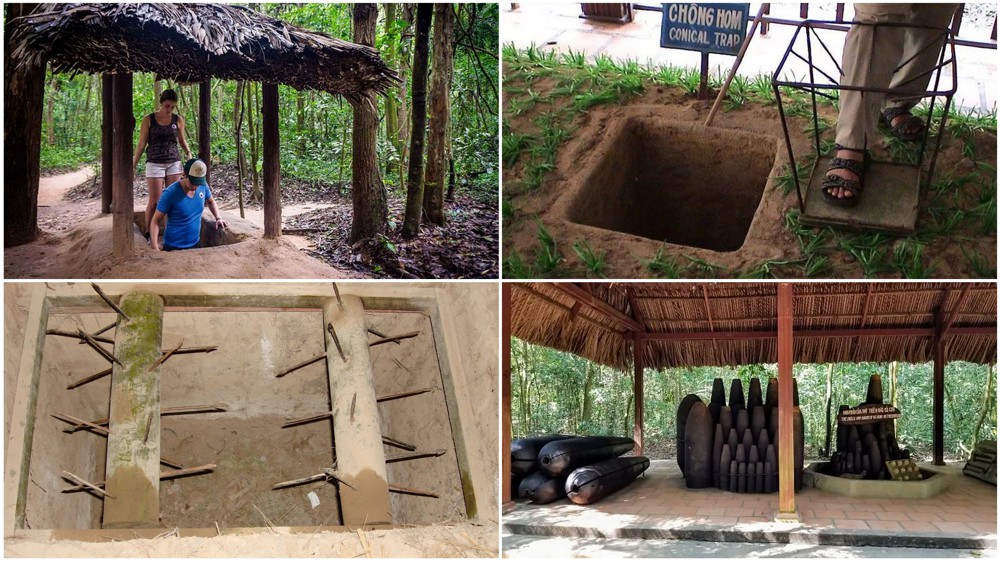
Above ground, they have recreated some of the underground facilities and also included displays of the different types of booby traps that were used.
The location is approximately an hour and a half away from the city. I went on a conducted tour by bus, which had an English-speaking guide. Tickets can be bought at the hotel or at one of the tour shops. If you like an adventure, you can hire a motorbike and ride there too.
You will need a full day for this tour. We left at 8 in the morning and were back at 4 pm.

Rehabilitation Centre
Along the way to see the tunnels, we stopped at a rehabilitation centre for victims of Agent Orange. They produce amazing art and handicrafts which is available to purchase.
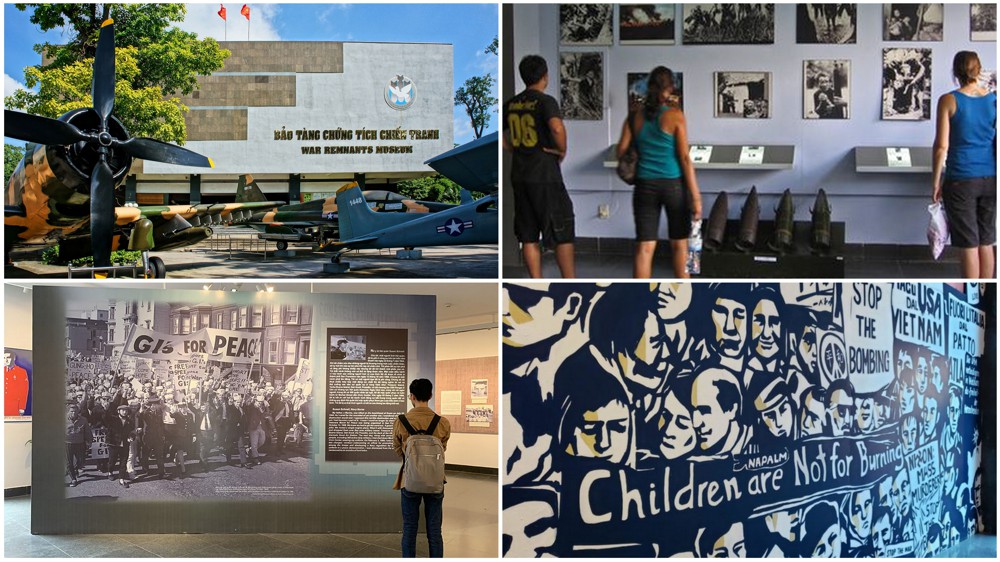
War Remnants Museum
Although this is not one of the happiest attractions, it was voted number 10 on the list of top international museums in 2018. Opened to the public in 1975, the museum has over 20,000 artefacts and items on display, documenting Vietnam’s gruelling, painful and heroic struggle for independence. Each of the carefully preserved war memorabilia serves as a reminder of the horrors of war and why we need to advocate for peace.
Time to view: 2 hour
Entry ticket needed
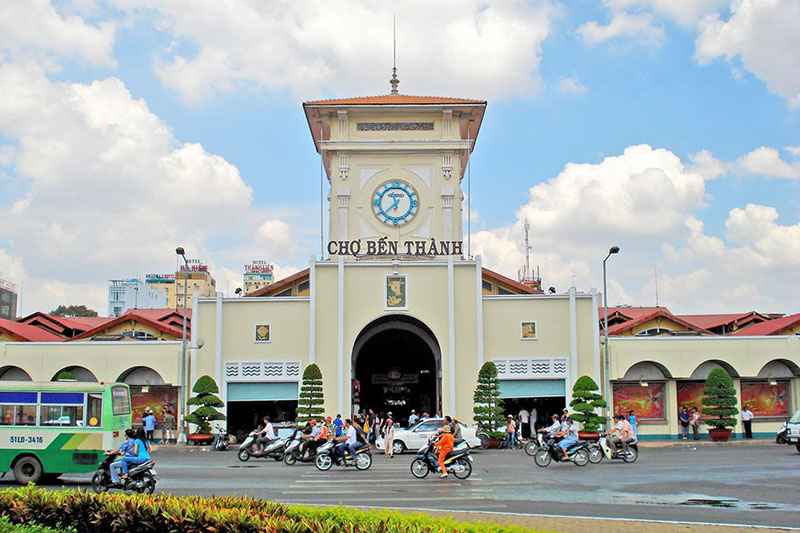
Ben Thanh Market
The market was set up by the French colonial government in 1912 and is one of the most recognisable structures in the city from its clock tower on the south side.
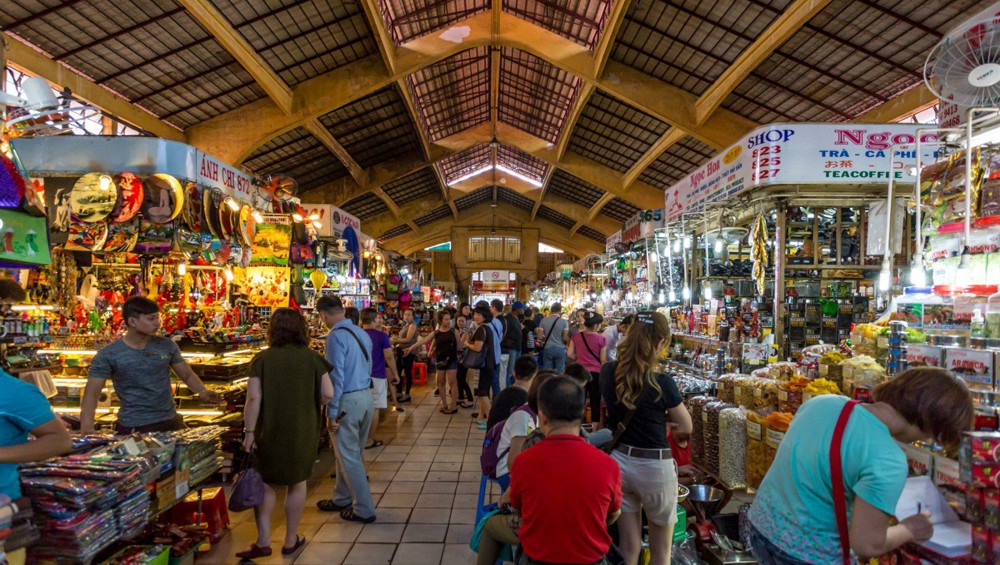
There are several hundred small stalls stuffed with a huge array of goods. Bargaining is a must. If you dislike negotiating, there are “fixed price” stores where you may shop. Look out for the blue sign boards.
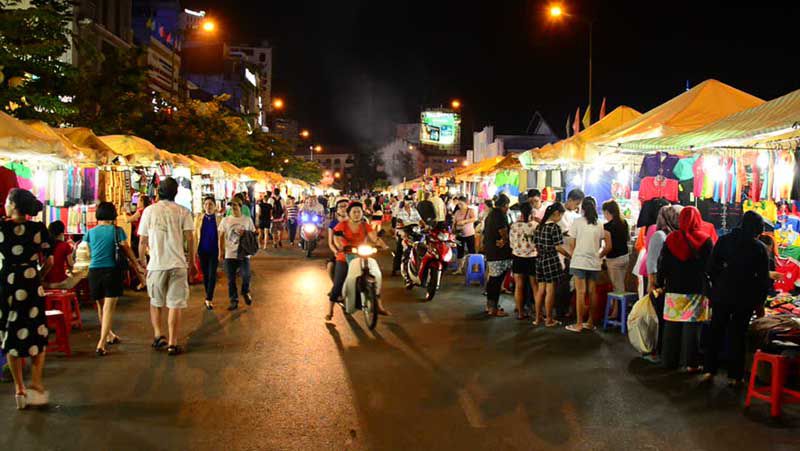
When the sun goes down, the market inside the building closes and vendors set up brightly lit stalls on the streets. The stalls offer similar items to the day market but with a greater emphasis on food. Some street stalls expand into sit-down restaurants, offering tables and seats.
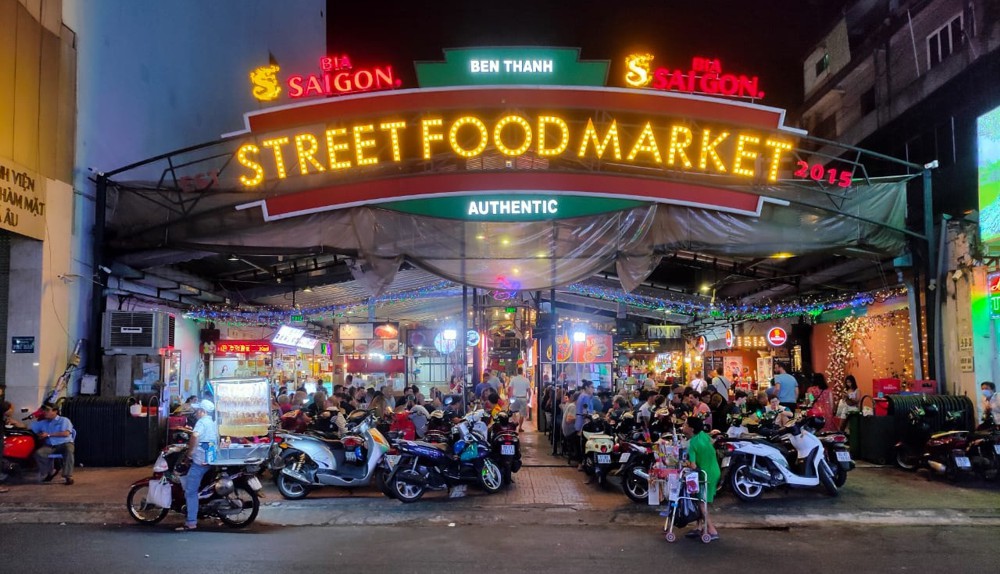
Ben Thanh Street Food Market
Next to the market is the must-visit Street Food Market if you are a food-lovers. The stylish food hall has over 50 vendors selling not only Vietnamese street food but fare from across the world.
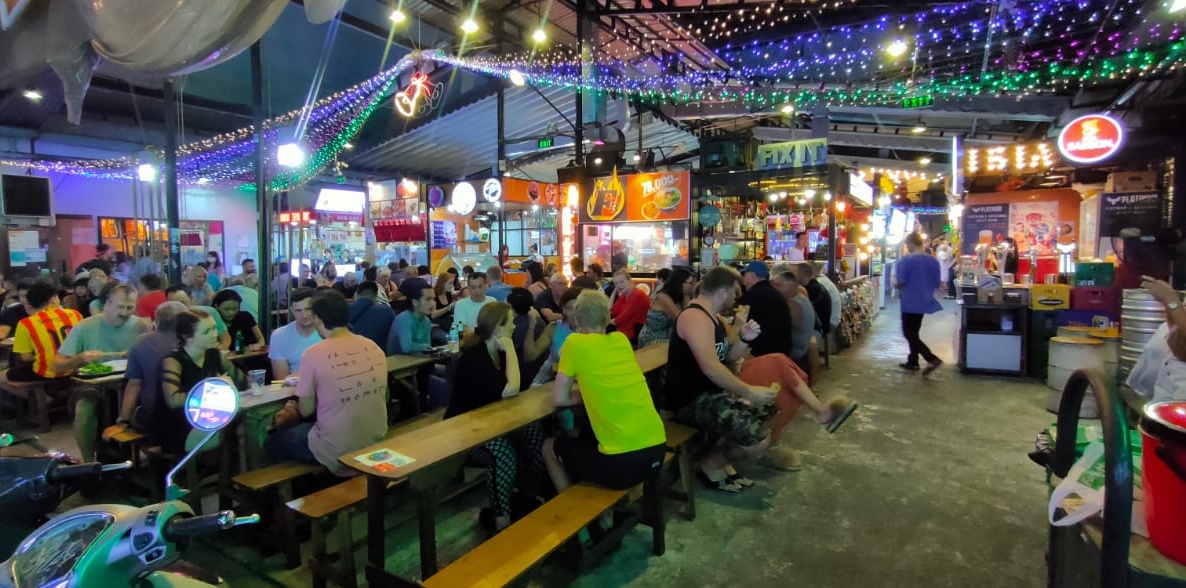
waiting for my order 😋
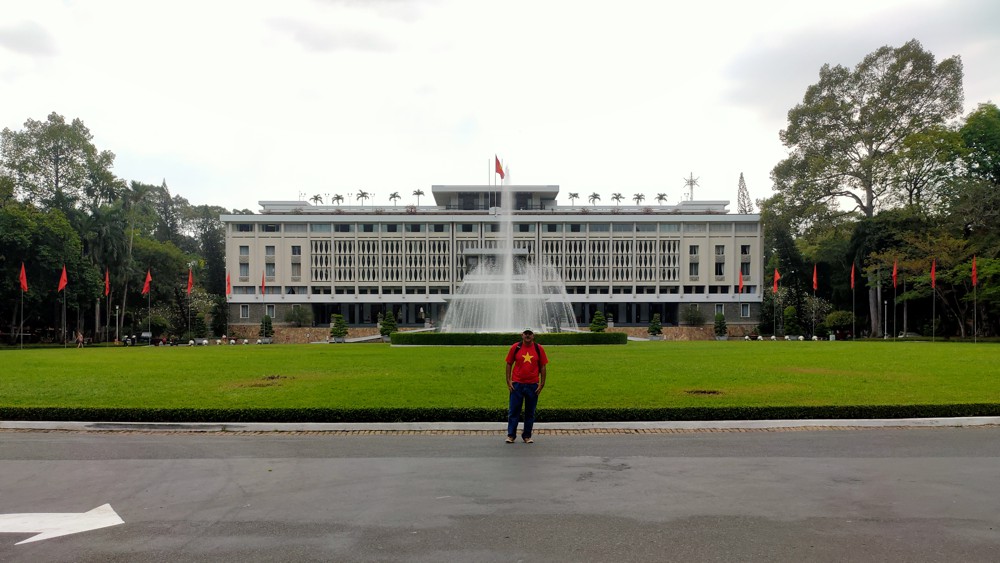
Reunification Palace (Independence Palace)
The palace is connected with the Fall of Saigon because of the North Vietnamese Army tank that through the gates of what was then the mansion of the President of the Republic of Vietnam on April 30th, 1975, thereby ending the Vietnam War and marking the victory that would unite the nation.
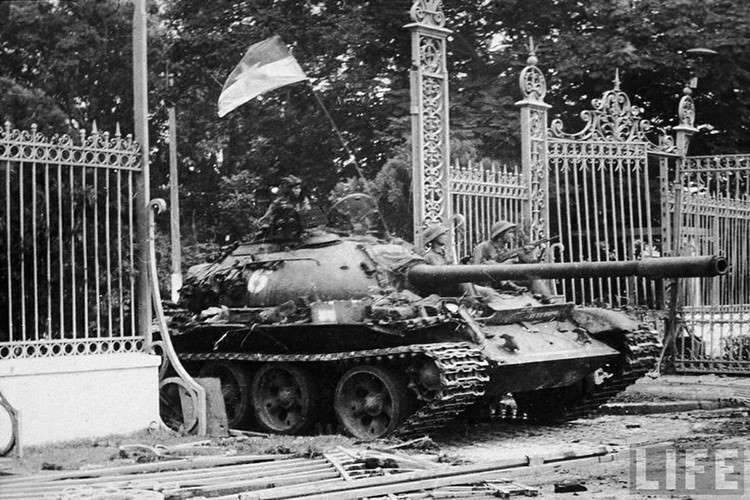
The fall of Saigon, the tank crashing into the palace gate.
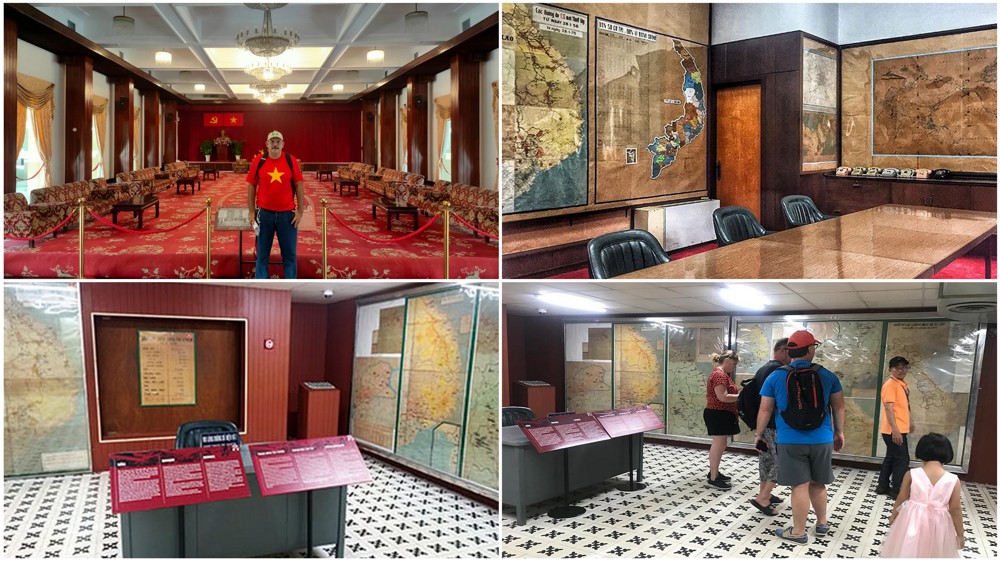
The palace seems to be frozen in time, with the same antique furniture and communications gear that were used back then being maintained. A tour of Ho Chi Minh City is incomplete without a visit to this historical monument.
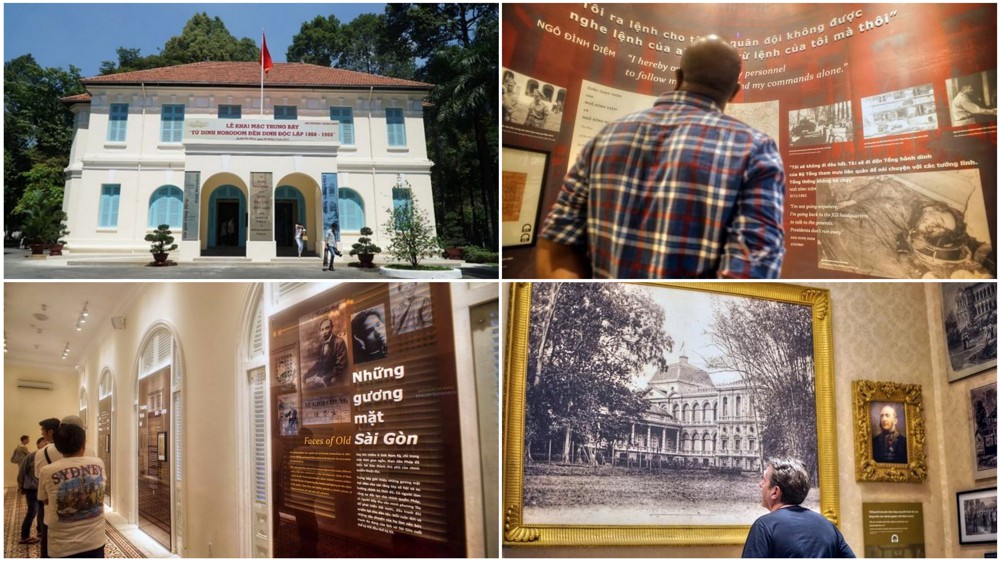
In the same complex is a separate building with a museum that contains photographs and information about Vietnam’s history.
Time to view: 3 hour
Entry tickets needed.
You can rent headphones with audio information for a fee, but I didn’t find it necessary because most of the displays included information in English.
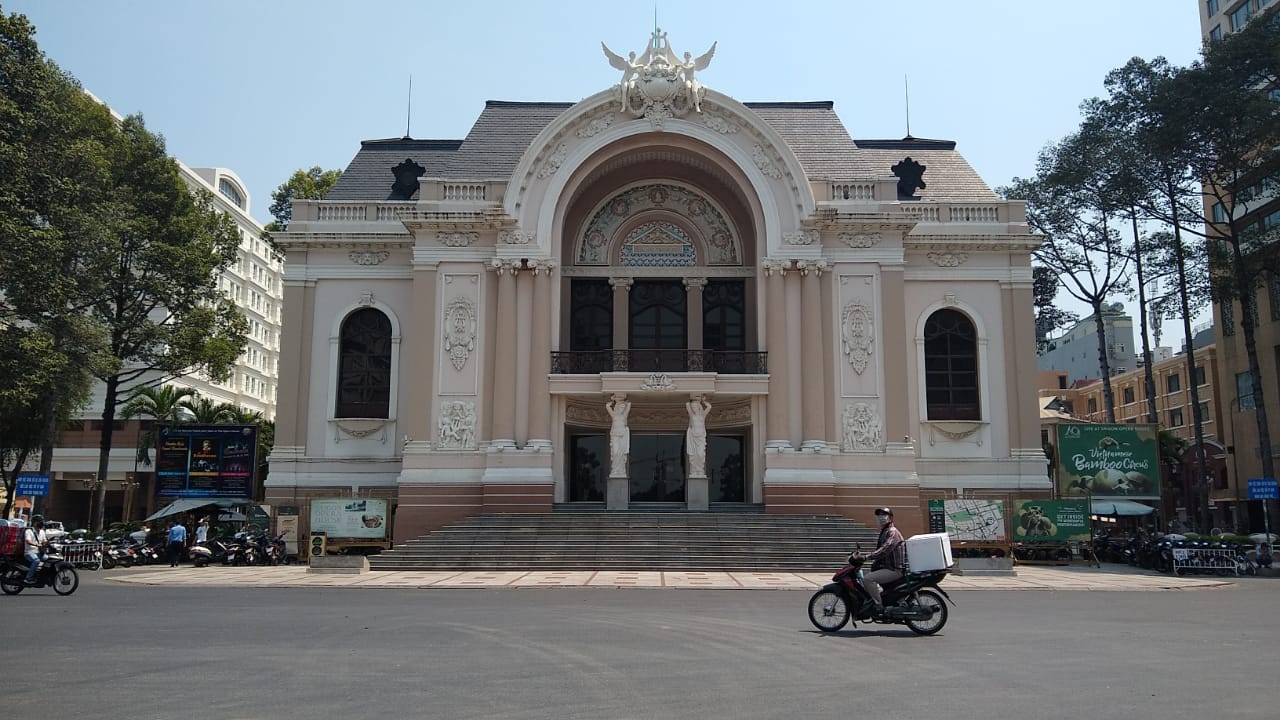
Saigon Opera House
Saigon Opera House is a gorgeous venue to enjoy some of the best creative performances in the country. Also known as Municipal theatre, the building is a great example of French Colonial architecture and looks especially alluring in the evenings when bathed in soft lights. Ballet, classical music, concerts and traditional plays are all performed here.
Before flying back home, I wanted to see the A.O. Show at the theatre, but it was closed on account of COVID.
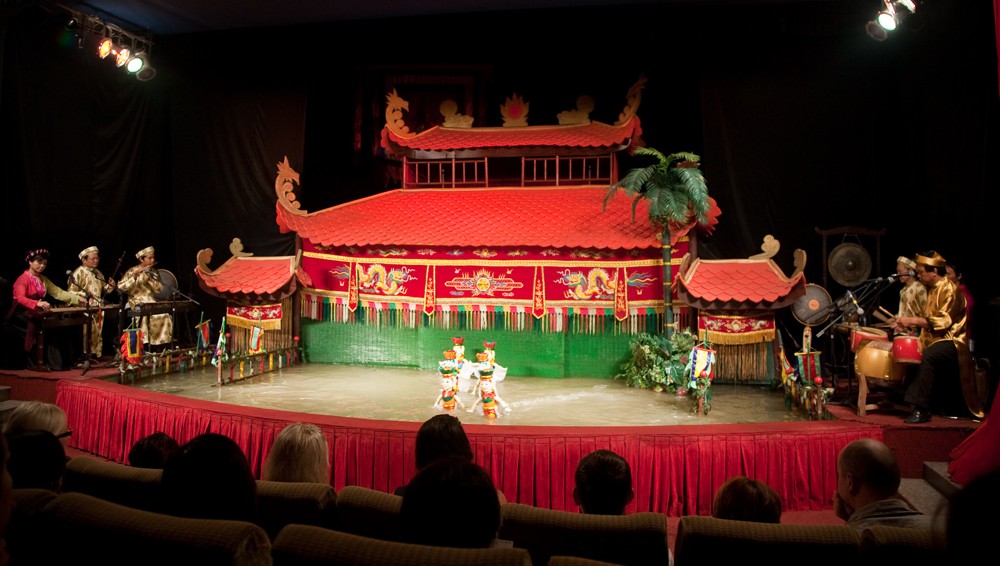
Golden Dragon Water Puppet Theatre
Vietnamese water puppetry has its roots in an art form that dates back to the 11th century. Water puppet theatre originated when rice paddy fields were flooded and locals entertained themselves by standing in waist-deep water with puppets performing above the water.
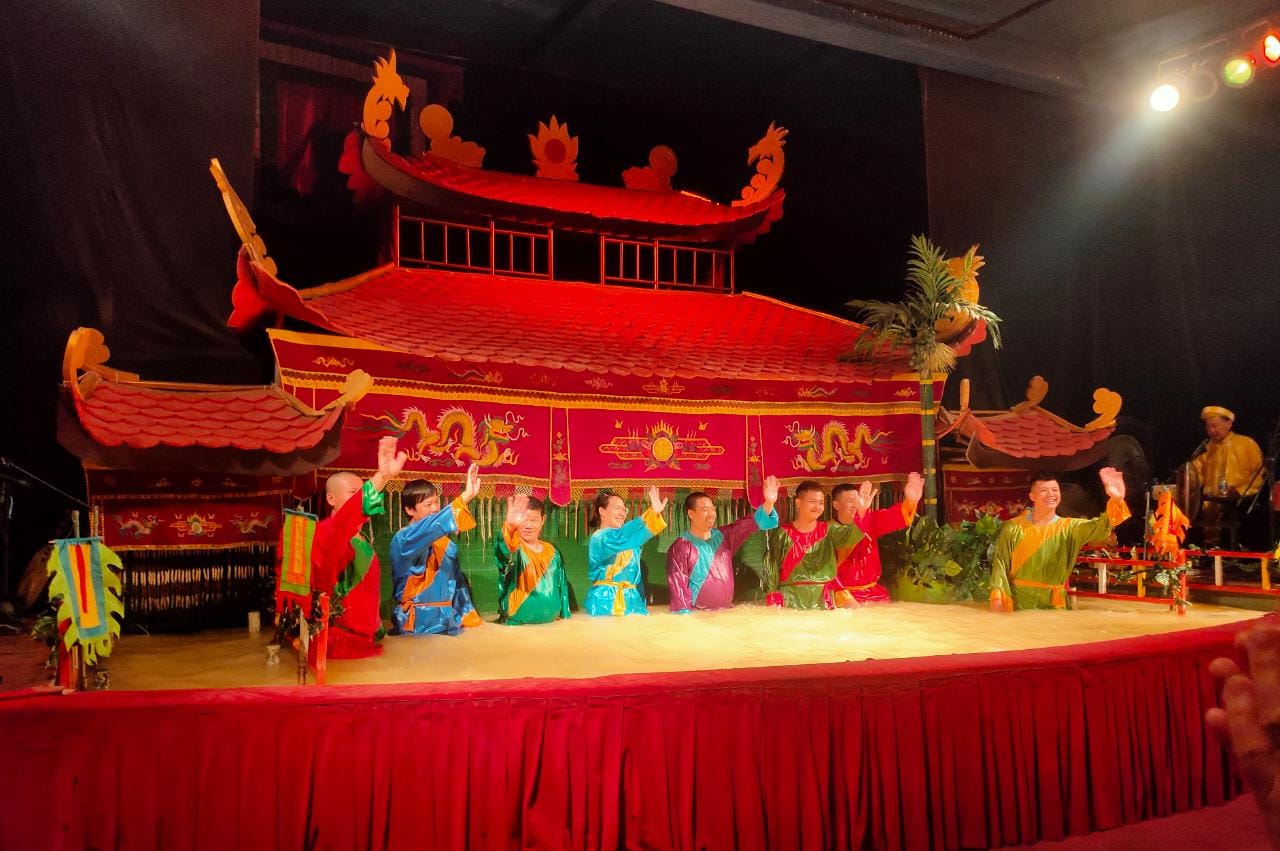
The shows offer a fascinating insight into Vietnamese culture and tradition. Puppets perform local folk-tales on a “stage of water”, with live musicians on the side playing traditional instruments. The puppets, supported by large rods, look to be moving across the water, with the puppeteers hidden behind a screen. Dragons, fairies, and all kinds of mystical characters grace the stage.

MUST SEE SHOW. DO NOT MISS IT.
Show time: 45 minutes
Enjoy a glimpse of the amazing Water Puppet show.
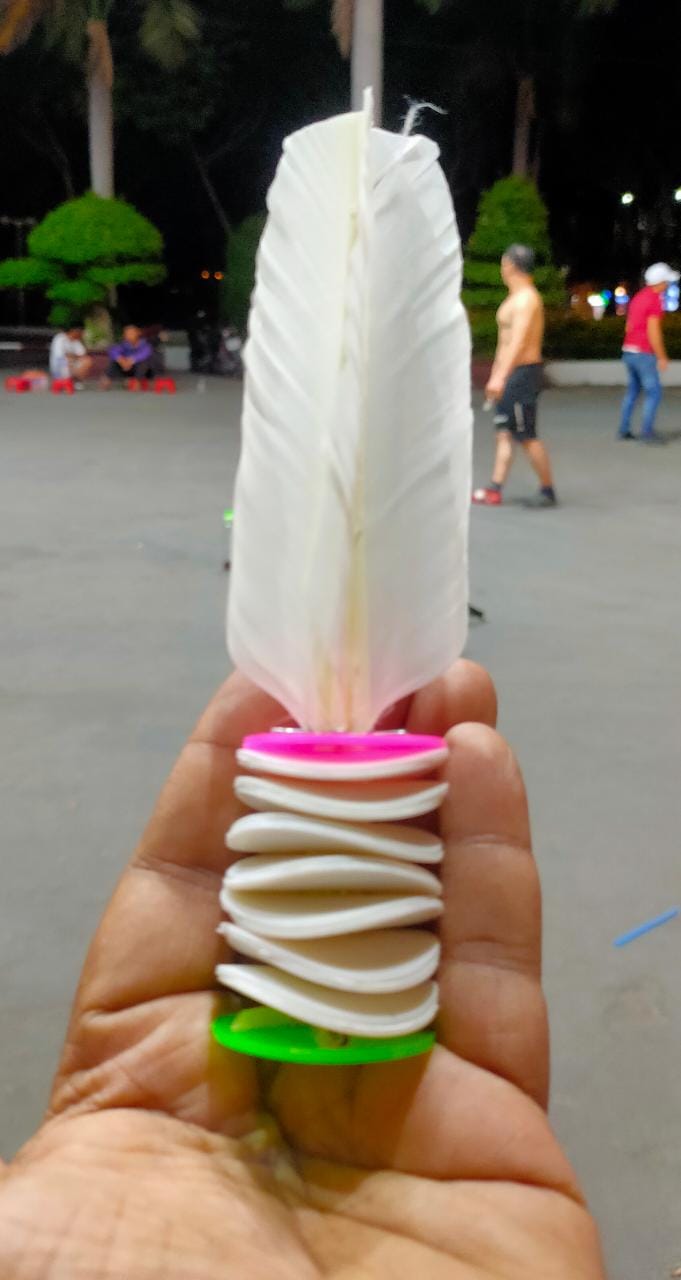
Da Cau – The National Sport in Vietnam
A very popular pastime among the Vietnamese that I saw is a kind of foot badminton game. In Vietnam, it is known as Da Cau, while in China, it is known as Jianzi.
This sport has been practised for generations in Vietnam. The emperors and kings encouraged their soldiers to participate in the sport in order to improve their agility for battle due to the incredible acrobatics that the players must master when playing Da Cau.
Da Cau been played in a park in Ho Chi Ming city.
Hoi An
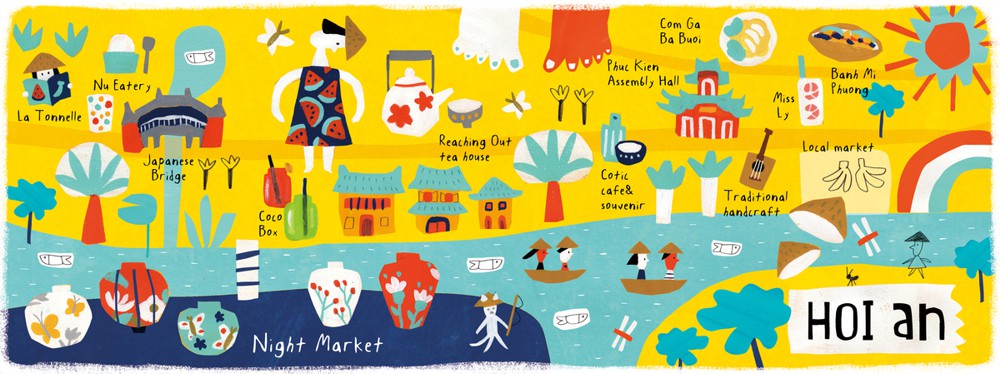
Day 5
With the arrival of Patient # 17 in Hanoi, most of the public, historical, and heritage places were closed, so I decided to go to Hoi An, as the place had great reviews.

I flew by Vietjet from Ho Chi Ming to Da Nang and took a 30 minute cab drive to Hoi An.
There are shuttle buses and shared taxis, but none were available on the day I arrived.
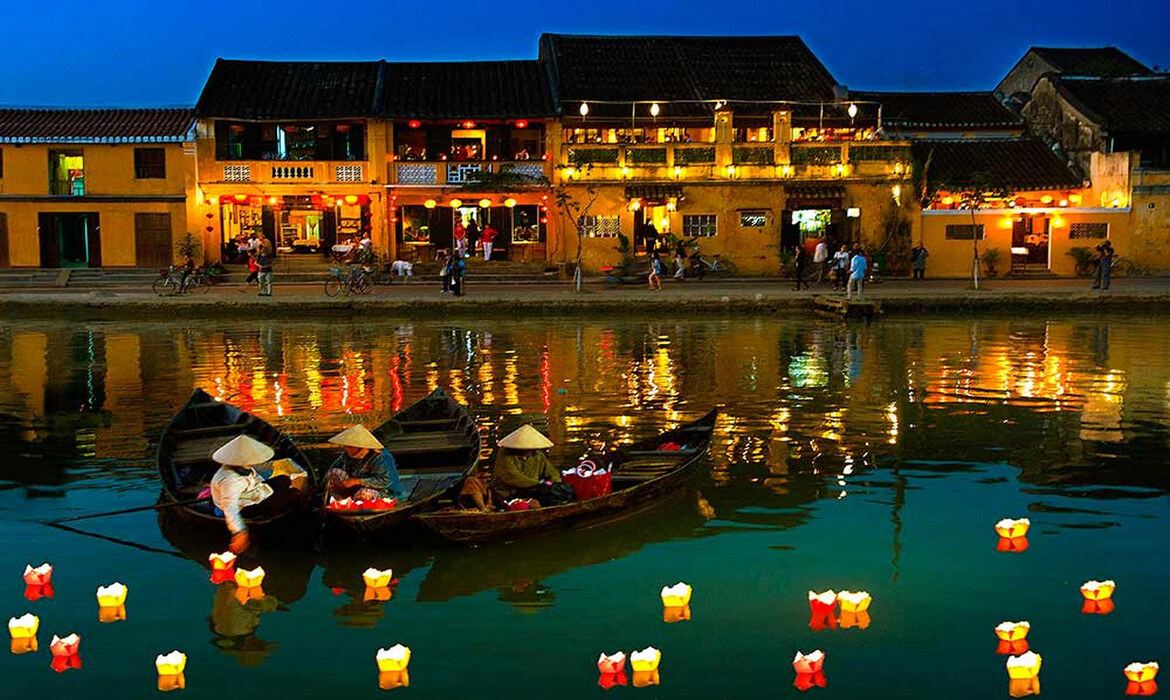
Hoi An which means Peaceful Meeting Place in Vietnamese was definitely my favourite place on this trip.
The Old Town was listed as a UNESCO World Heritage Site in 1999 and is said to date back some 2,000 years. It offers a breathtaking mix of ornate Chinese temples, a Japanese-designed bridge, wooden shophouses, French colonial houses and old canals. Most of the old shops here have been carefully converted into modern businesses aimed at tourists. These include countless tailors, souvenir shops, art galleries, restaurants and cafes.

The streets are festooned with paper lanterns zigzagging from building to building, and it’s lovely at any time of day, but at night, it turns into something magical. You can easily explore these areas on foot or by bicycle.
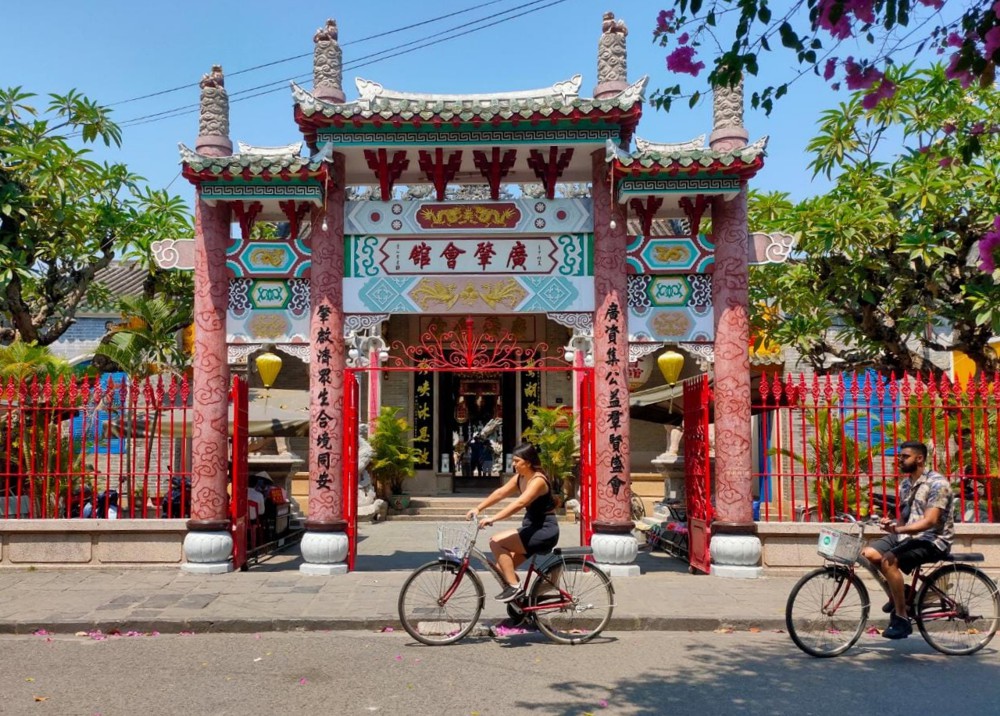
There are lots of historical and heritage sites to visit in Hoi An, and you will need a minimum of 4 days just to experience the Old Town. And another 3 days to visit the nearby Bana Hills, My Son Temple Ruins, and Marble Mountain.
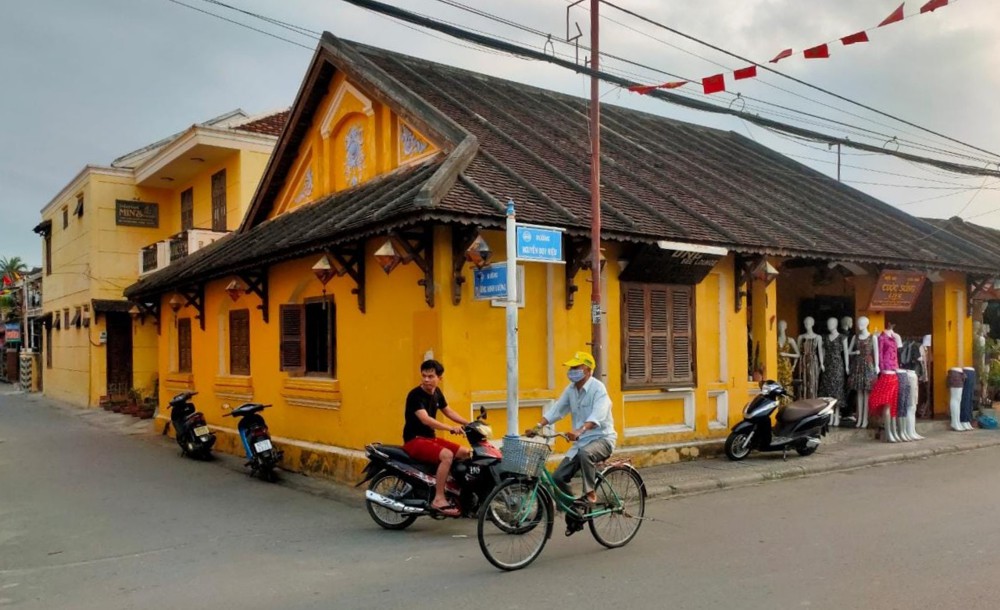
Hoi An is similar to the Fontainhas in Panjim, Goa but a thousand times better conserved, maintained and put to adaptive use.
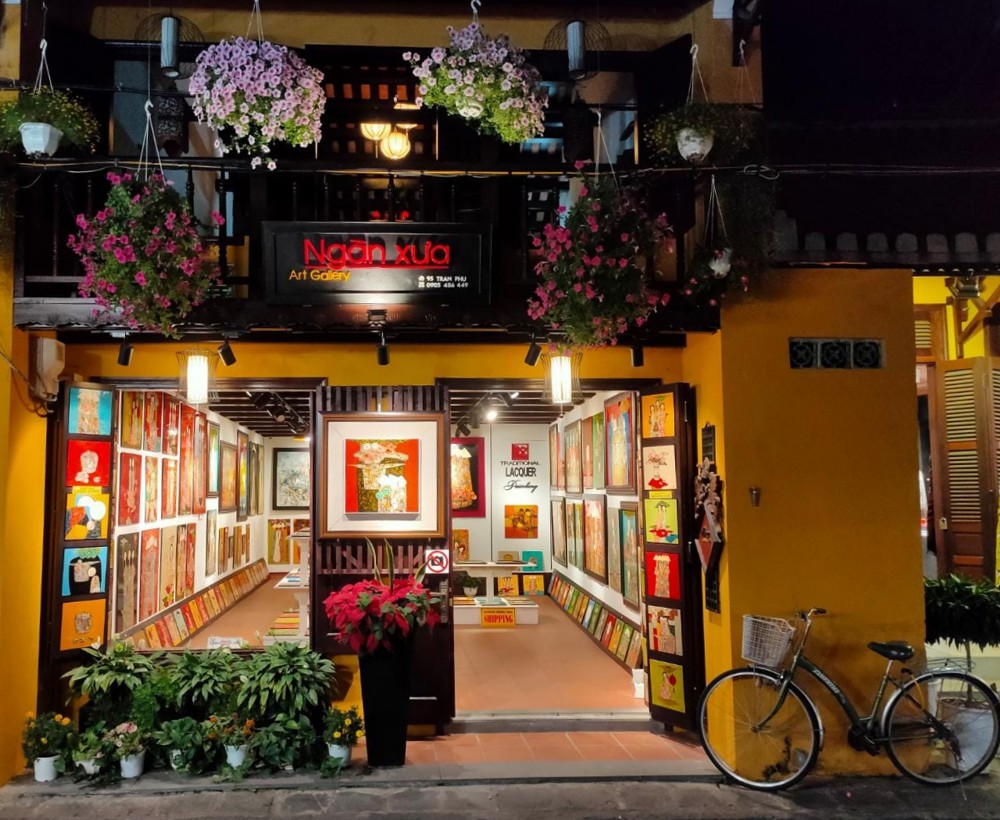
One of the many houses converted into art galleries.
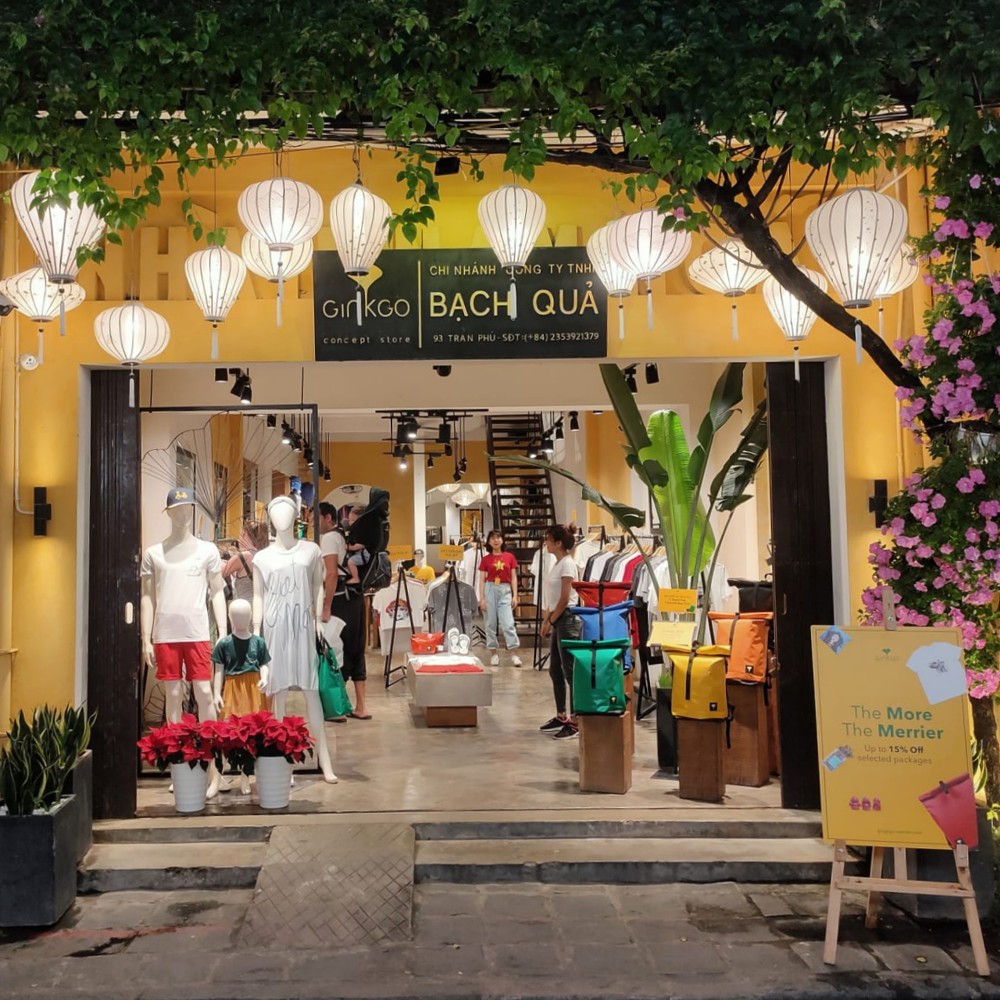
Quaint stores
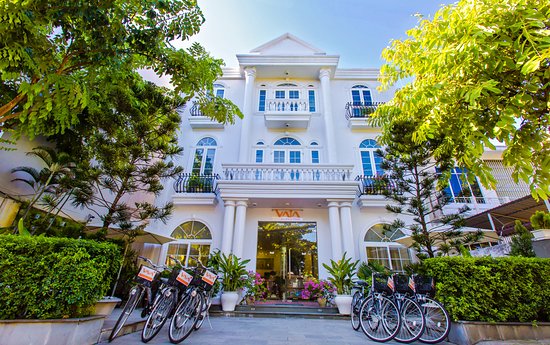
Hotel I stayed: Vaia Boutique Hotel
Hoi An Old Town is within walking distance from the hotel.
🚴♂️ Cycles were available free for use.
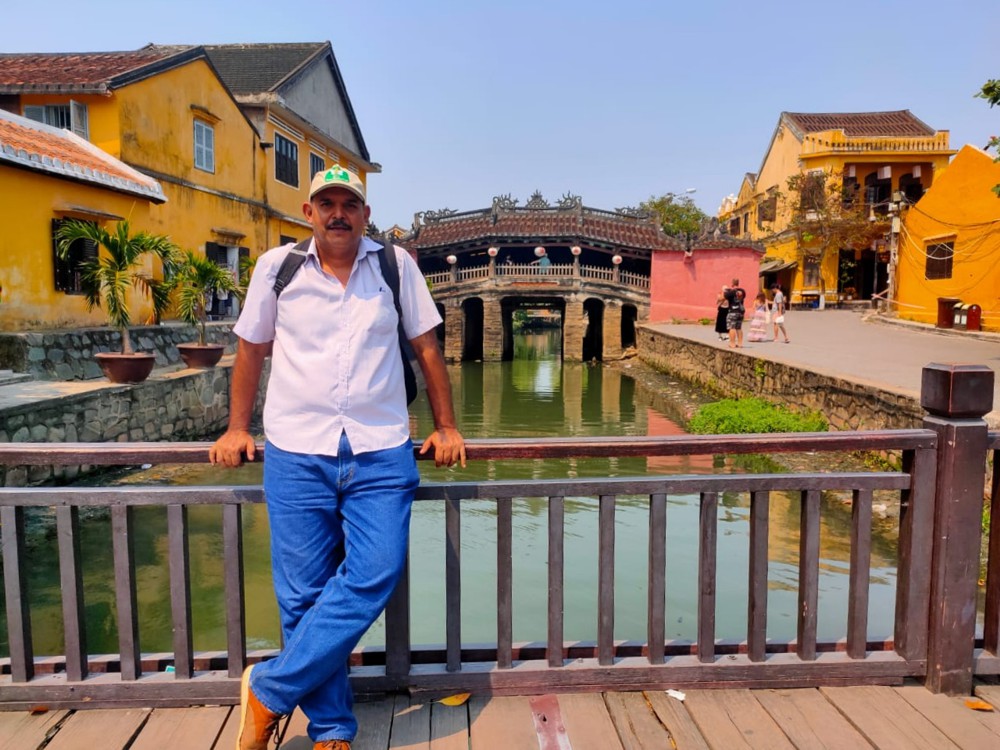
Japanese Bridge
The bridge, which dates back to the 18th century, is one of the most prominent attractions. Spanning 18 metres in length, locals believe that it was built by the Japanese, then living in Hoi An, as a way to reach the Chinese quarter across the water.
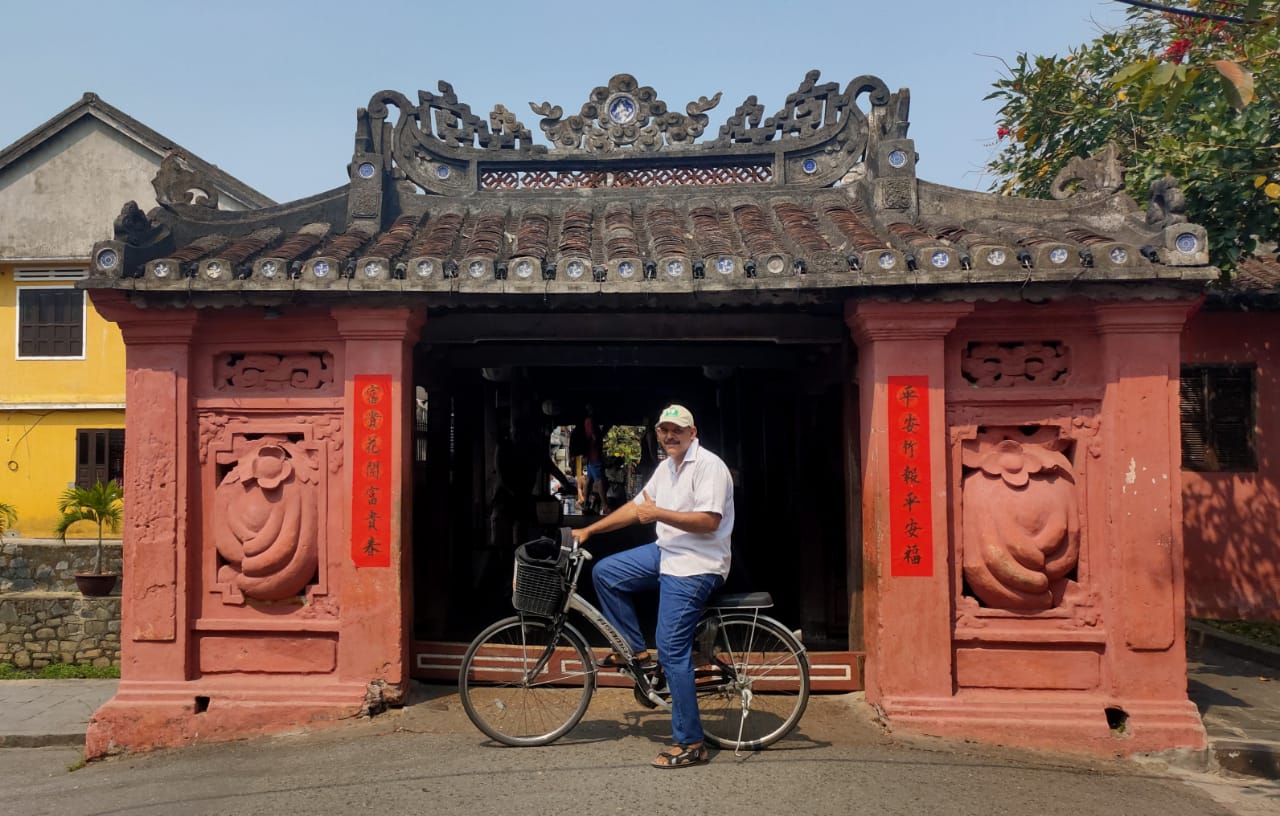
In 1719, Lord Nguyen Phuc Chu officially opened the bridge by carving three Chinese symbols above the entrance. The Japanese Covered Bridge also features intricate sculptures of two dogs and two monkeys to represent the birth years of prominent Japanese Emperors.
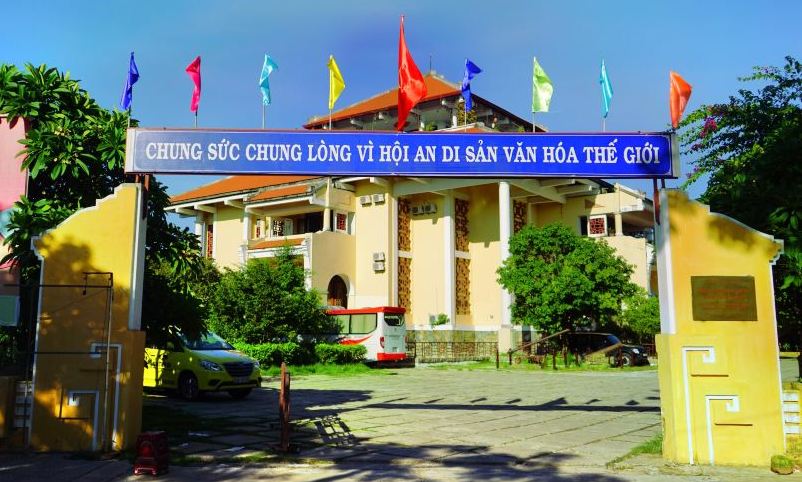
Hoi An Museum
If you want to know more about the history of Hoi An, then you need to go to its main museum. Here you will find a huge range of pieces that tell the story of the area, including antiques that date from the Cham period as well as the colonial period. There are a number of galleries here that are filled with drawings, ceramics, paintings, and photographs.
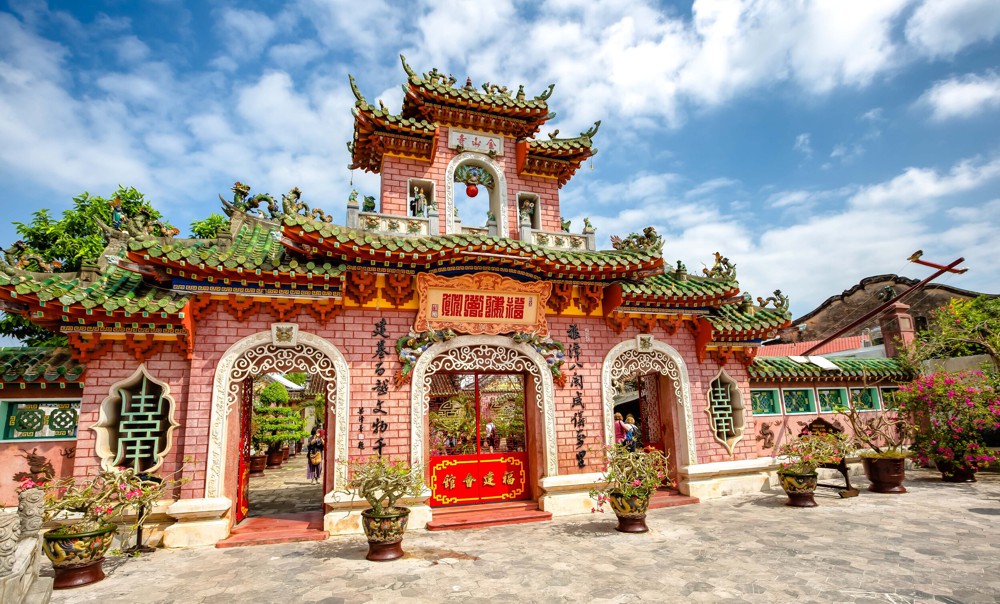
Fujian Hall Assembly Hall
It is one of the most opulent structures in Hoi An, dating from the 17th century. It was constructed by the Fujian Chinese people and is regarded as a sacred area. The main hall is adorned with carved sculptures that surround a doorway engraved with carvings of mythical Chinese creatures.
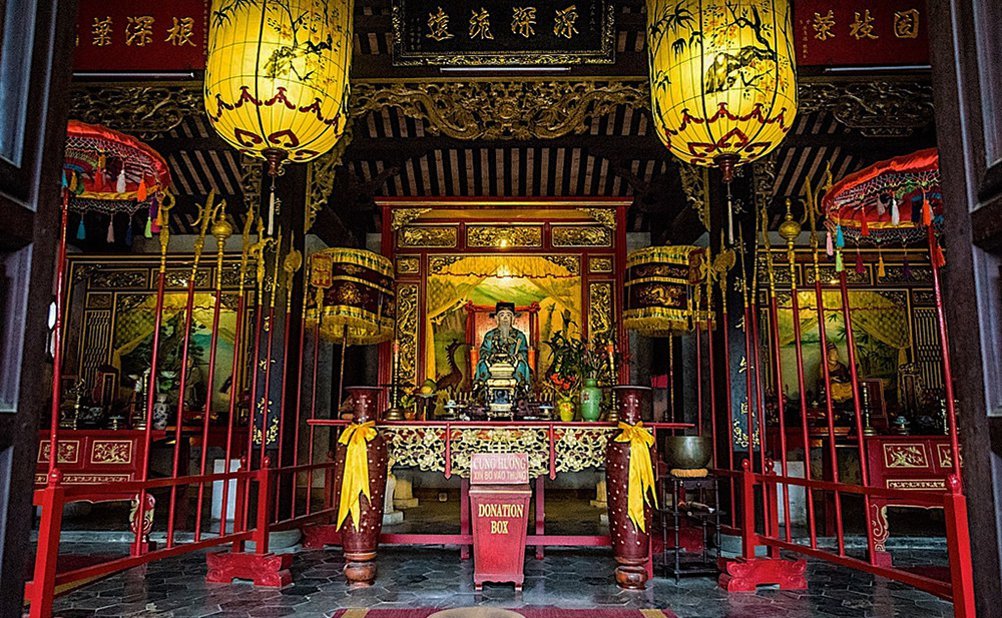
Quan Cong Temple
The temple was founded in 1653 and is dedicated to Quan Cong. This was the name of a famous Chinese general who was worshipped in Hoi An and revered for his qualities of justice for all, loyalty, integrity, and sincerity. At the temple you will find a wood and papier-maché statue of the general, which is partially gilded and stands on a central altar. You can make an offering to the general, and a lone caretaker will strike a bronze bowl to commemorate the moment.
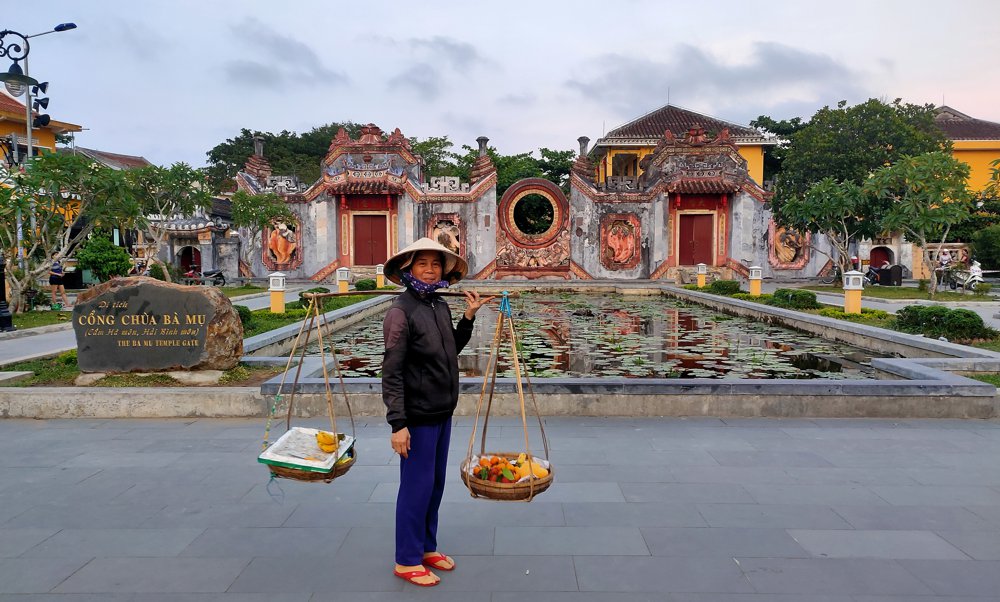
Ba Mu Temple
Built in 1626, most of the complex was damaged by weather and war, and only this entrance gate remained. The Tam Quan Gate was recently restored to its original beauty and it is a perfect example of the classical Vietnamese style of architecture.

smile pleaseeeeeeeeee 📸
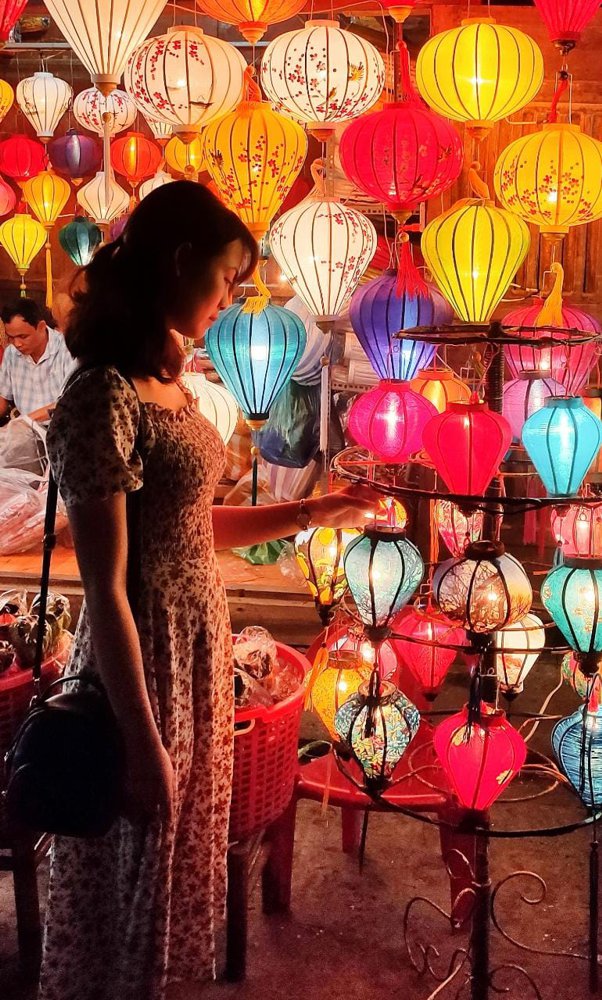
Lantern Market
Located across the river, this is one of the most scenic markets where you can buy traditional lanterns which come in all different shapes, sizes and hues, many of which are made of gorgeous Hoi An silk.
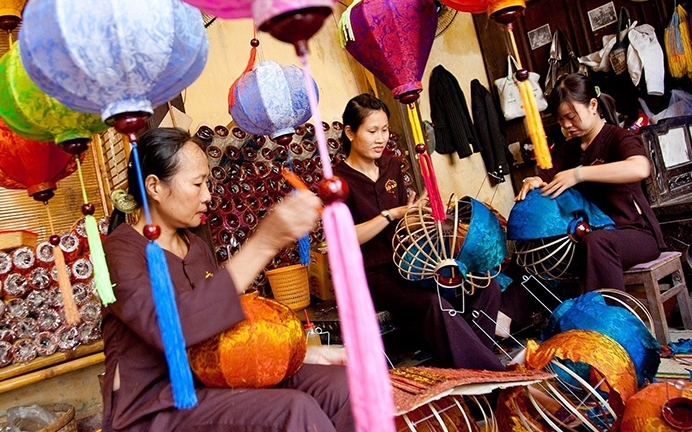
Many places in Hoi An teach you how to make lanterns, which you can then take home as a souvenir.
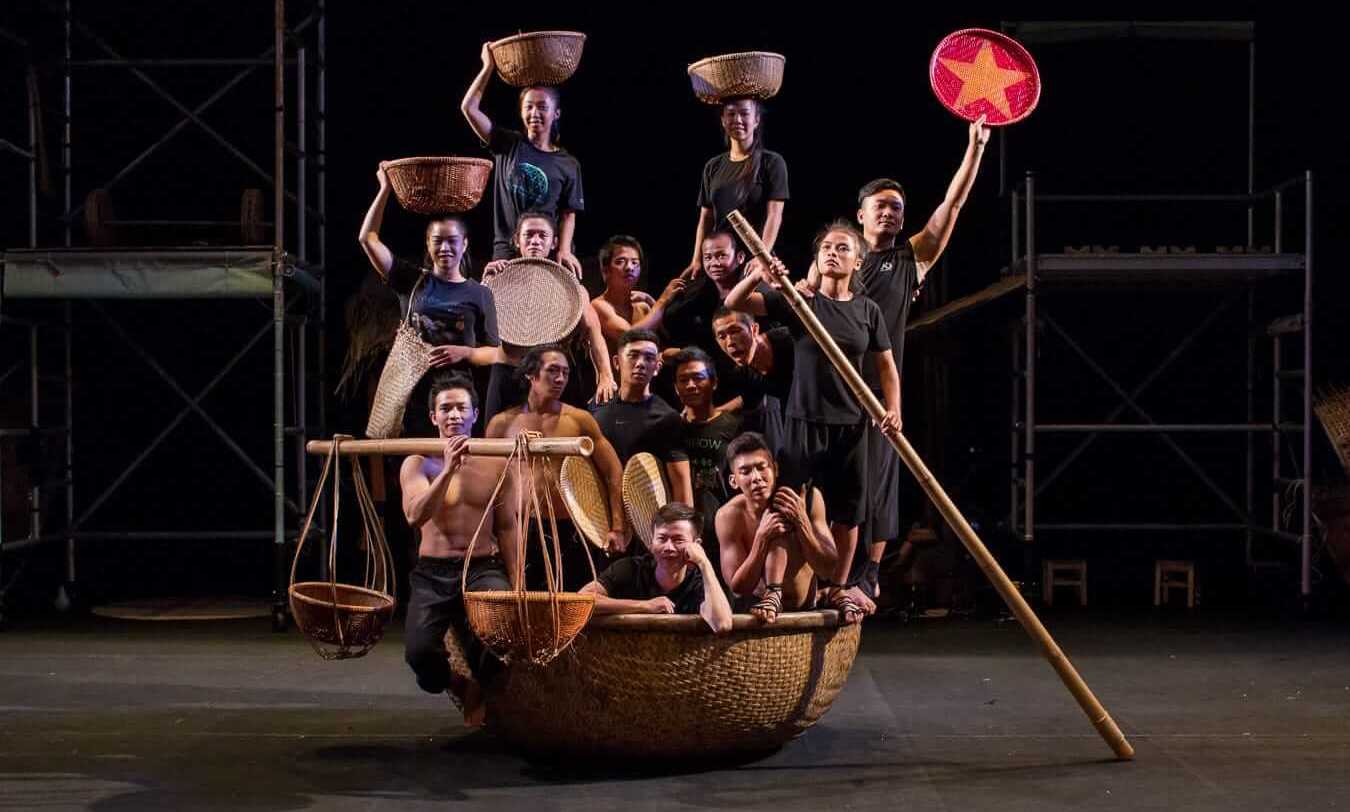
A O Show
The most extraordinary and breathtaking live show I’ve seen.
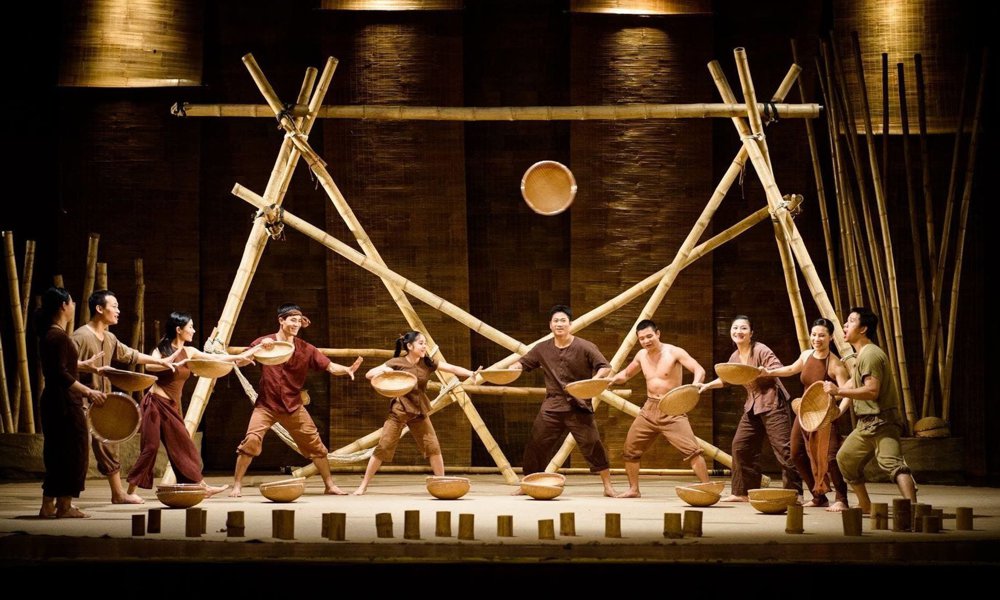
A O Show, which is phonetically understood as “Ahhh! Ohhh!”, depicts the charming beauty and cultural richness of Vietnamese life in the countryside and contrasts it with the nation’s racing urbanization. The hour-long production perfectly timed and choreographed is a unique mix of an incredible group of artists, combining the best of modern dance, circus arts, and traditional Vietnamese story telling.
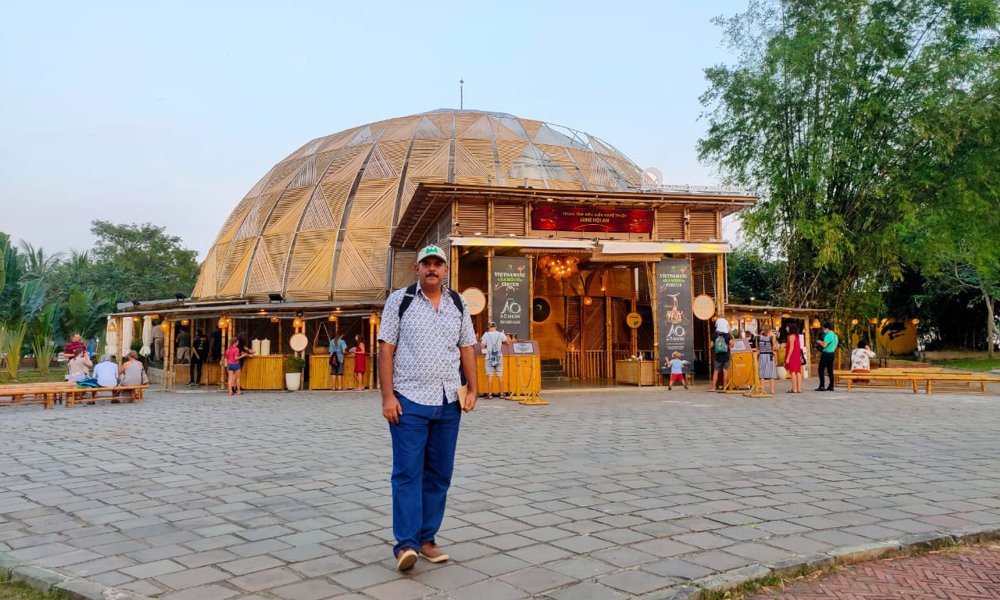
Set inside a custom-built dome tent, encased in modern geometric bamboo designs, the Lune Production Theatre is on Hoi An’s riverside. There are three different priced tickets, but all seats offer amazing views of the performers. So do not buy the expensive seats.
Watch a teaser of the show
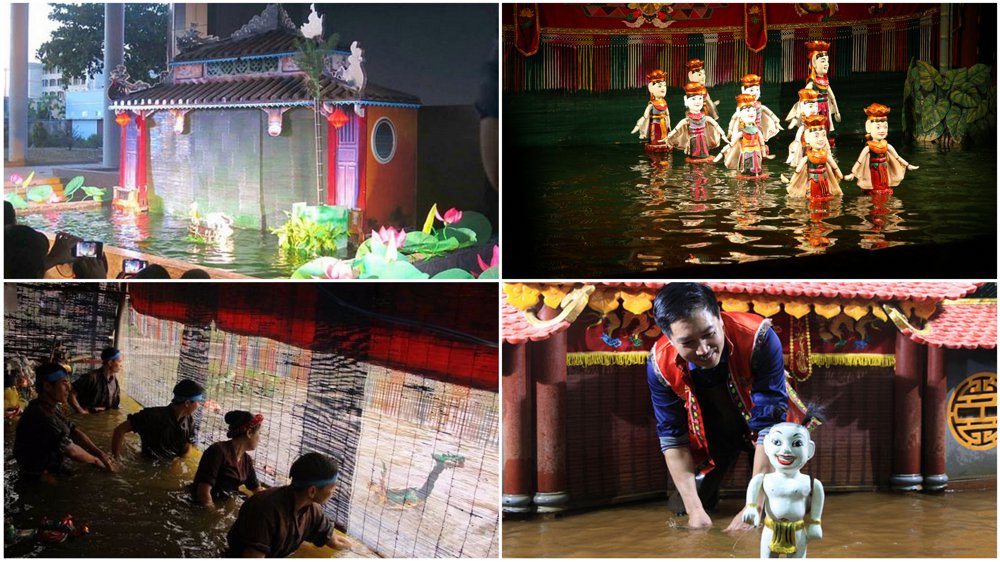
Hoi An’s Water Puppet Show
This energetic and frequently humorous 45-minute show, similar to the one I saw in Ho Chi Minh City, is held at the Water Puppet Theatre in amphitheater-styled seating and presents a series of fables and stories about Vietnamese village life through colourfully hand-carved puppets.
The theatre is a short walk from the Old Town.
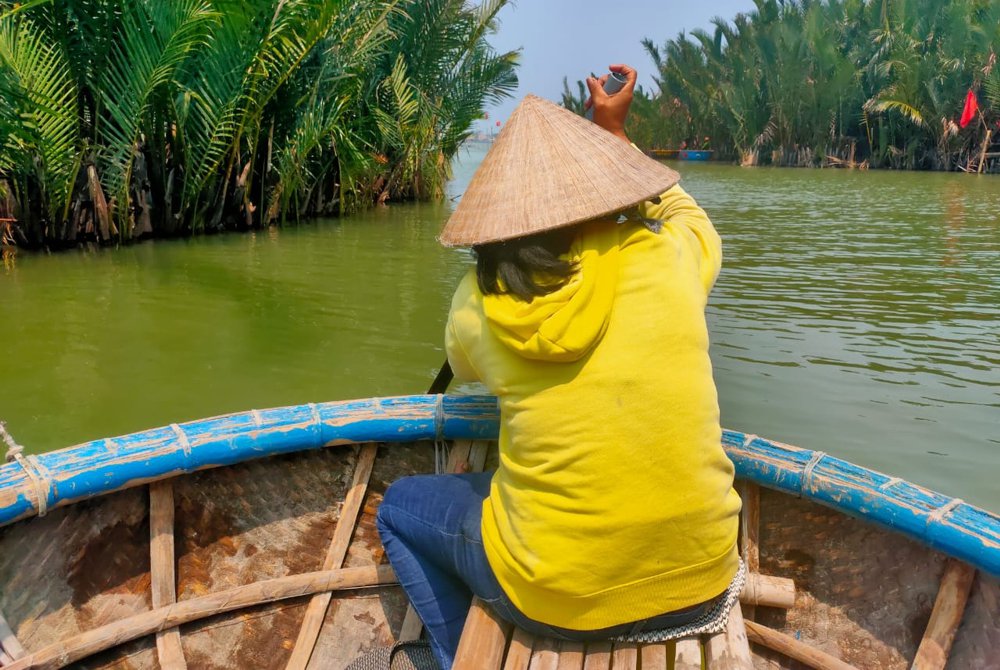
Bamboo Basket Boat Ride
Ride down the Thu Bon River’s coconut aquatic woodlands in these semi-spherically shaped boats braided from bamboo is a must-do when visiting Hoi An. Locally called “Thung Chai,” they are used by fishermen to catch fish, transport supplies and take tourist for a ride.
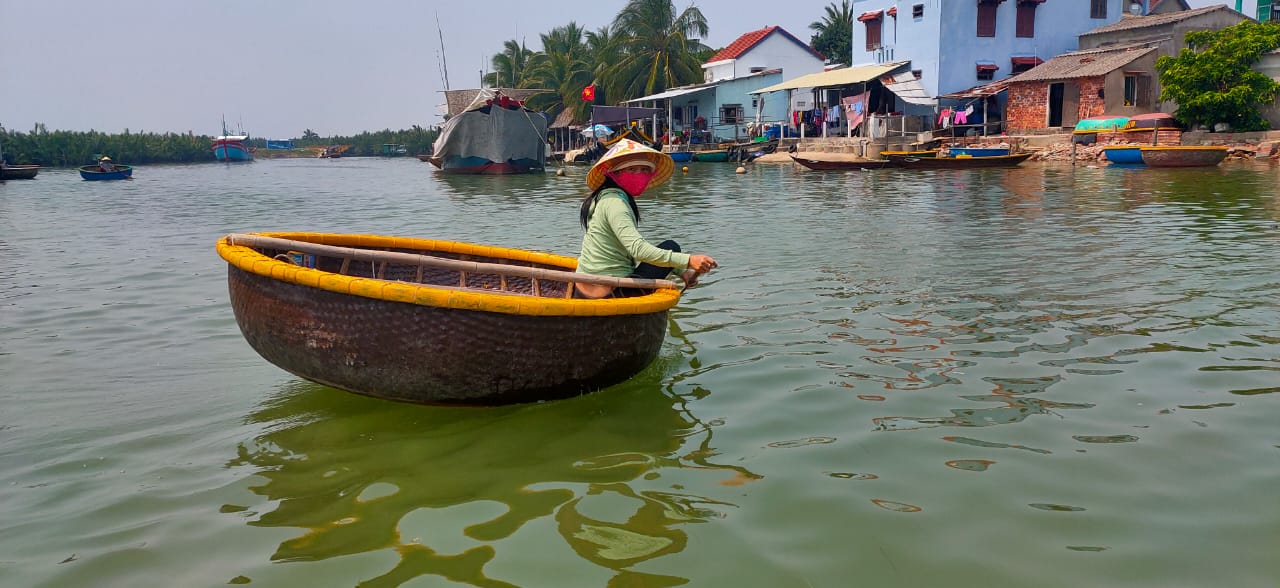
According to folklore, the “Bateau Panier” was built by Vietnamese fisherman to evade paying tax on boats during French colonial times.
Read more about the folklore:
https://www.insideasiatours.com/blog/2015/12/30/vietnams-basket-boats/
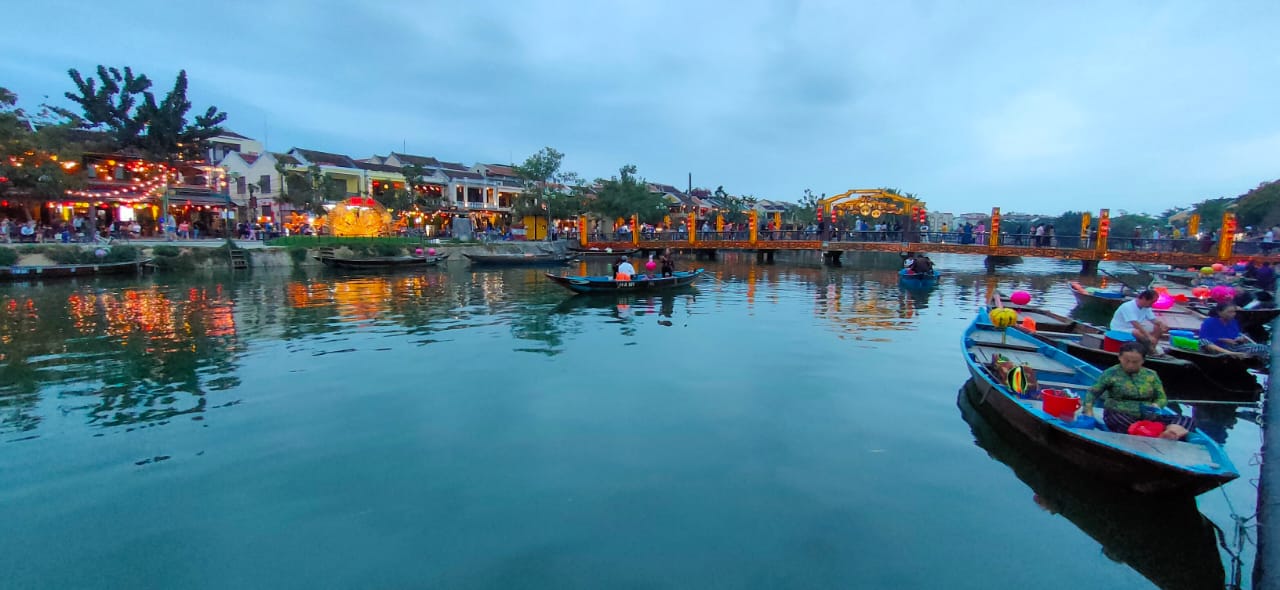
Waterfront
It is one of the most charming parts of Hoi An. Walking along the banks of the river is relaxing and will provide you with a lot of great photo opportunities.
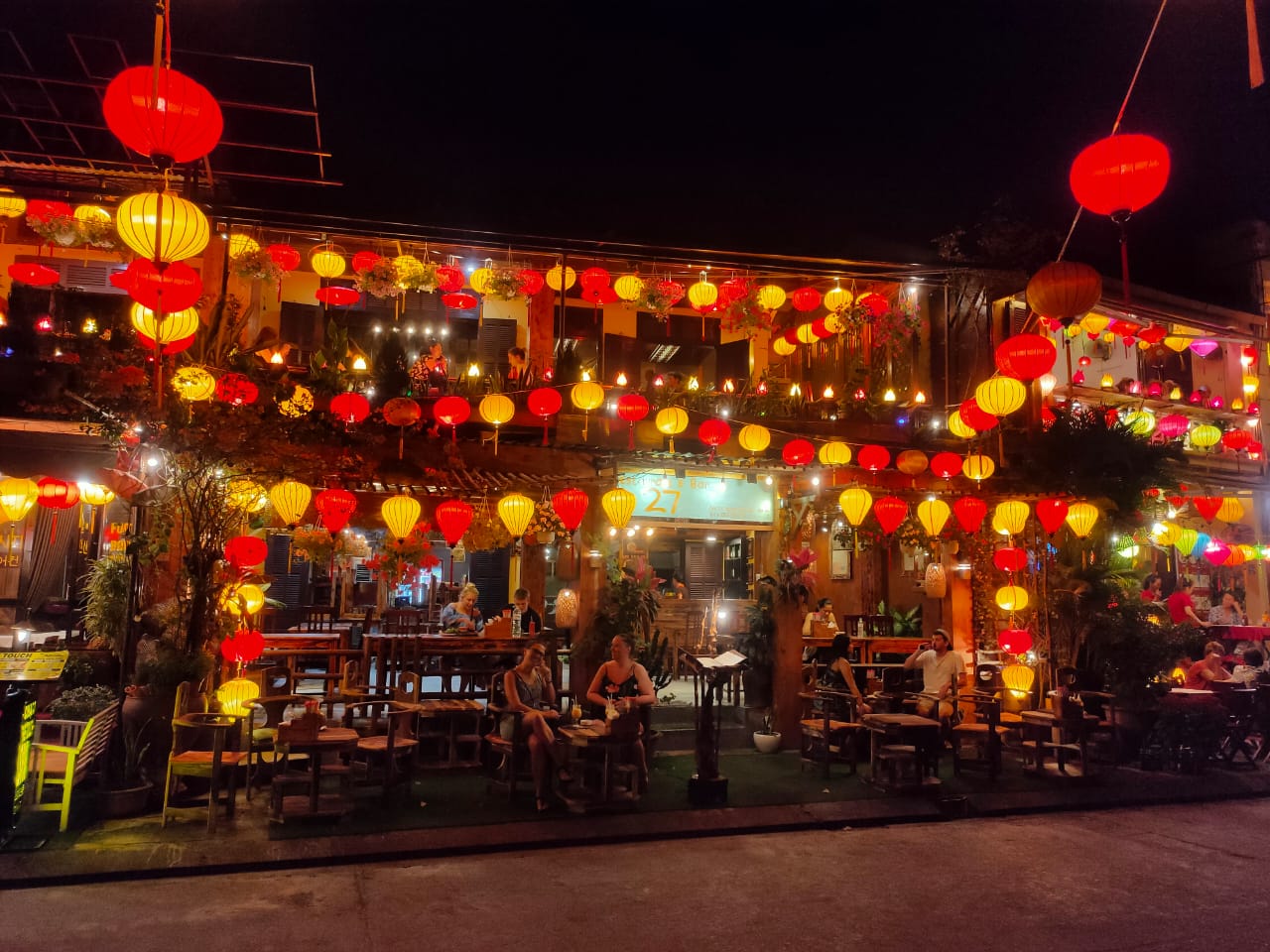
The waterfront is lined with cafes and restaurants based in colonial-styled houses.
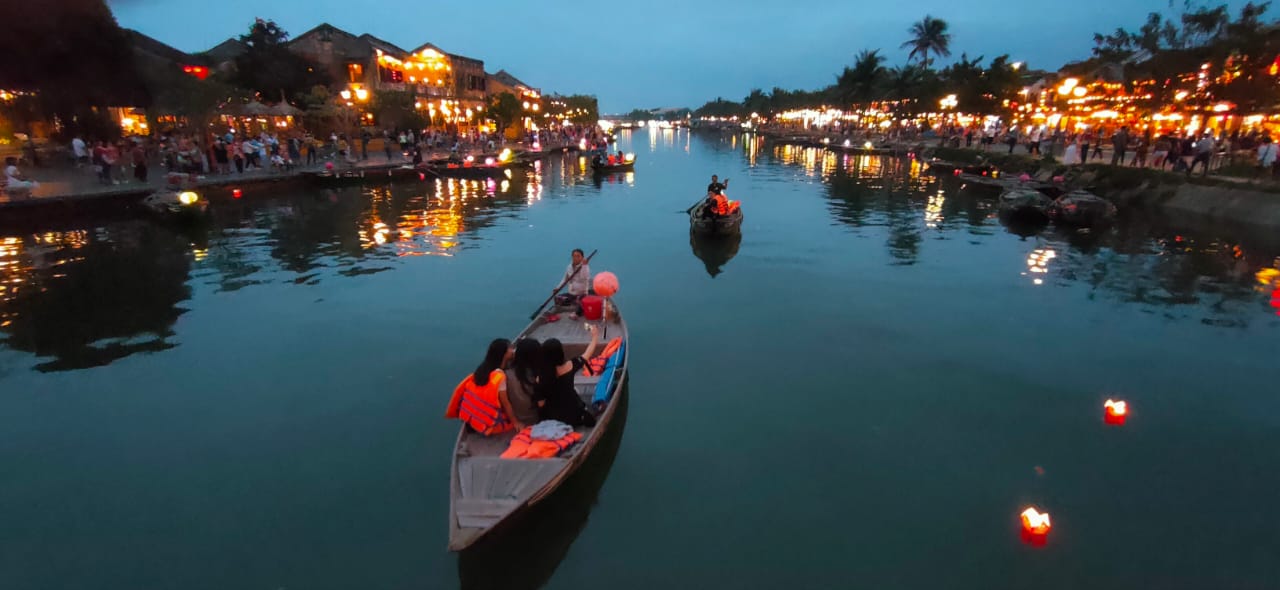
Colourful boats sway in the water and at night the whole area is illuminated by Chinese lanterns.
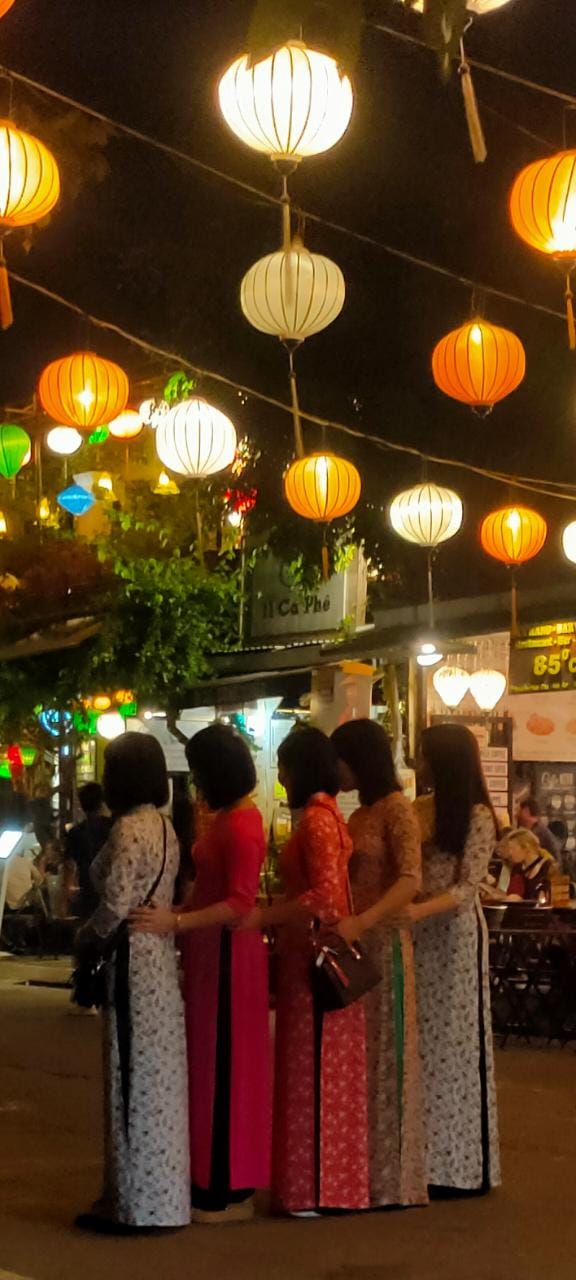
Lantern Festival
The day I landed in Hoi An coincided with the monthly event that celebrates the full moon. It is held on the 14th day of each lunar month when the moon is at its fullest and brightest.
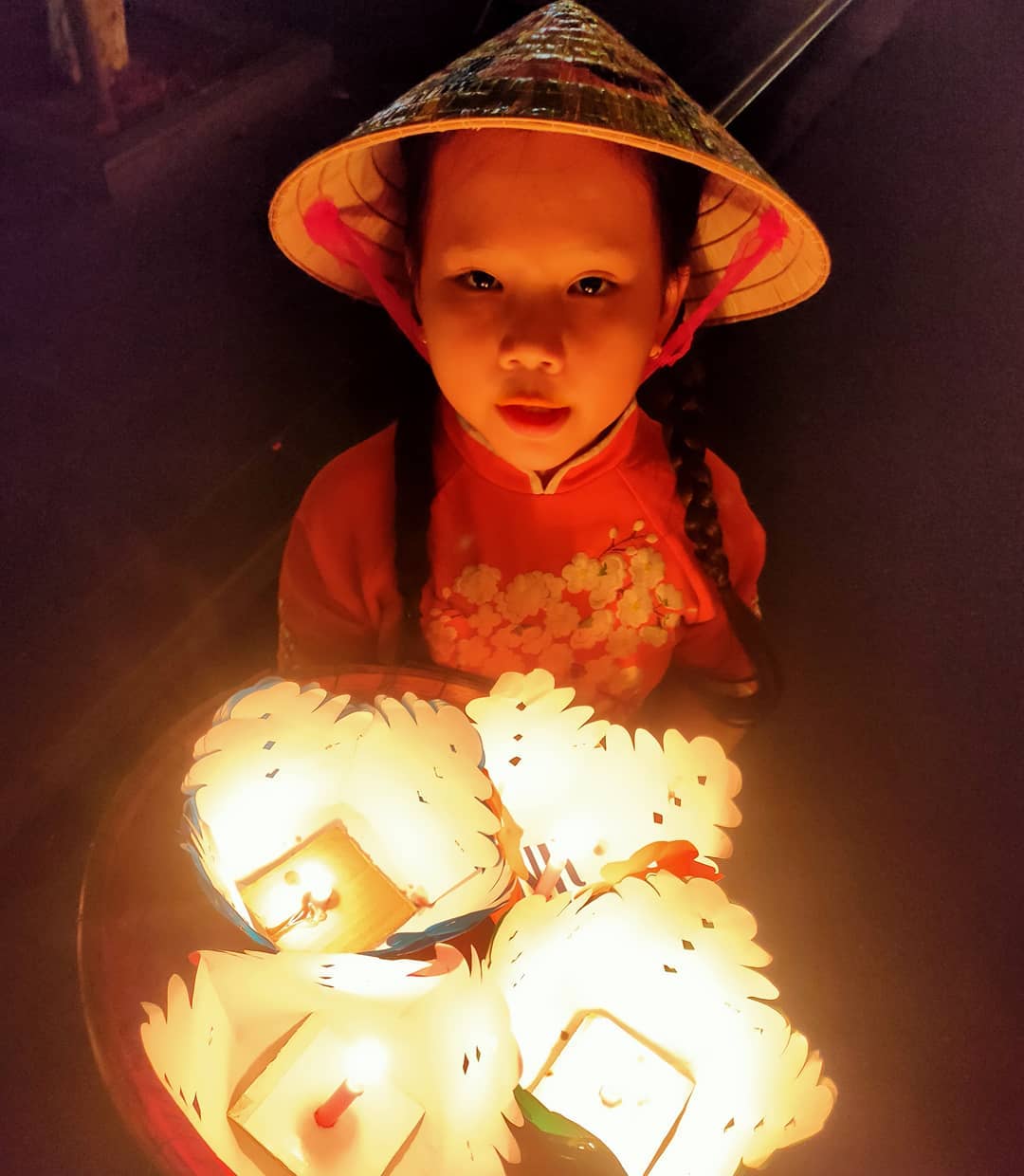
The biggest feature of this festival are the multi-colored lanterns, which are lit with candles, and placed in the river with a wish for happiness, luck, and love.
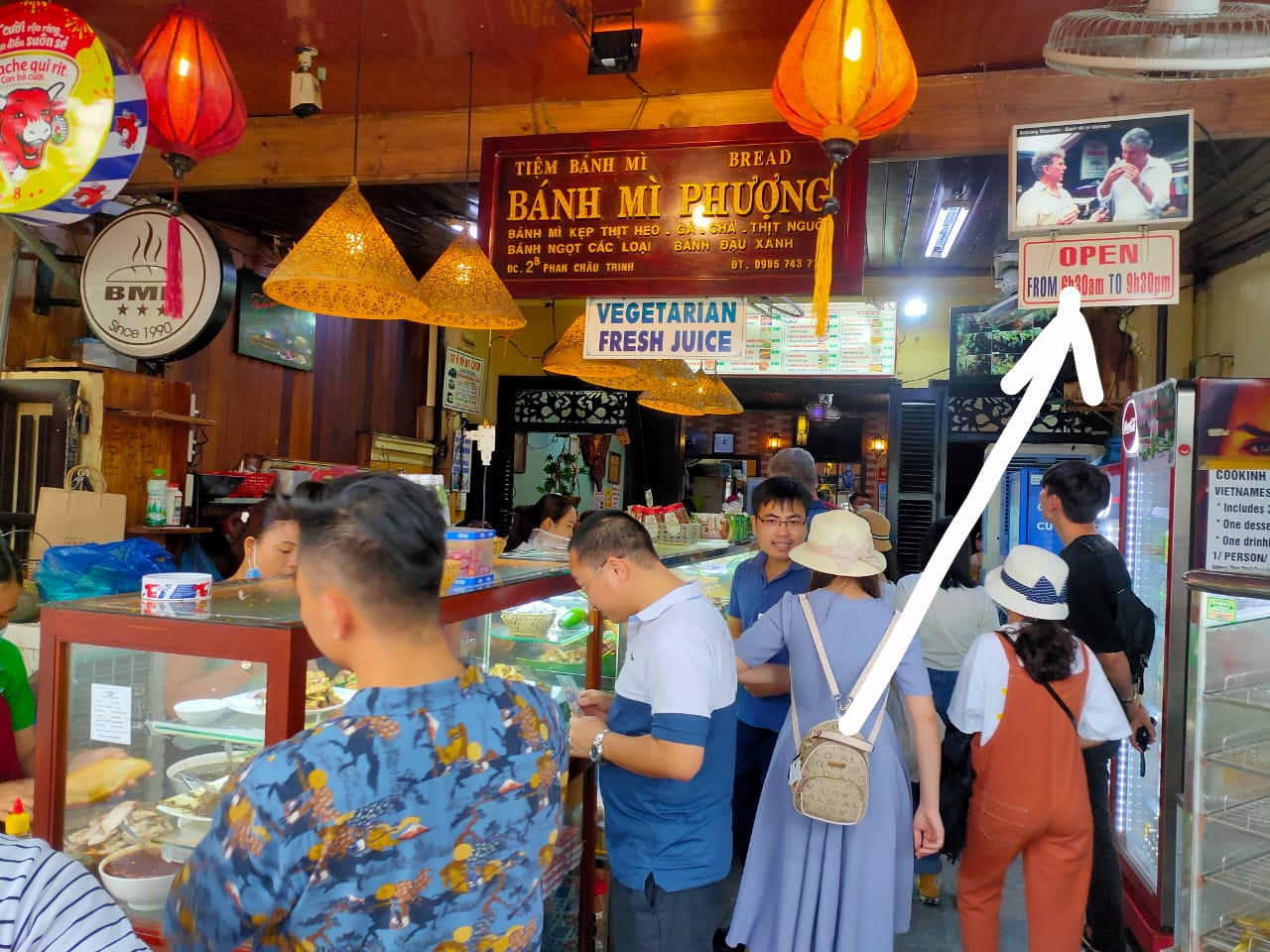
Phuong’s Banh Mi
Anthony Bourdain, famed American chef was in Hoi An filming an episode of his travel show No Reservations. He filmed a segment eating at Banh Mi Phuong when her stall was still in the local market. He raved that Phuong’s banh mi was the best in Hoi An – a “symphony in a sandwich”.
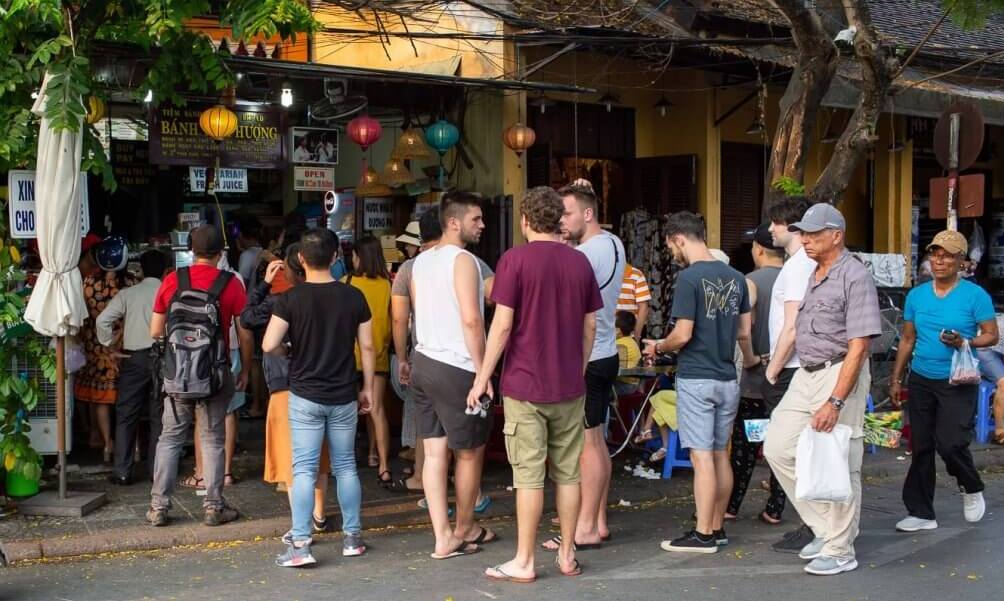
With increasing glowing reviews, quality food and consistency, in addition to Anthony Bourdain’s stamp of approval, Banh Mi Phuong restaurant has become wildly successful and is now a must visit for travellers in Hoi An wishing to try the best banh mi in town.
Anthony Bourdain eating at Banh Mi Phuong
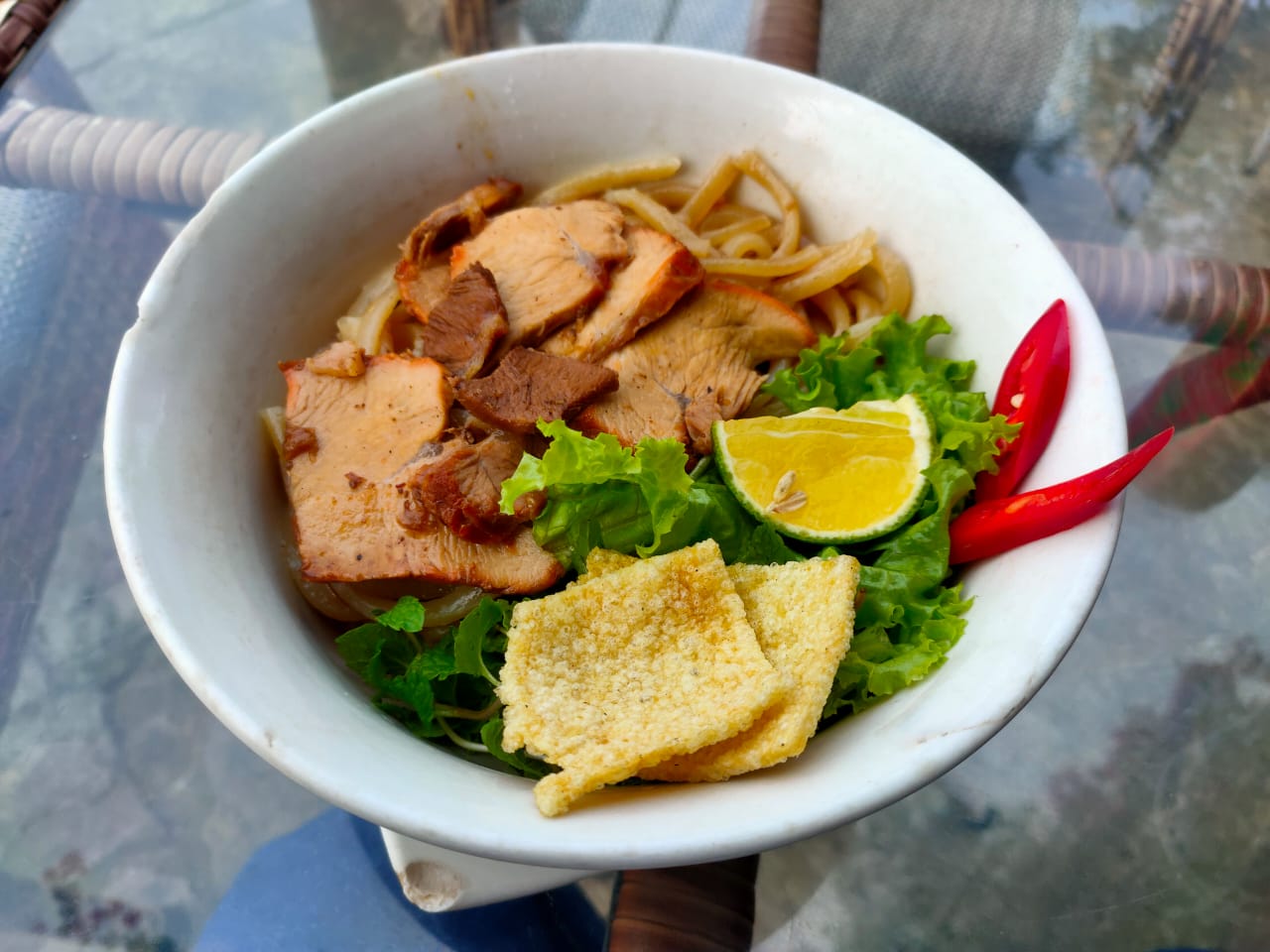
Cao Lau Noodles
A speciality of Hoi An, these are brown rice noodles that are mixed with lye water. The noodles are hand cut and then topped with pork, rice crackers and fresh herbs, all soaked in a delicious meat broth.
Read more:
http://letstravel.barretomiranda.com/cao-lau-one-of-vietnams-greatest-culinary-treasures/
From 10am to 10pm Hoi An Old Town turns to a No Motorised Zone.
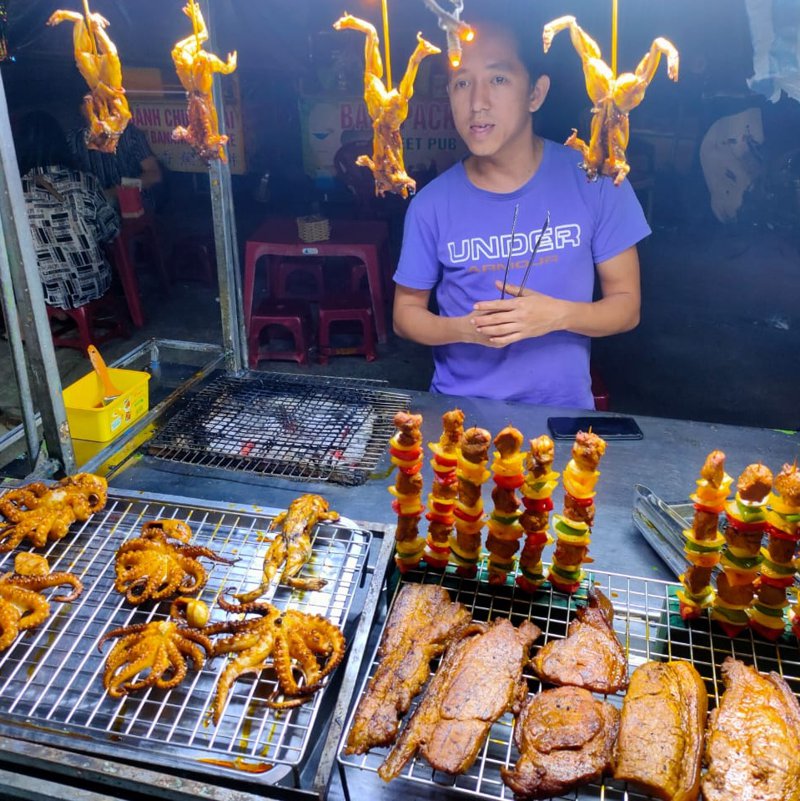
Take your pick 😋
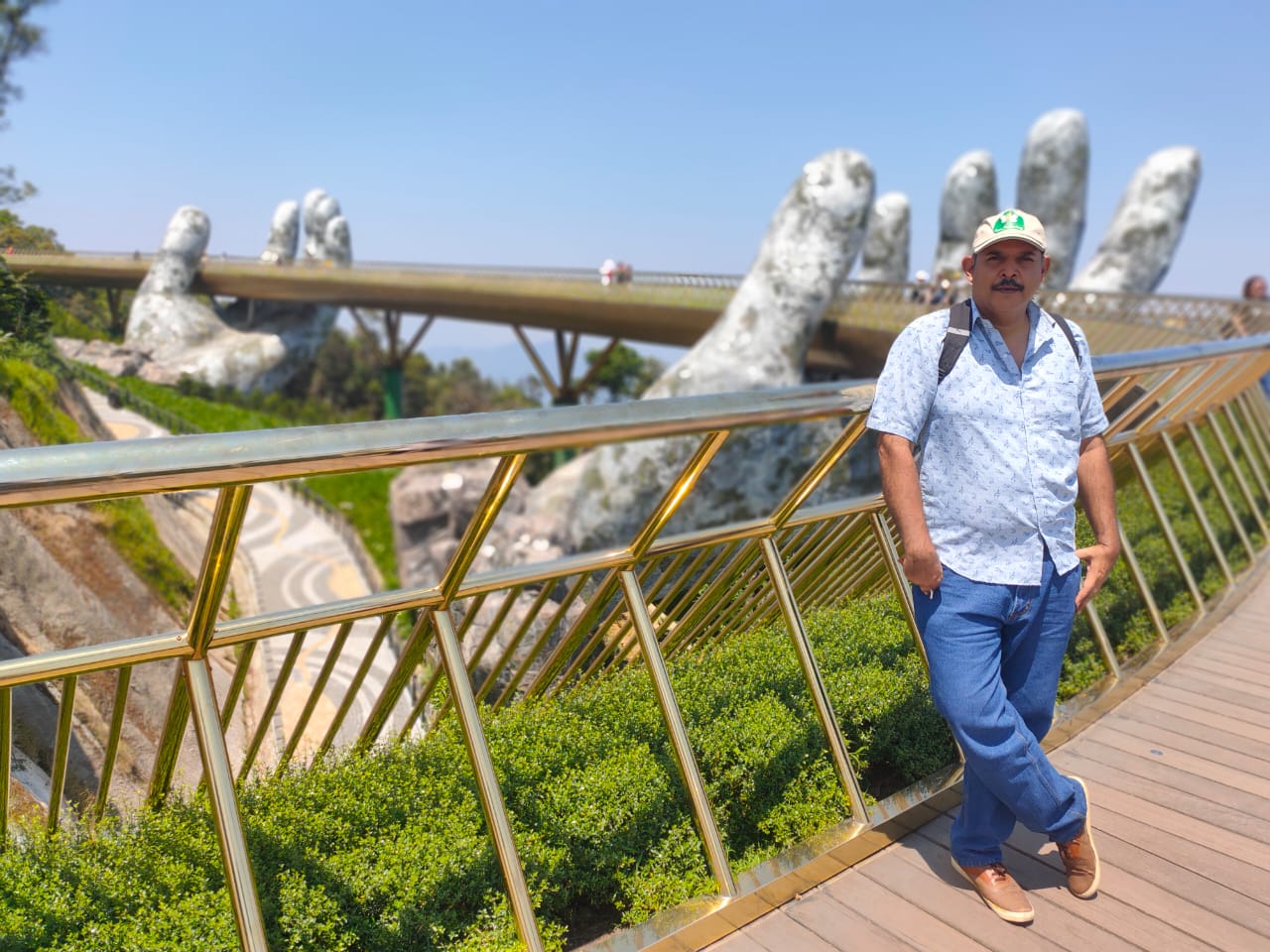
After seeing all the landmarks in Hoi An, I went on an organised tour to Ba Na Hills, My Son temple ruins, Marble Mountains, and Da Nang.
Each of these sites takes a full day to see and are around 45 to 60 minutes away by vehicle.
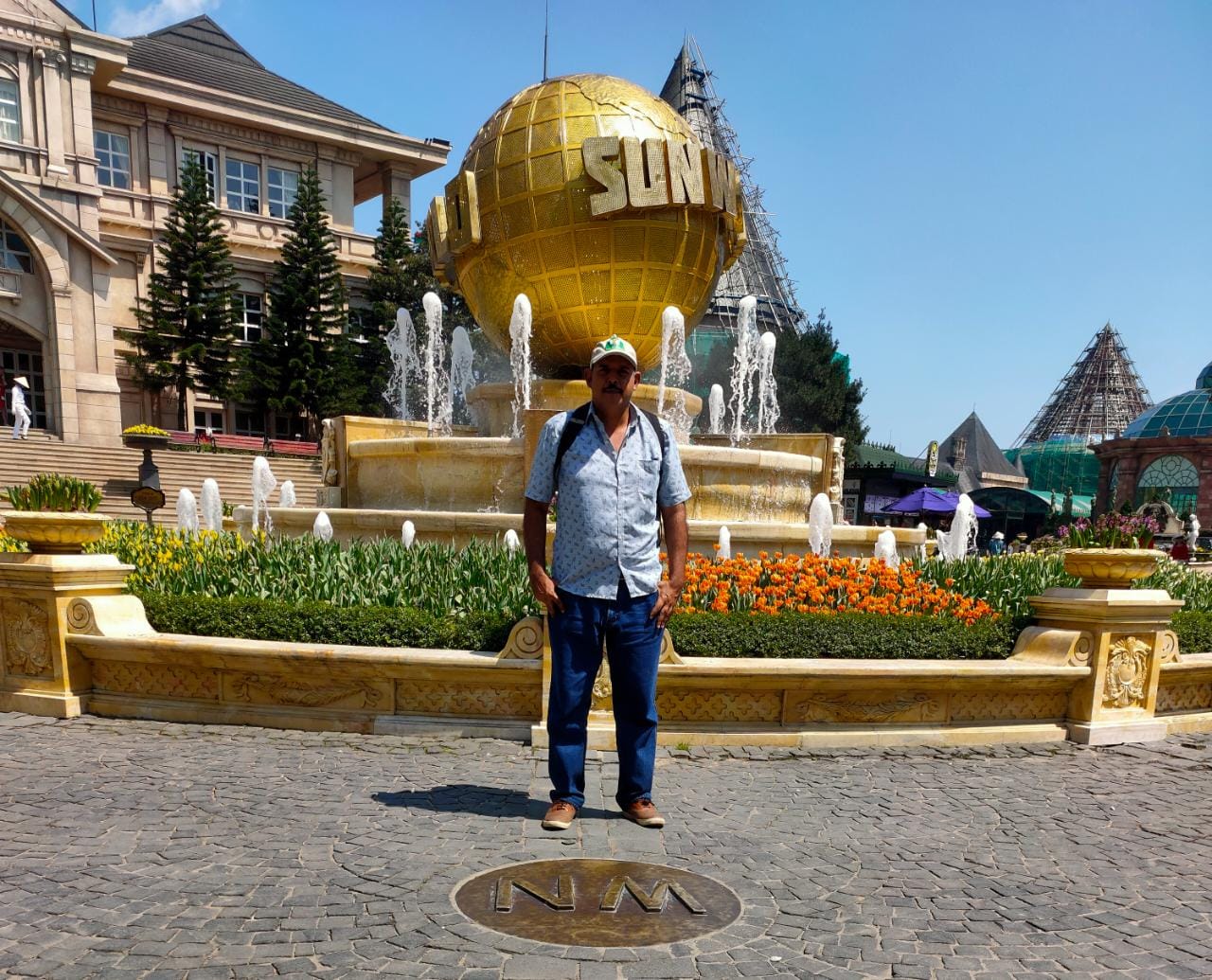
Ba Na Hills
A hill station with many world-class resorts, an amusement park, and a plethora of awesome man-made attractions such as French architecture buildings, flower gardens, and the Instagram famous Golden Bridge.
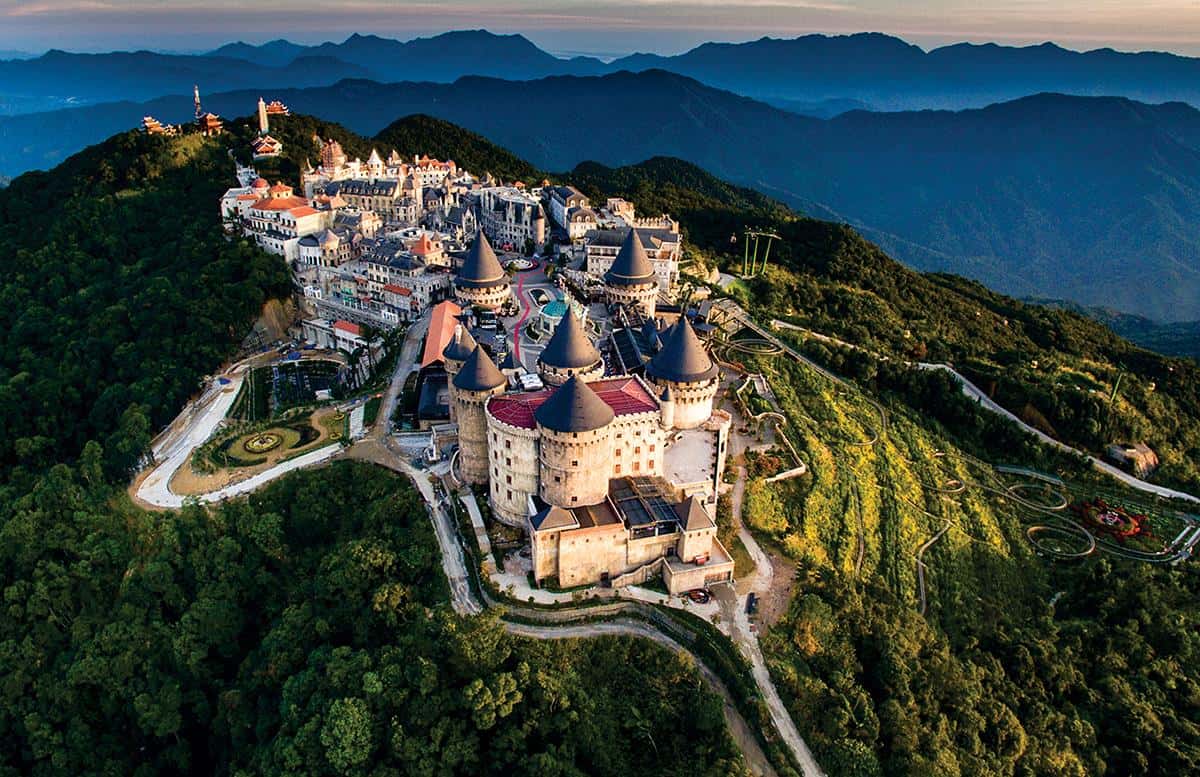
Ba Na was stumbled upon by a French captain named Debay who was looking for a suitable site to build a resort. After that, the colonial government invested heavily in the place, turning it into a top holiday destination. However, during the Vietnam wars, Ba Na fell into oblivion. It was not until recently that the “Sleeping Beauty” was awakened again to great fame.
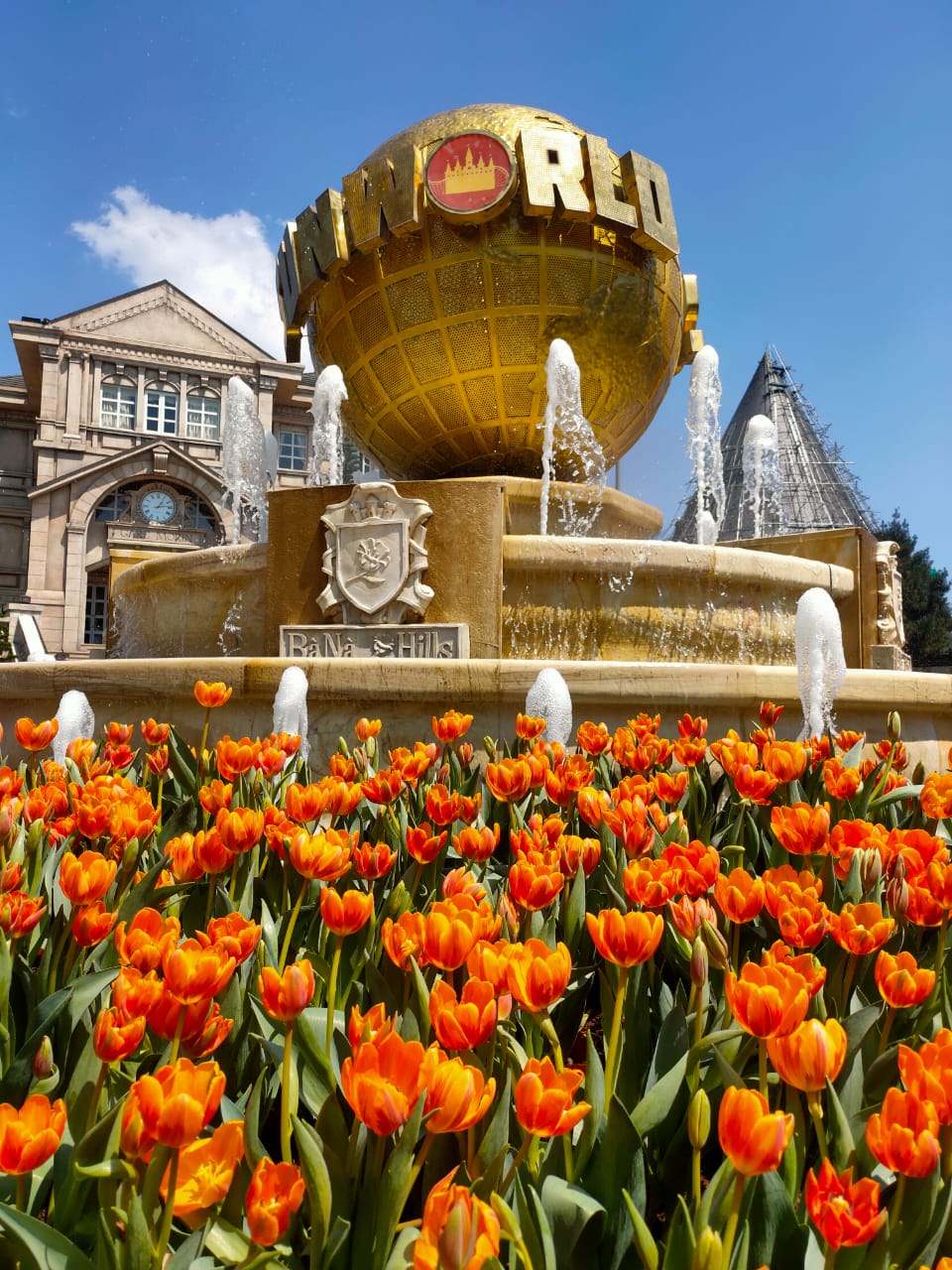
According to some sources, “Ba Na” means “my mountain” in the Katu language, the tongue of the local ethnic tribe.
Some other explanations are less convincing but funnier. For example, it is claimed the place was full of banana plants when the French first found it, so they called the place “banane,” the French word for banana. The Vietnamese then rendered it into Ba Na.
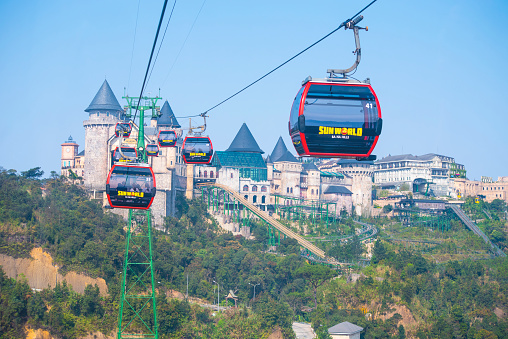
To reach the top, you have to ride the Ba Na Cable Car, an extraordinary, European-built system that holds the world record for the longest nonstop single-track cable car ride, at over 19,000 feet in length.

The 20-minute journey will take you well above the cloudline, past the Golden Bridge, and into the centre of a charming French village, complete with a French Gothic-style cathedral, French restaurants, cobblestoned streets, and a five-star hotels.
The ride up.
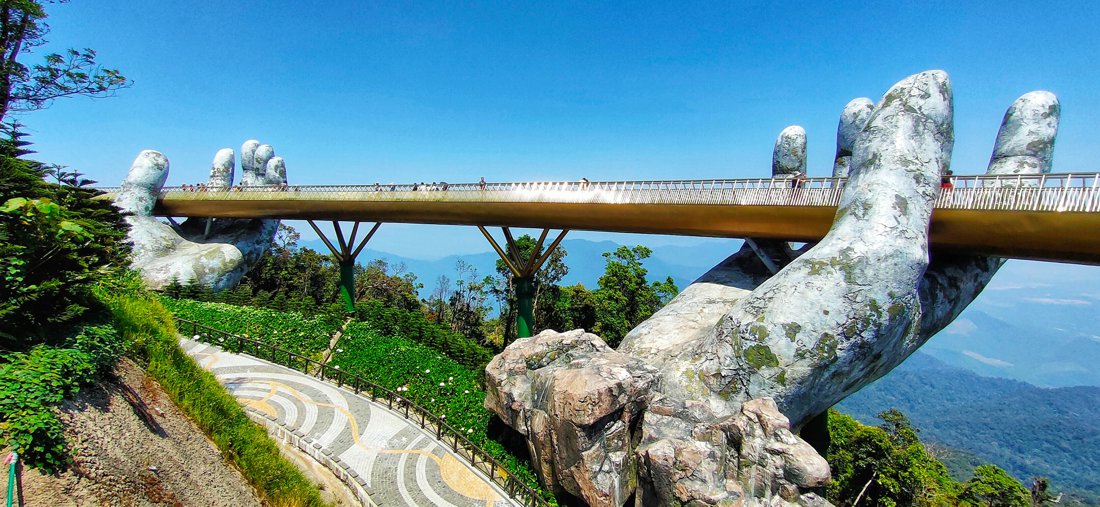
Golden Bridge
The 150-meter long bridge made of two giant concrete hands emerging from the trees holds up a glimmering golden bridge and is the main attraction, always crowded with visitors taking selfies.
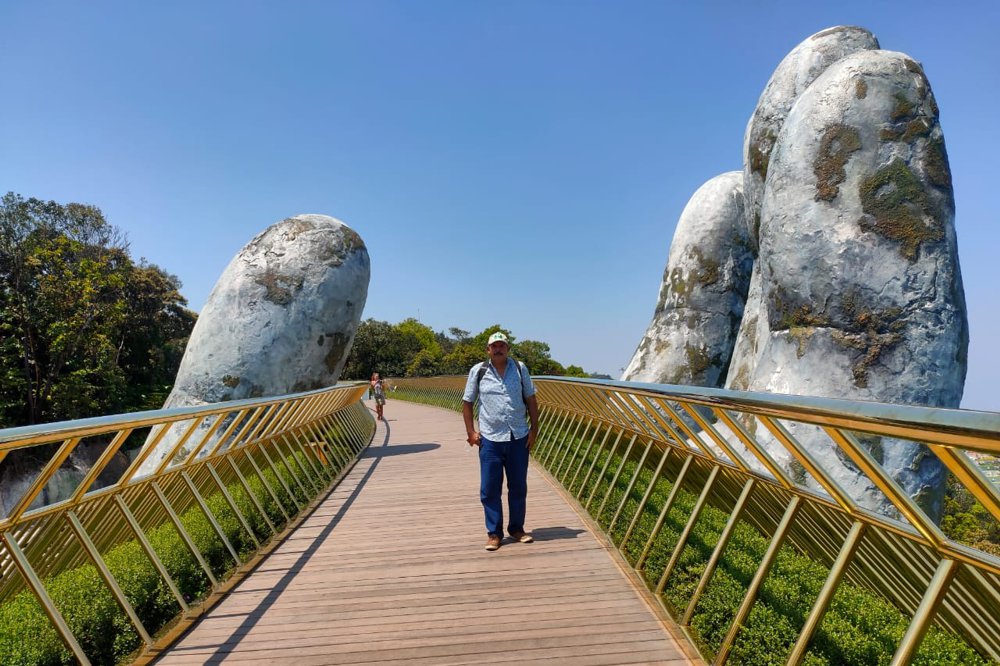
Lucky to not have lots of people around
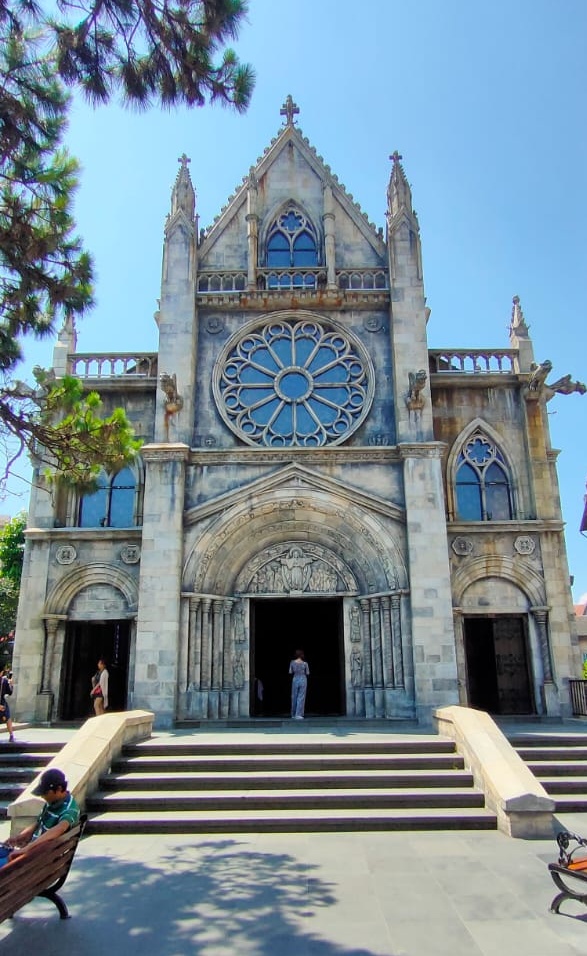
The French Gothic-style cathedral
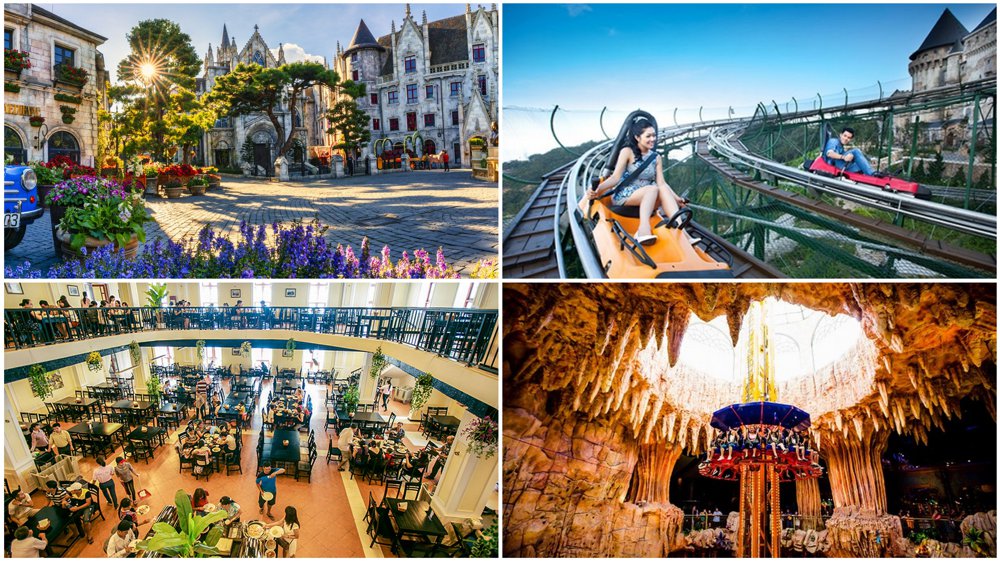
The admission ticket includes the cable car ride – up and down, access to the amusement park’s facilities and lunch.
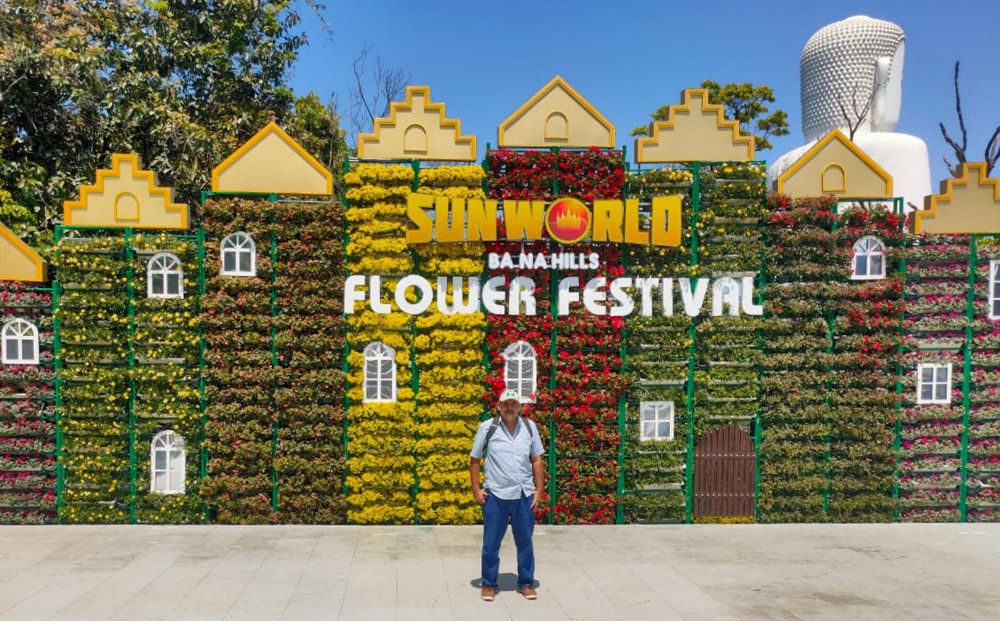
When I was there, the Flower Festival was in progress, and the whole area was blooming with tulips and other exotic flowers.
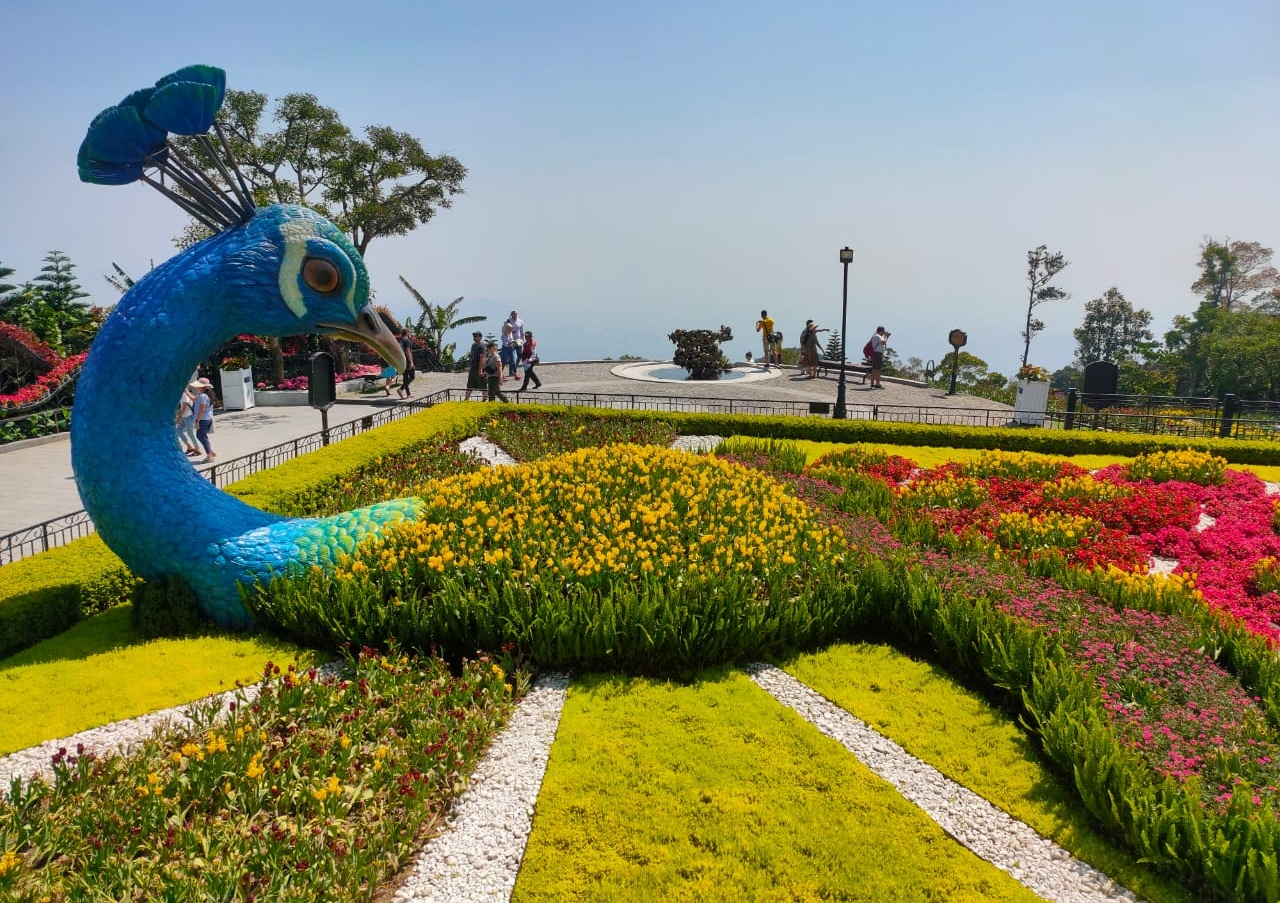
Left the hotel at 8 in the morning and was back at 5pm. Ba Na hills are about 45 minutes drive from Hoi An.

My Son Temple Ruins
Surrounded by lush jungle-covered mountains, My Son is a ruined Cham-era temple city that dates from the 4th century. This old Hindu religious centre was still very much in use during the 7th to 10th centuries and only fell into complete decline and abandonment during the 13th century.
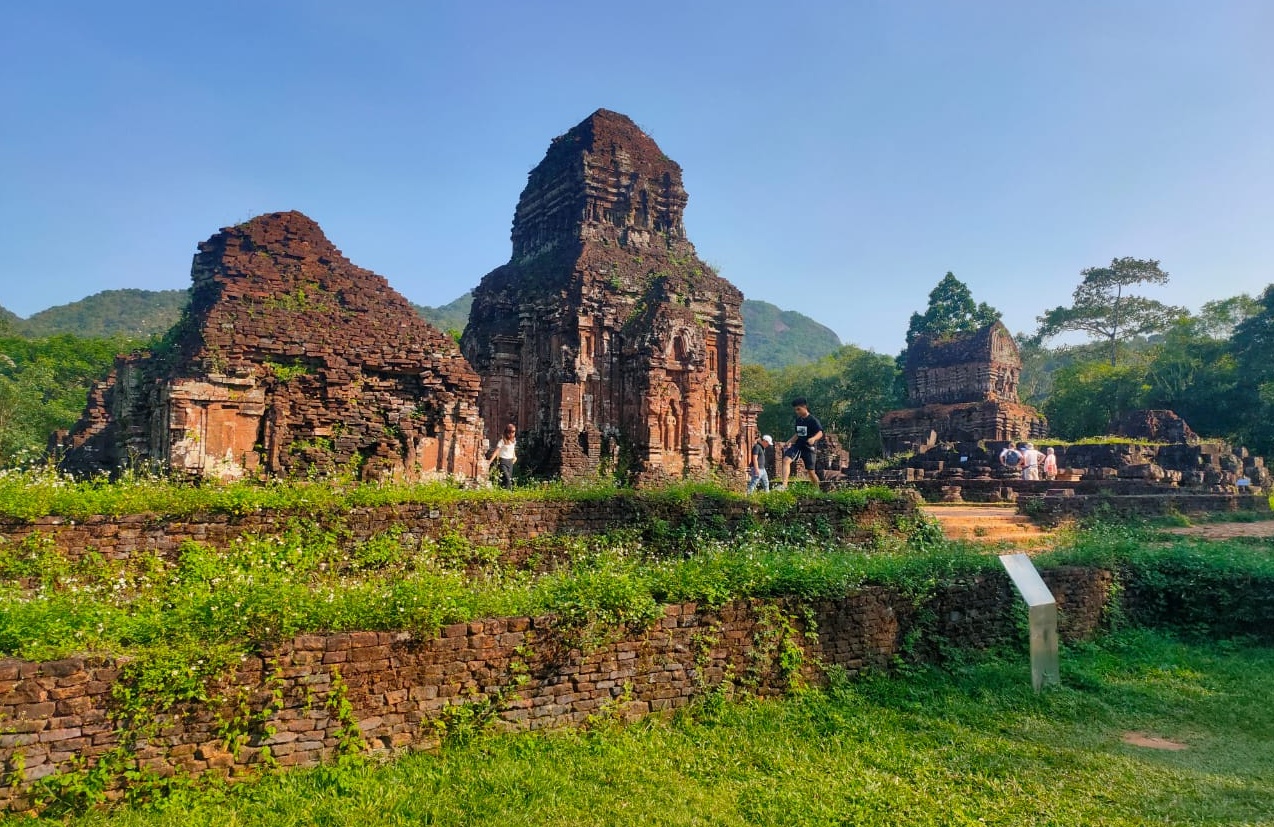
There are around 20 temple structures still standing here, all built of brick or sandstone blocks and showing interesting influences from various Asian empires, including Indian and Malay.
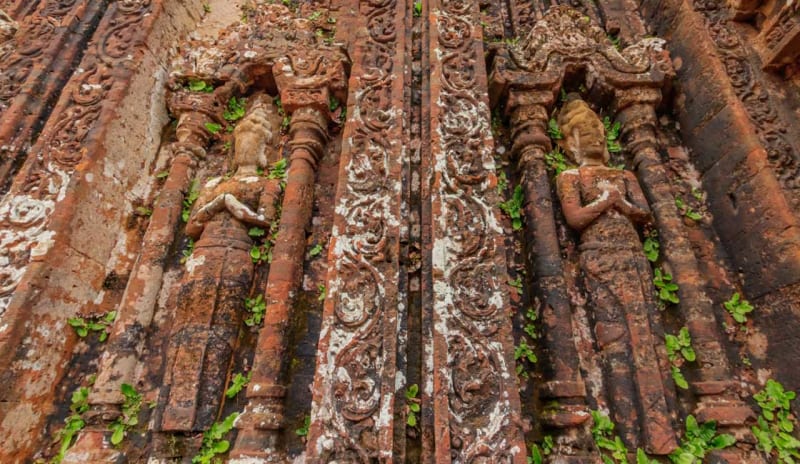
My Son ruins
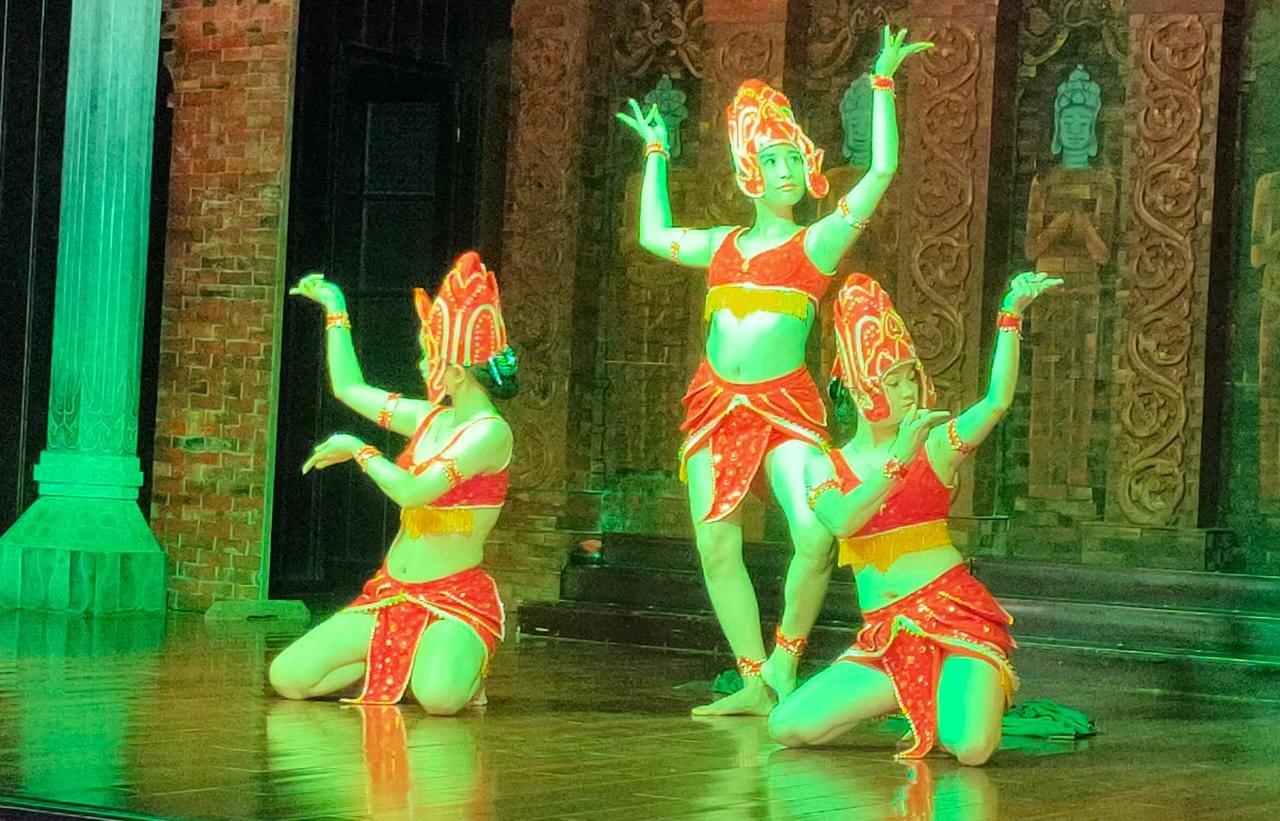
Champa Dance
Check the schedule as you enter the site and try not to miss it. It’s lovely, interesting, and included in the price of your ticket!
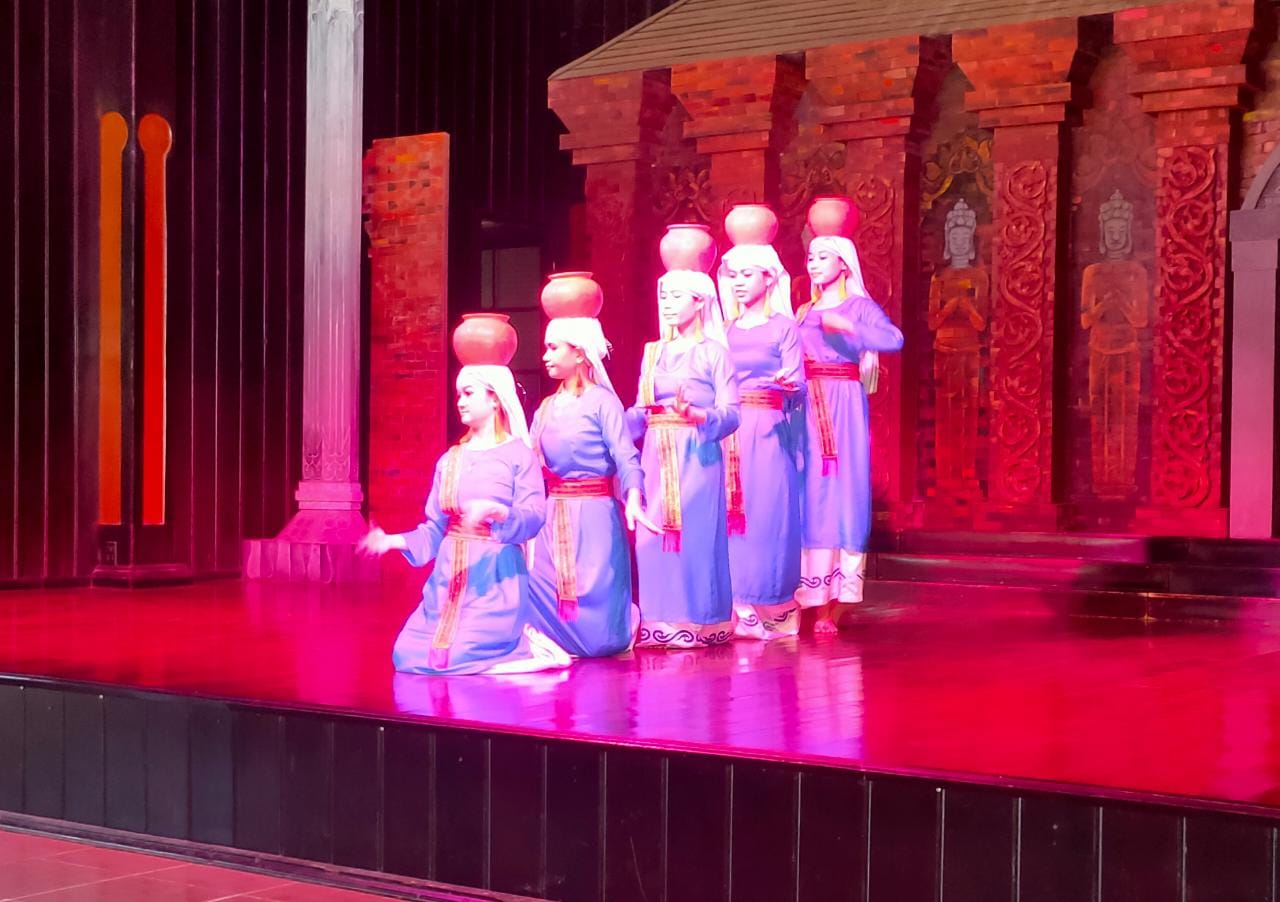
Its around 30 minutes long

The Archaeological Survey of India is helping in the restoration of these ruins.
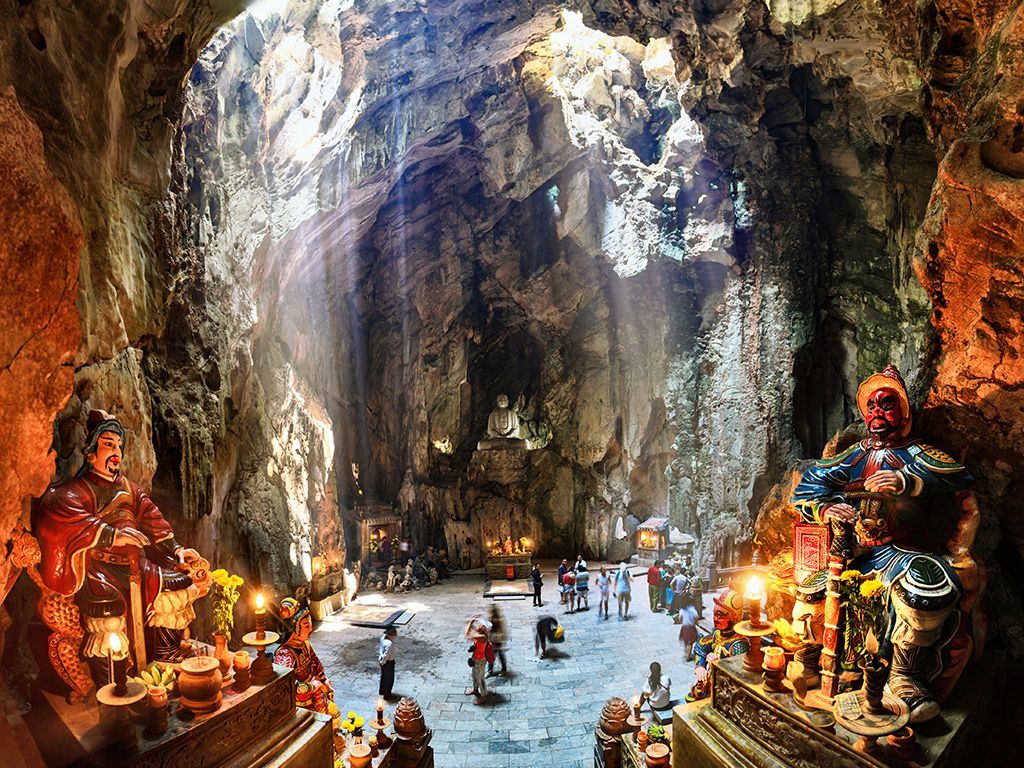
Marble Mountains
Located between Hoi An and Da Nang, the Marble Mountains are also known by the name of the Five Element Mountains; each represents one of the five essential elements: Kim (metal), Tho (earth), Moc (wood), Hoa (fire), and Thuy (water).
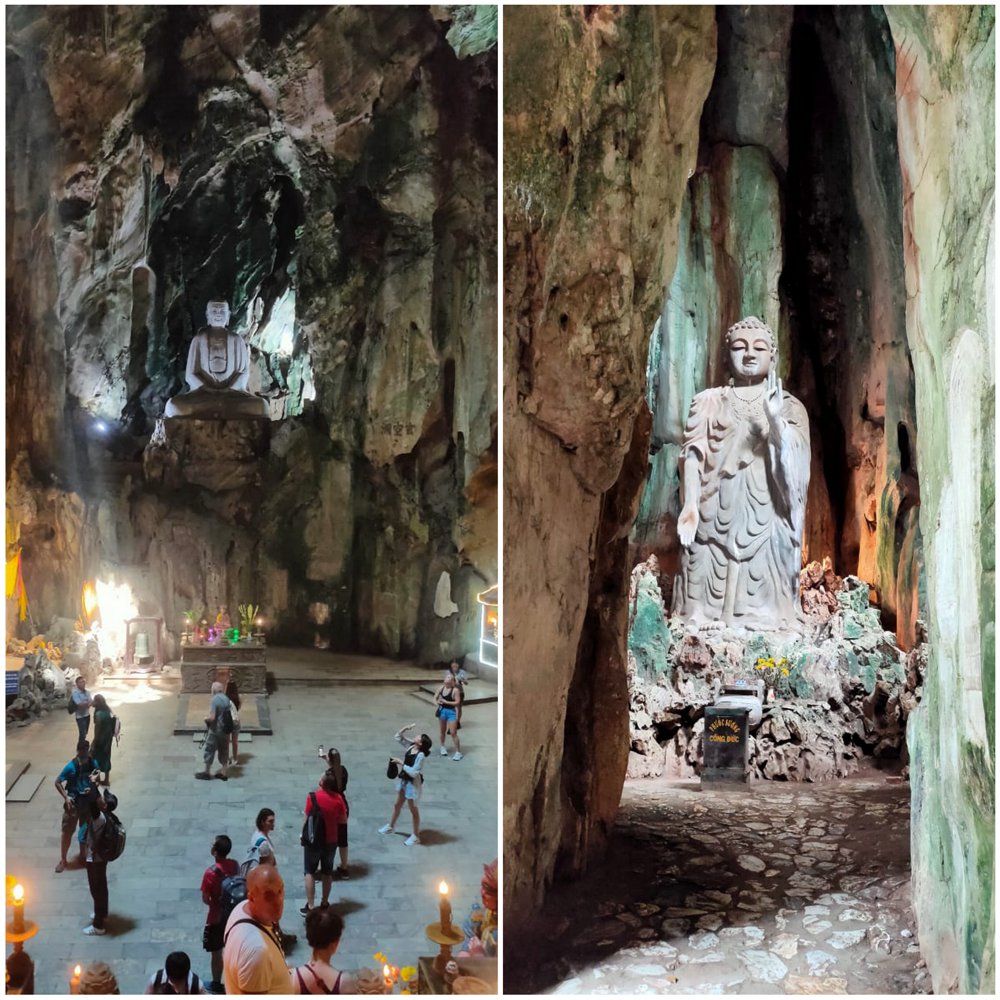
The Marble Mountains are home to several pagodas and statues, as well as different caves and tunnels, and offer breathtaking views of the surrounding area. You can get to the top by either climbing 156 stairs or taking the elevator, which makes it accessible to tourists of all ages.
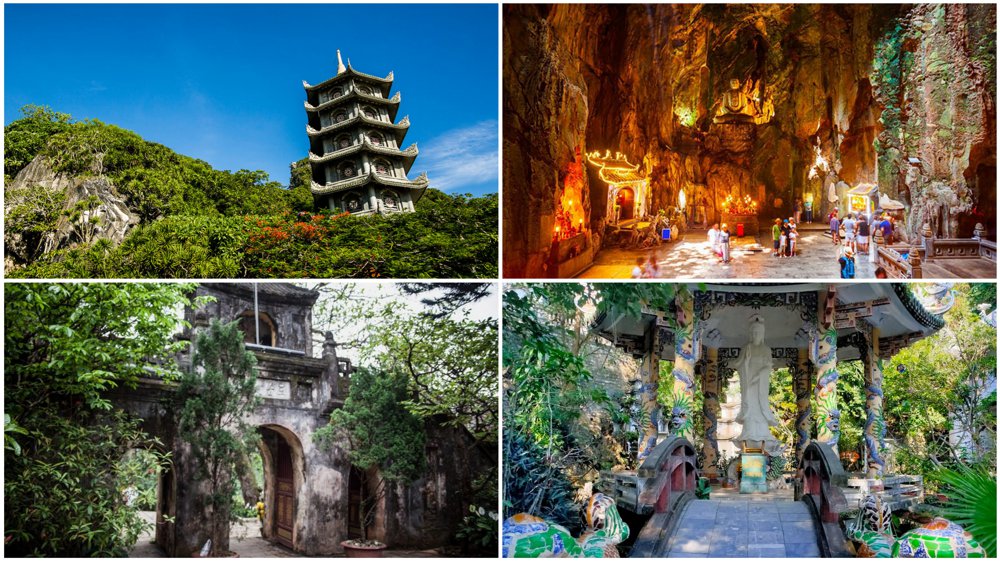
The Vietnamese King Minh Mang named the mountains “Ngu Hanh Son” (The Five Elements Mountains) in 1825, centuries after the decline of the Cham Empire. During that time, the mountains were an important spiritual destination for Mahayana Buddhists as well as the Vietnamese aristocracy.
Many years later, during the French colonial period, a group of French geologists re-named them the “Marble Mountains,” as we know them today.

The Marble Mountains played an important role in the Vietnam War too. Once a sacred site, the Huyen Khong Cave served as a garrison, used by the Americans and the Southern Vietnamese government. However, after many assaults on the Marble Mountains, the caves fell under Communist control. During this time, the People’s Liberation Armed Forces (PLAF) established a secret field hospital there. At the same time, thanks to its panoramic views, the cave was successfully used to spy on American forces at nearby My Khe Beach.
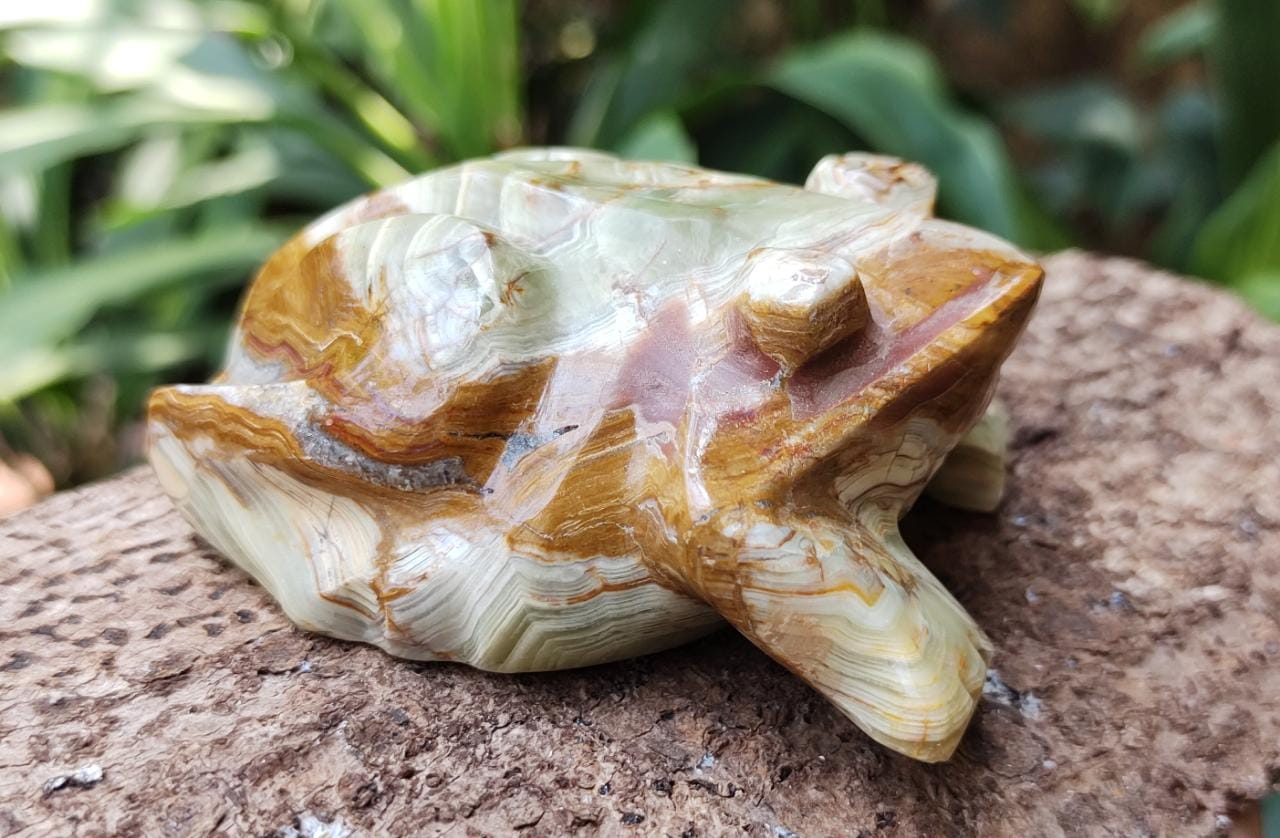
There are numerous marble factories nearby that produce amazing works. The tour also included a visit to a nearby marble factory. I picked this little fellow for my 🐸 collection.
Da Nang
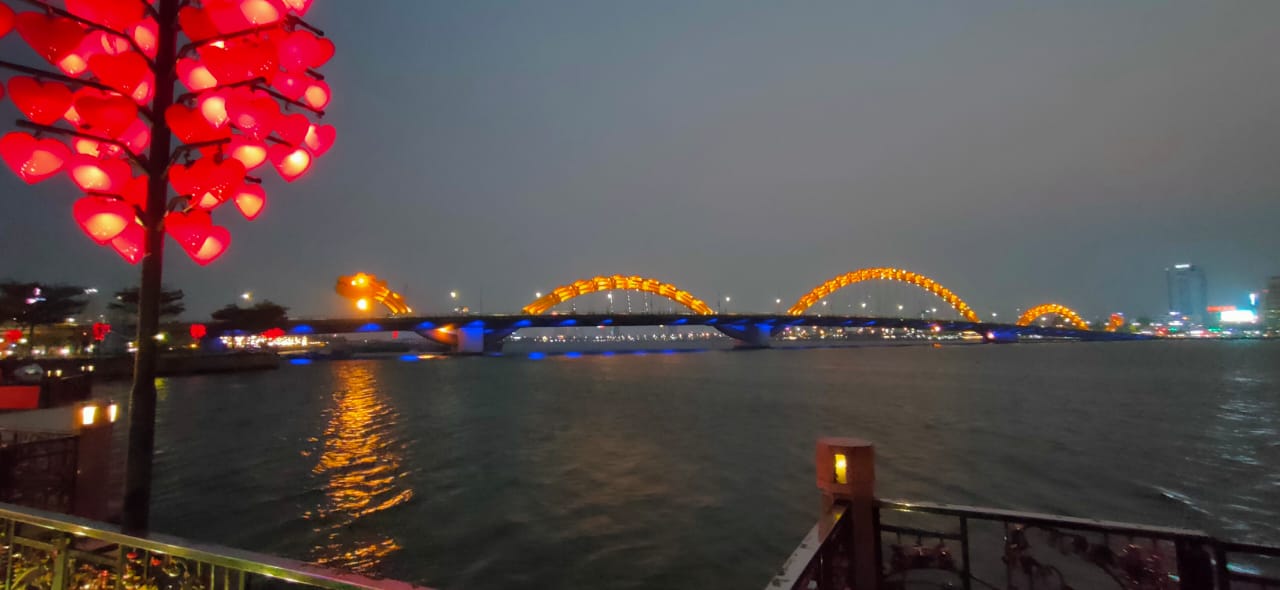
Da Nang is Vietnam’s fourth largest city and has a range of accommodation available, from budget hotels to luxurious holiday resorts along its pristine white beaches. You can stay in Da Nang and visit all the above places, or stay at Hoi An as I did.
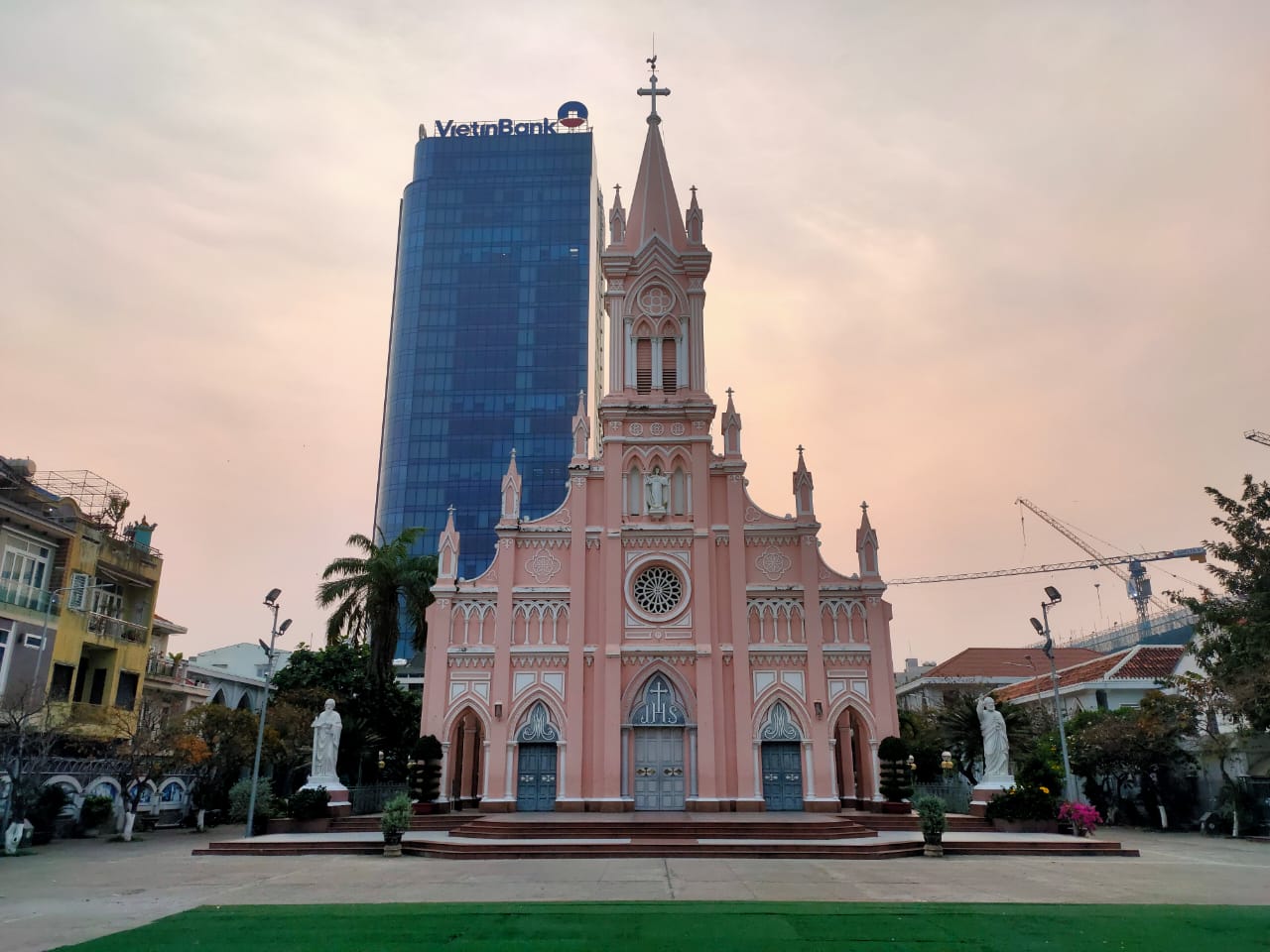
I visited Da Nang for just half a day, so I could not see much.
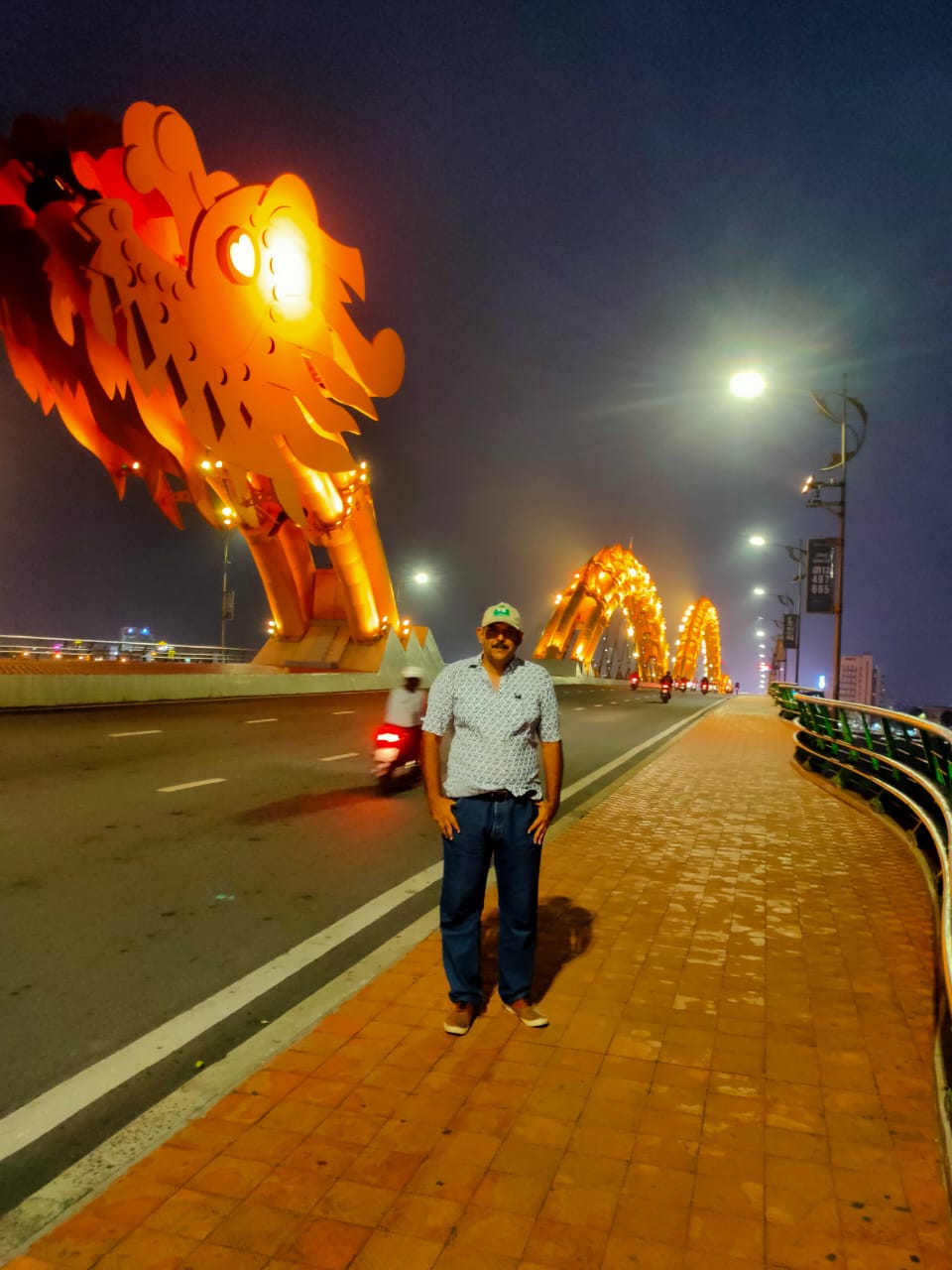
Fire-breathing Dragon Bridge
Shaped to model a majestic dragon of the Ly Dynasty flying to the East Sea, the bridge is one of the most iconic structure in Danang.
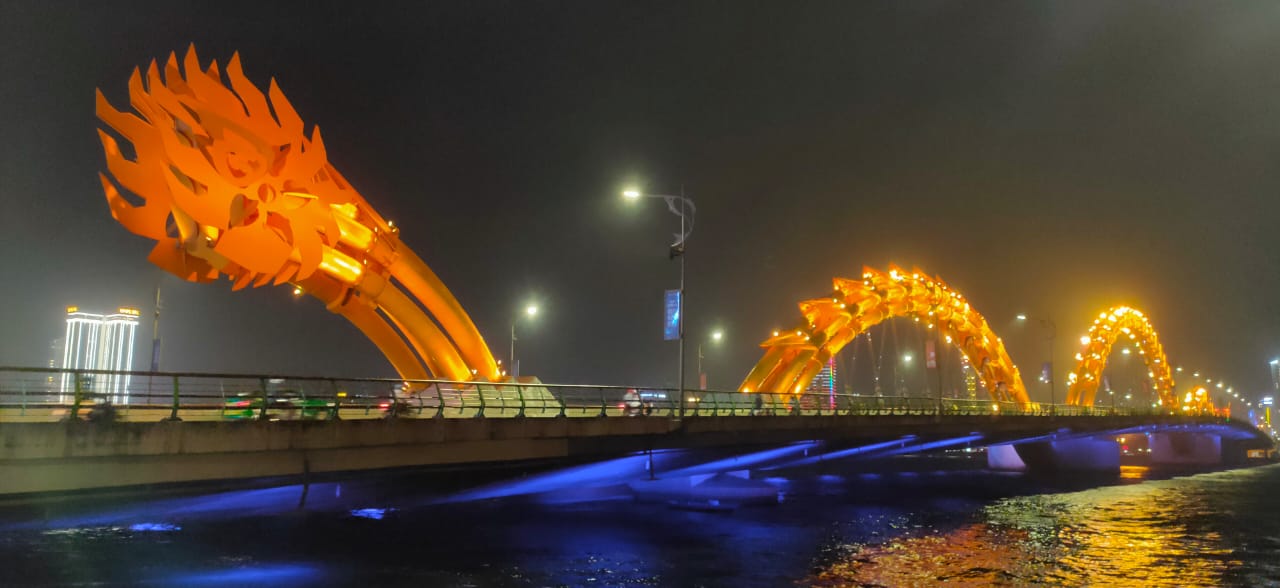
This dragon is part of the 2,185-foot bridge, and its weekend pyrotechnic displays have become a tourist attraction. Regularly, on Saturday and Sunday nights, fire and water spout out of the dragon’s mouth.
I missed the show, as I had gone on a Wednesday, but got this video of it changing lights.
This Youtube video captures it sprouting fire and water.
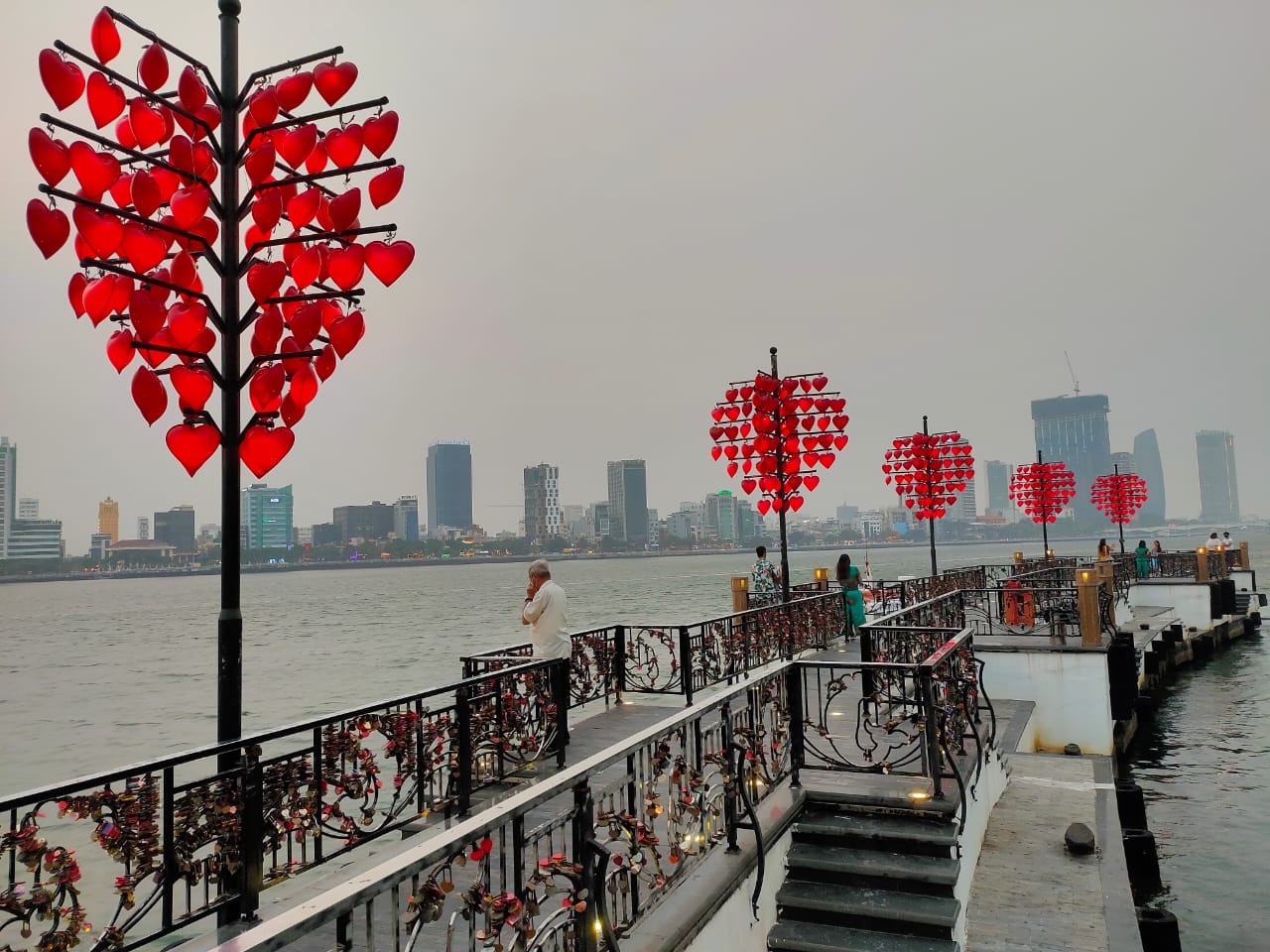
The Bridge of Love Locks
This beautiful pier, which is located near the Dragon Bridge on the Han River’s banks, features “trees of love” lamp-posts with gleaming hand-crafted red heart-shaped lanterns that attract people and tourists who come to visit and take photographs.

📸
Imperial City of Hue
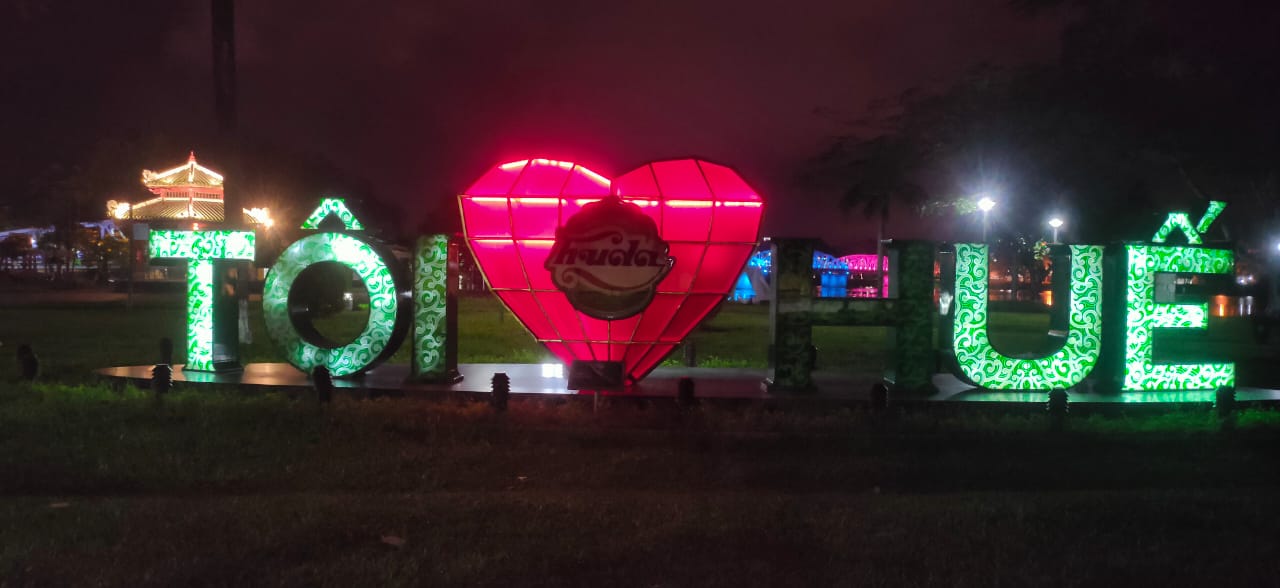
Xin chào!
After spending a week in Hoi An, I was suggested to visit the Imperial City of Hue before returning home because it had many fascinating cultural heritage places to explore.

So I took the 4-hour bus ride to Hue.

Hue is a city in central Vietnam that was the seat of Nguyen Dynasty emperors and the national capital from 1802 to 1945. Set on the banks of the Perfume River, Hue is primarily a historical city which famously houses the Imperial City (declared a World Heritage Site in 1993) within the Citadel.
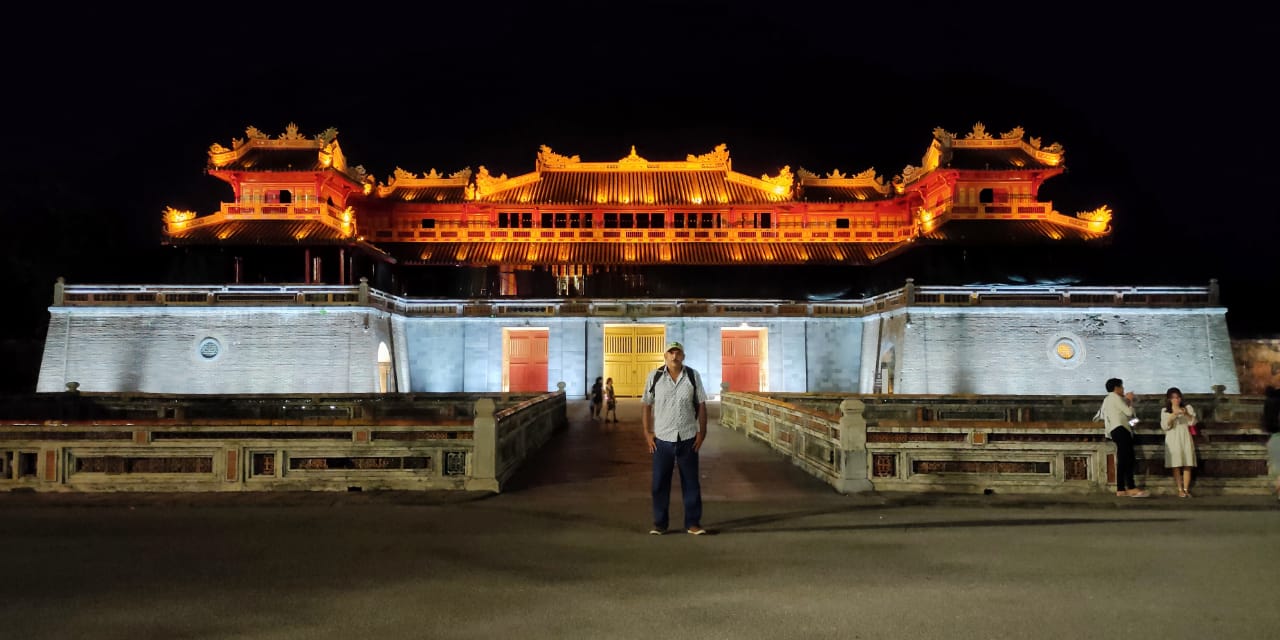
The Citadel
By far the focal point of tourism in Hue, the Citadel is a sprawling complex on the northern side of the Perfume River, and within its deep moat and imposing walls are the courts, temples, gardens, and pavilions of the Imperial City.
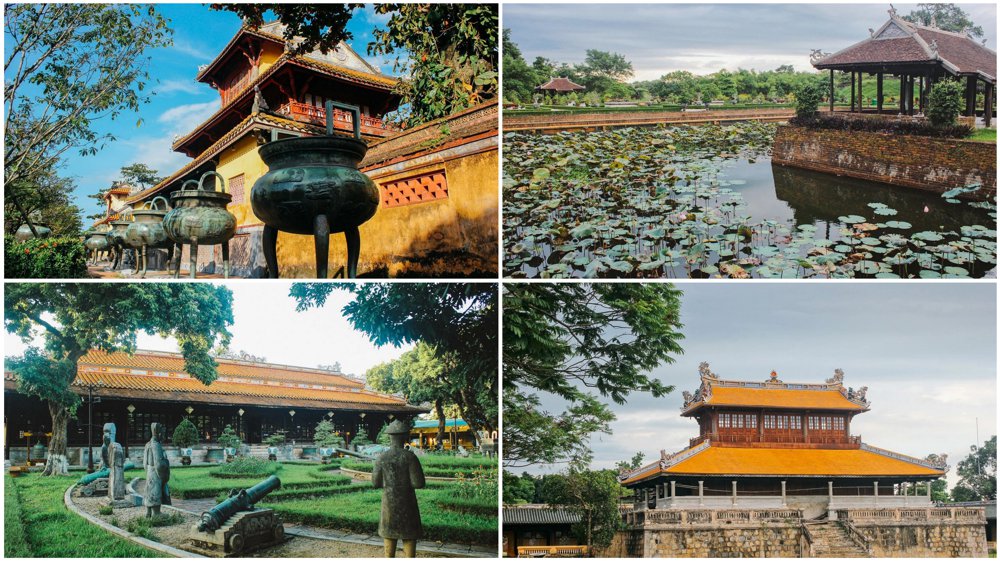
The complex comprises the Forbidden Purple City, royal tombs, pagodas, temples, royal quarters, a library, and a museum. While much of the Imperial Citadel was damaged during the Vietnam War, it is currently being meticulously restored with the assistance of the South Korean government to its former glory.
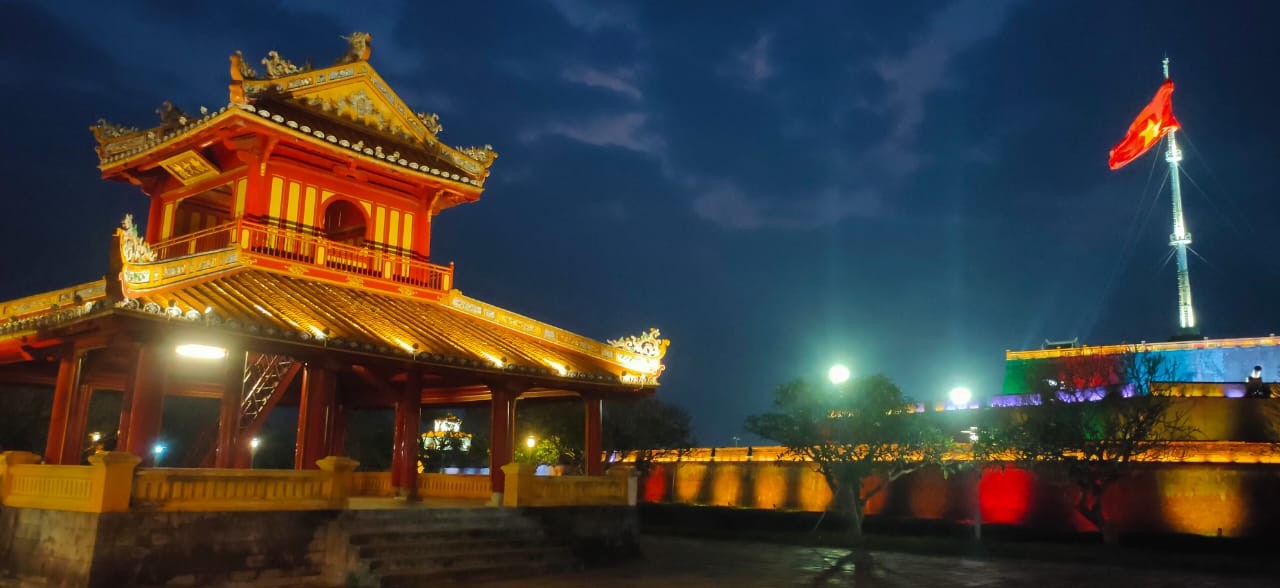
Among the many features of this city is the tall flag tower.
The Citadel and its vast complex will require at least a day to fully appreciate.
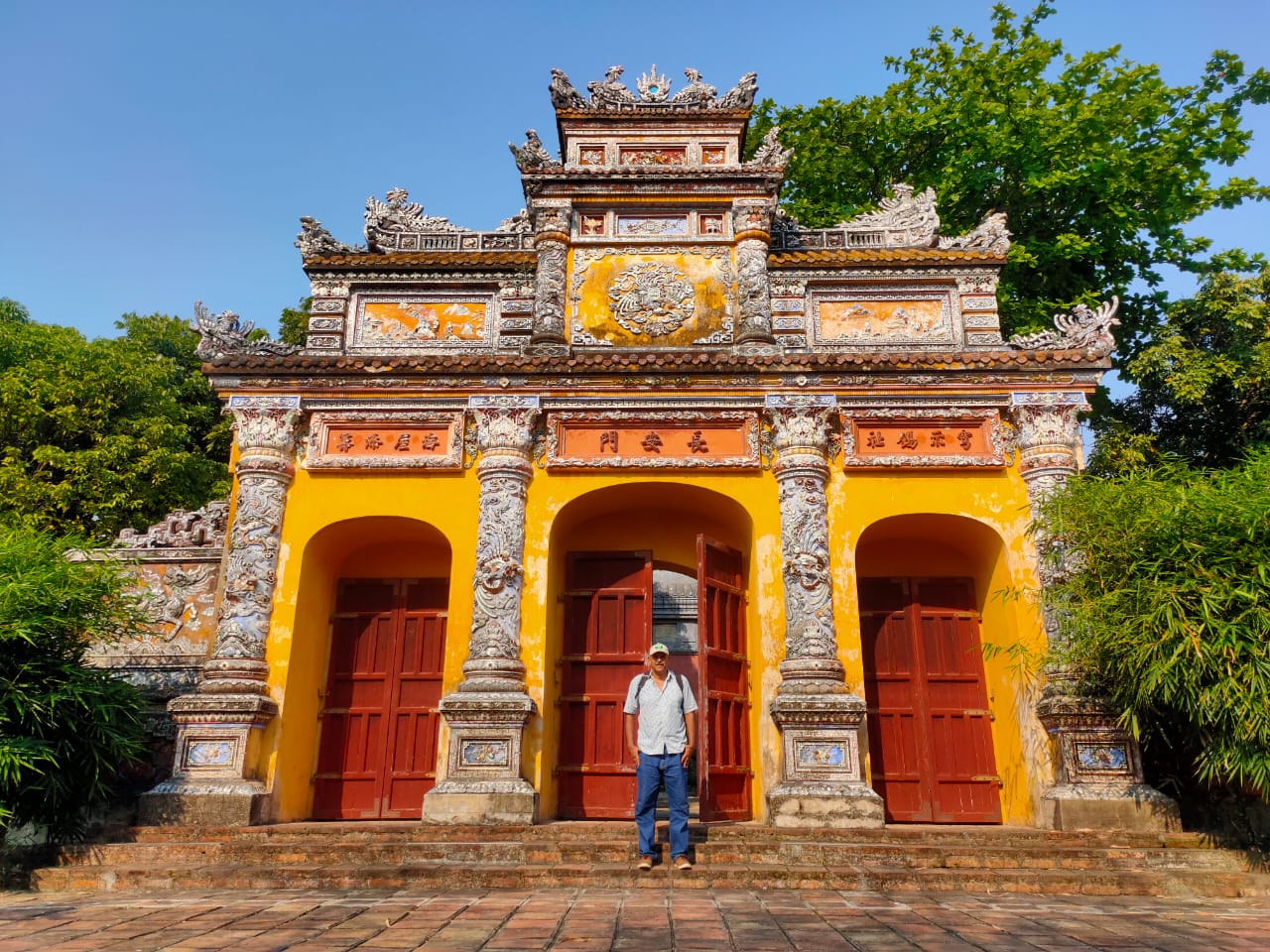
Tombs of the Ancient Emperors
One of the big draws in Hue are the tombs of the ancient Emperors. If you have an interest in ancient architecture and history, you need to visit the tombs that were built in honour of famous emperors of Hue. The tombs mostly date from the 19th and 20th centuries and are carved to tell the stories of Buddhist legends.
Some of the main tombs are the Tomb of Minh Mang, the Tomb of Tu Duc and the Tomb of Khai Dinh.
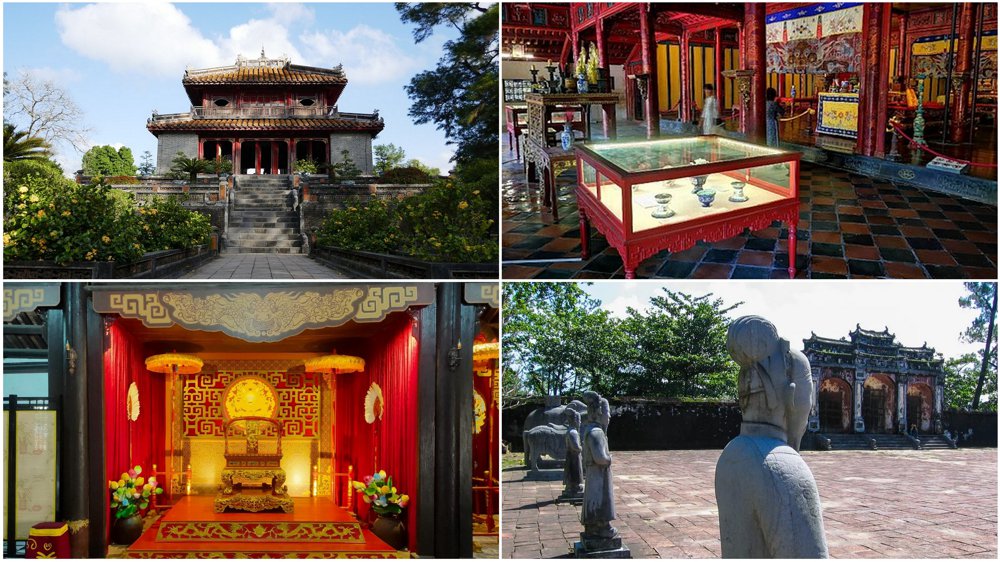
Tomb of Minh Mang
It is a complex consisting of 40 constructions having palaces, temples, terraces, and pavilions spread over a 44-acre site. Surrounded by landscaped lakes and canals, the tomb was constructed in 1840 by the order of King Minh Mang. After his death in 1841, King Thieu Tri continued the task, according to his father’s plan. The monument was finally completed 2 years later.
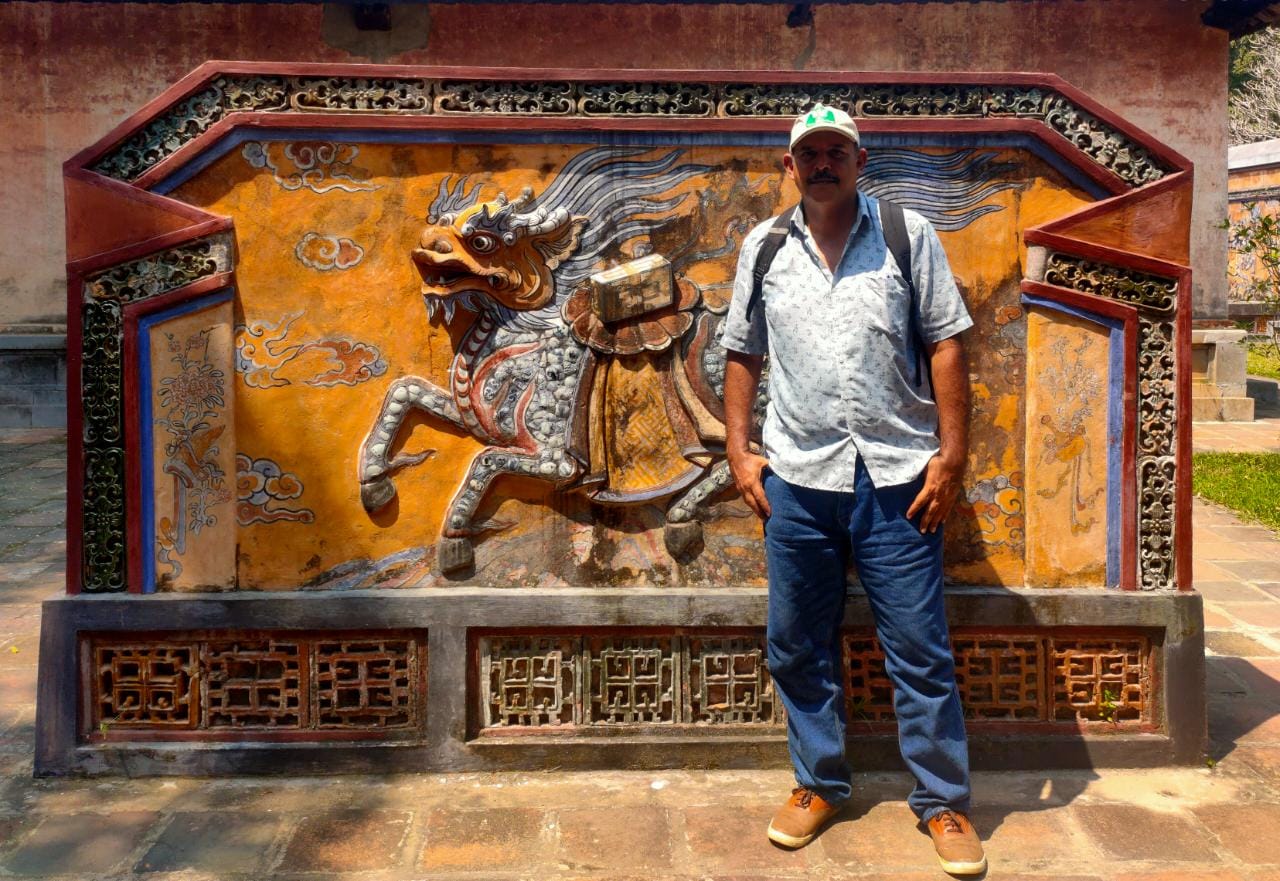
It’s about a 30-minute drive from Hue City Centre, and you will need half a day to see all the major attractions here.
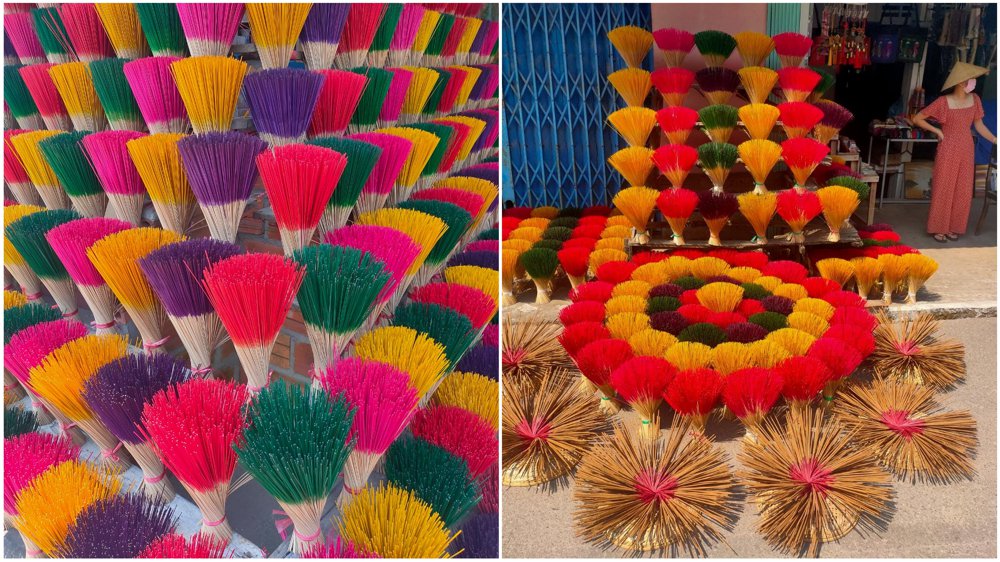
Driving to the Tomb of Minh Mang will take you through a village where incense sticks are made. The roadside are lined with multicoloured sticks that have been left to dry.
https://youtube.com/shorts/bnvf0JNhlO8
You can also watch them make the sticks.
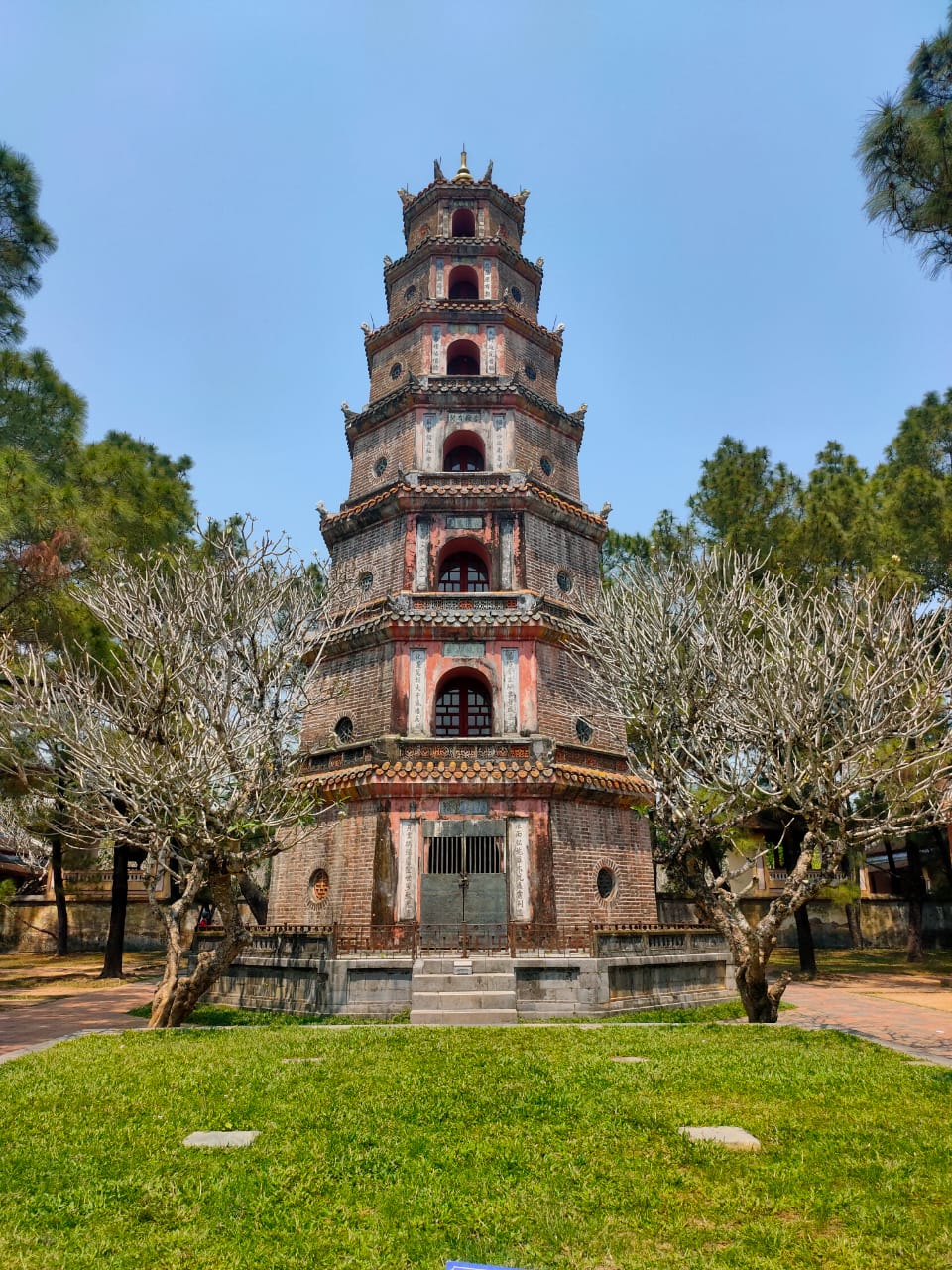
Thien Mu Pagoda
The pagoda, the unofficial symbol of Hue, is set atop a hill, offering breathtaking views of the Perfume River and Hue Imperial City. One of its standout features is a 21-metre-tall octagonal tower called Thap Phuoc Duyen, which was built in 1844 during the reign of Emperor Thieu Tri.

The main sanctuary houses wooden sculptures of temple guardians, gold-plated Buddha statues, and a 2-tonne bell cast in 1710.
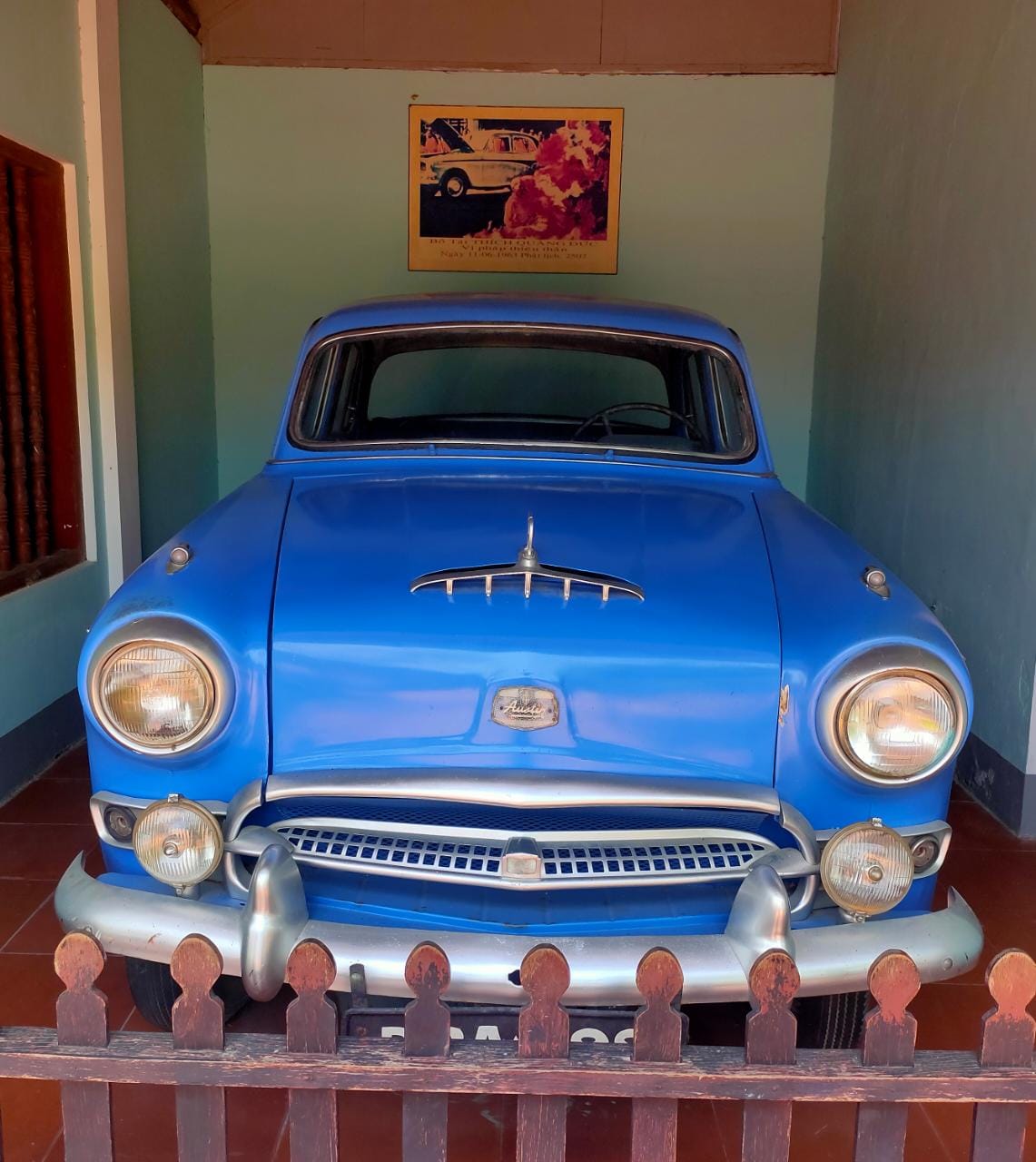
The Thien Mu Pagoda was also the home monastery of Buddhist monk Thich Quang Duc, who shocked the whole world when he self-immolated in protest against the persecution of Buddhists by the South Vietnamese government.
This is the blue Austin car that the Buddhist monk Thich Quang Duc drove from Hue before setting himself on fire at a busy Saigon road intersection on June 11, 1963.
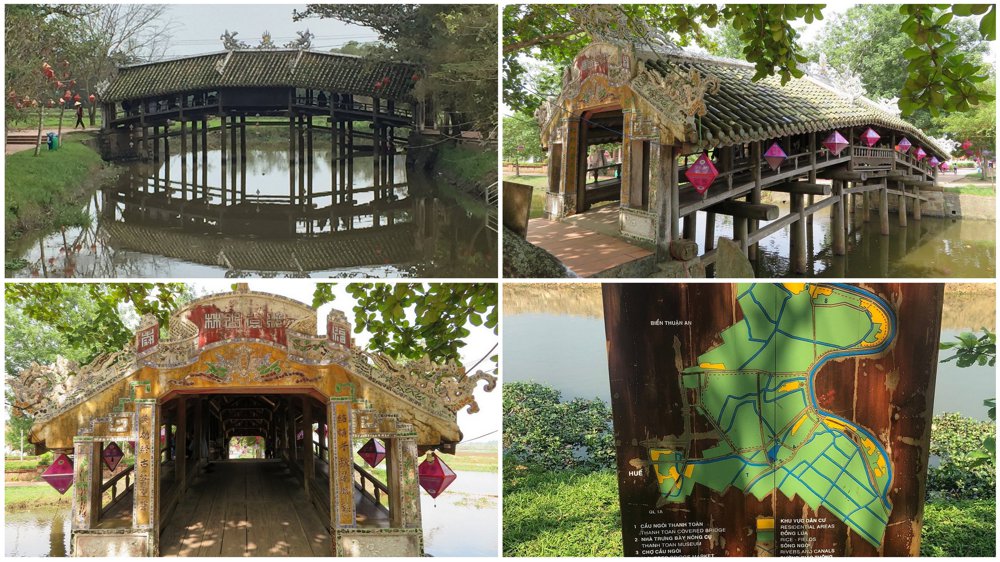
Thanh Toan Bridge
A tile-roofed footbridge similar to Hoi An’s Japanese Bridge. It features ancient Chinese and Japanese motifs, as well as ornate carvings. Built during the reign of Emperor Le Hien Tong (1740–1786), this wooden bridge is built over the Nhu Y River, spanning 17 metres in length.
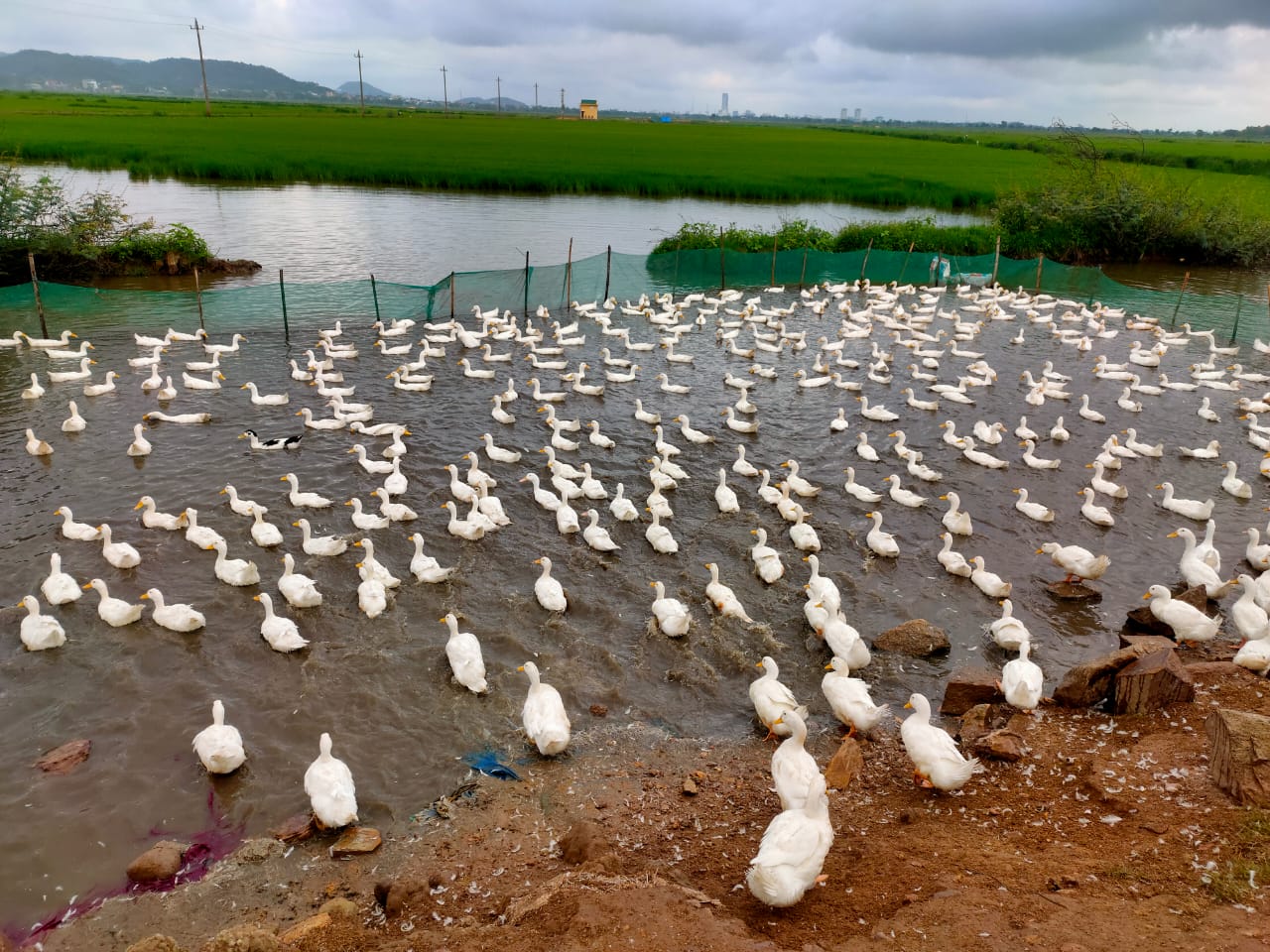
It is a pleasant 20-minute ride from Hue City Centre. Along the way, you’ll pass by several traditional villages, rice paddy fields, and pagodas.
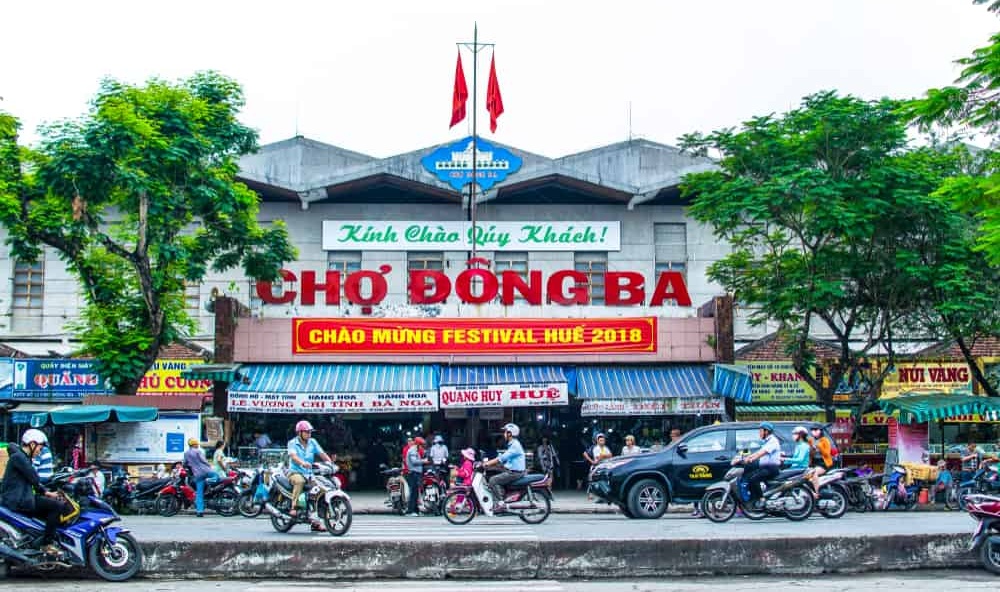
Dong Ba market
With thousands of stalls, the market is the largest and oldest shopping place in Hue and is the perfect market at which to buy anything from local produce and handmade artisan goods to jewellery, clothing and more.
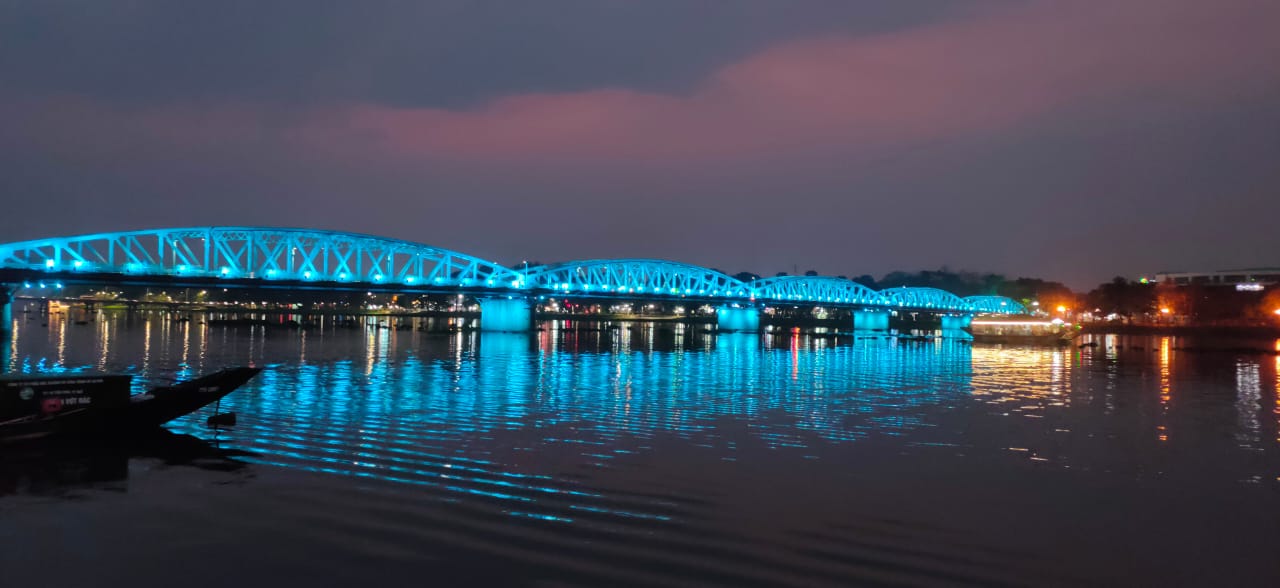
The Perfume River
The river gets its name because of the strong floral scent from the wilted flowers that are carried through its flow from upriver orchards.
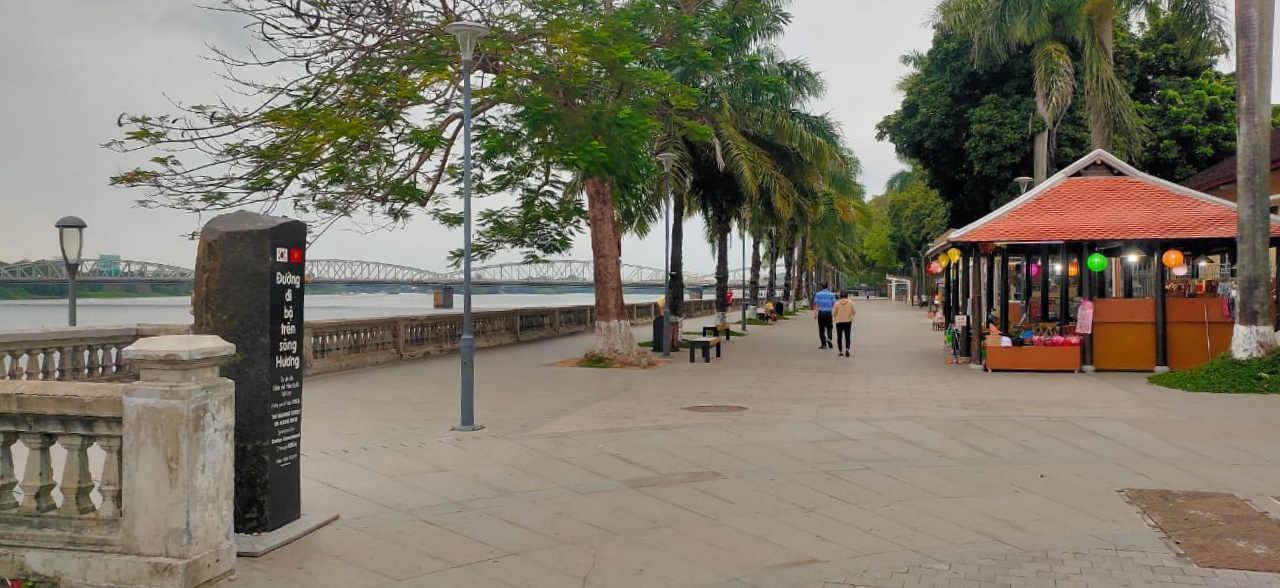
There is a lovely waterfront promenade with eateries that runs along the river’s banks.
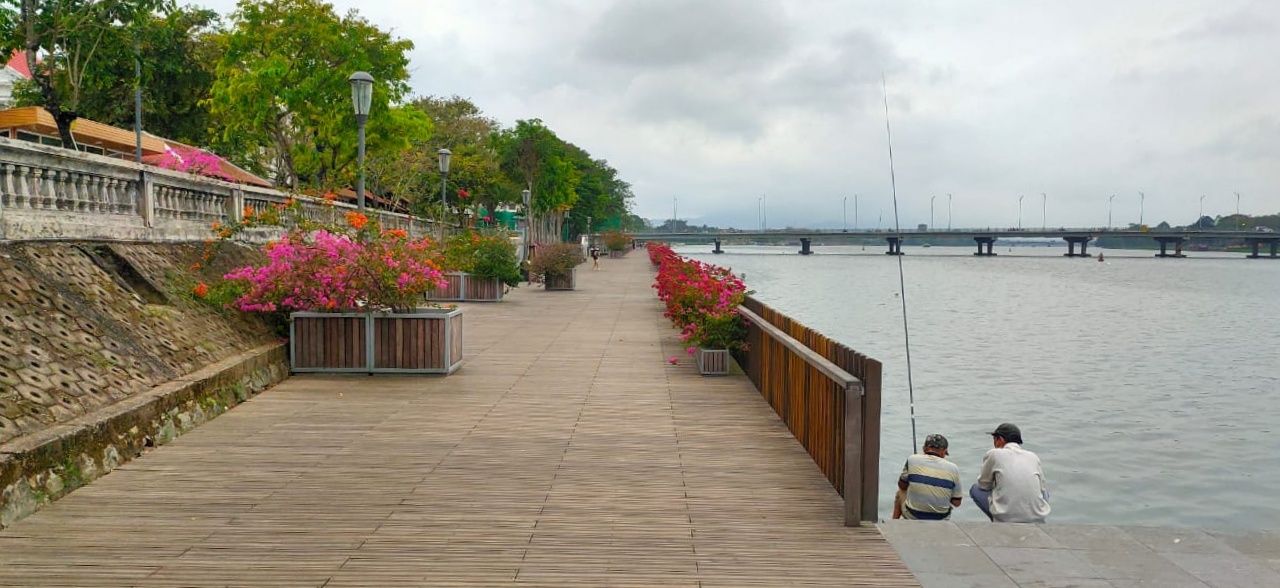
Most of Hue’s iconic attractions, temples, and local villages are set along the Perfume River. Numerous tour operators offer paddle boat rentals, boat rides, and dinner cruises at various points along the river.
The Truong Tien Bridge lit up with electrifying lights.

All of these places I visited with the assistance of a guide who drove me around on his motorcycle.
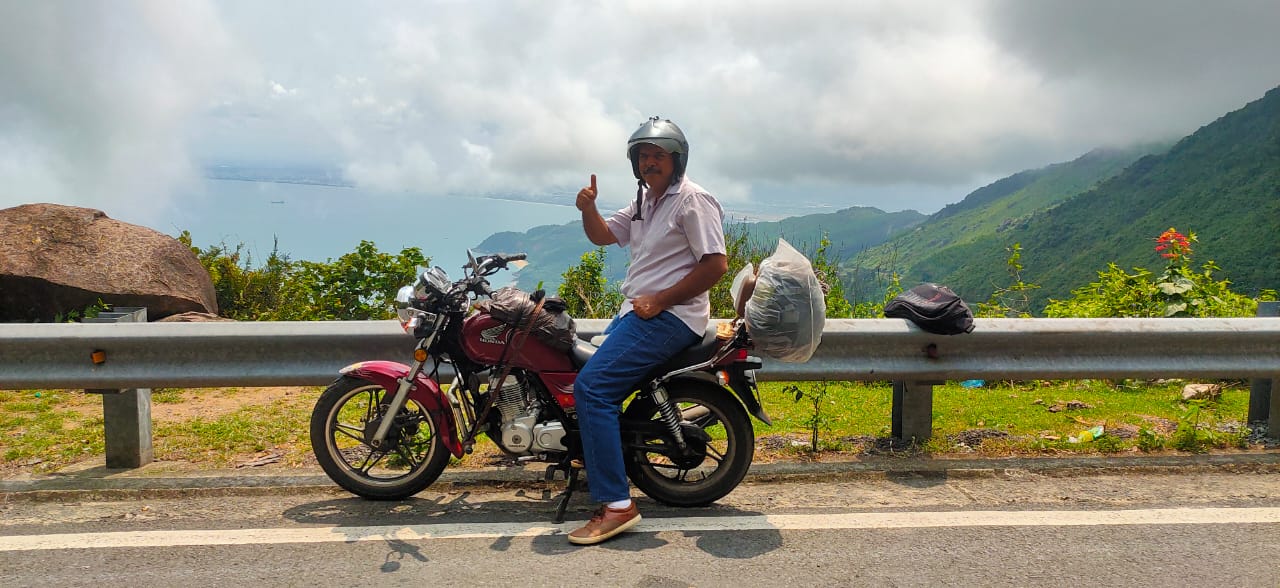
Hai Van Pass
On my last day in Hue, I hired a motorbike driver to take me to Da Nang airport because I wanted to ride on the Hai Van Pass, which had been in the news due to a ridiculous BBC Top Gear episode.
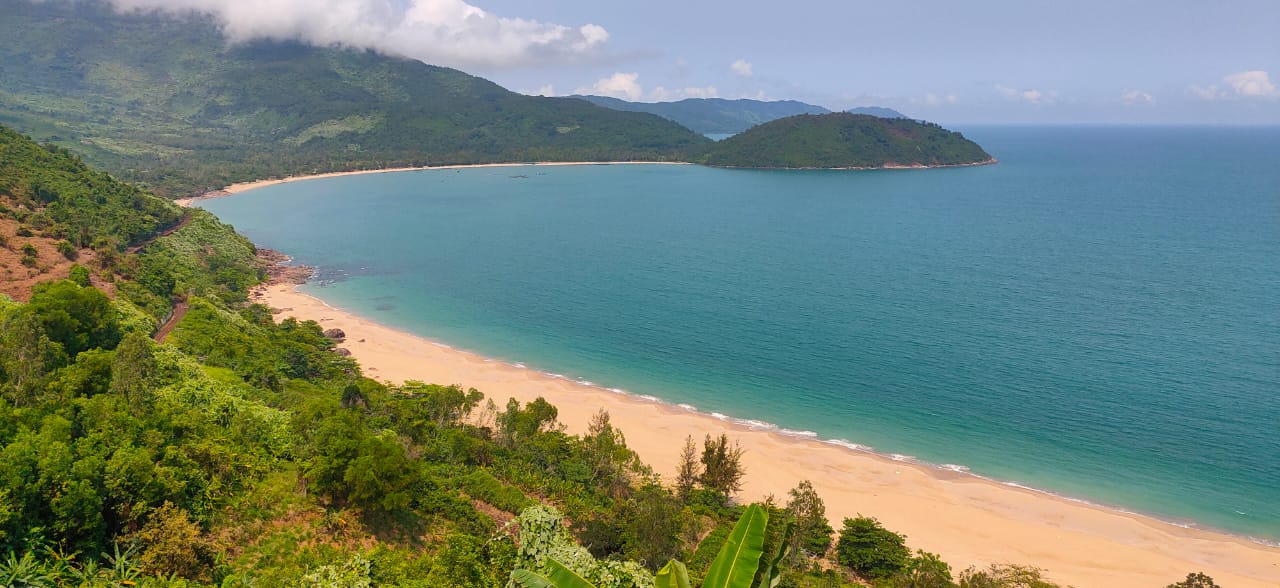
The pass is located in the Bach Ma mountain range. One side offers a beautiful coastal view, while the other brings a breathtaking mountain view, making for some truly spectacular views.

Time lapse – Motorcycle ride on the Hai Van Pass
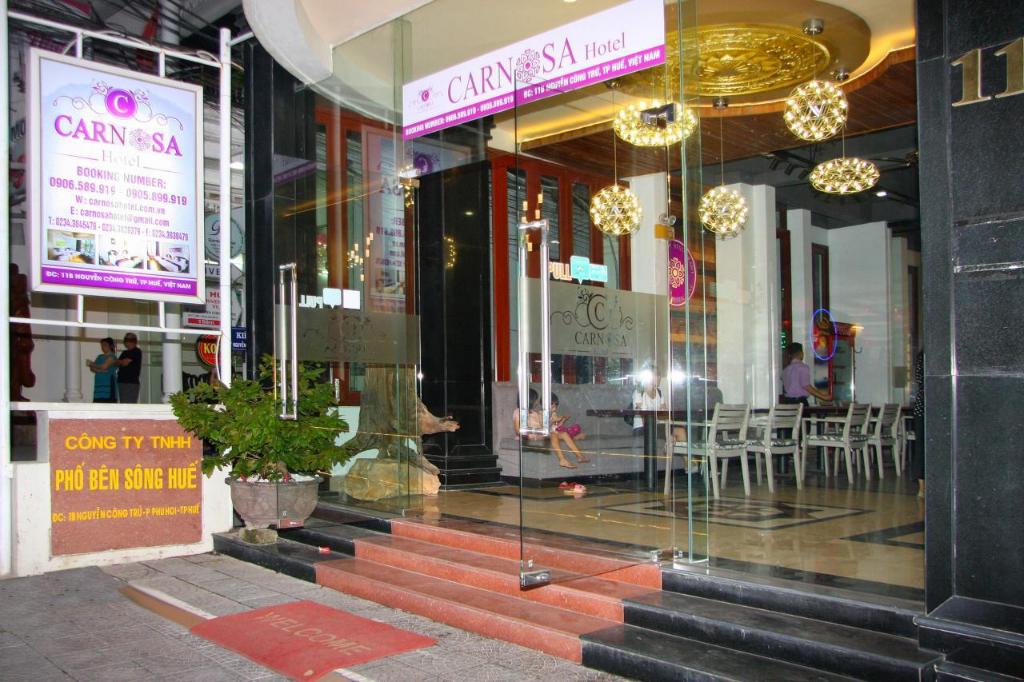
Hotel I stayed in Hue: Carnosa Hotel
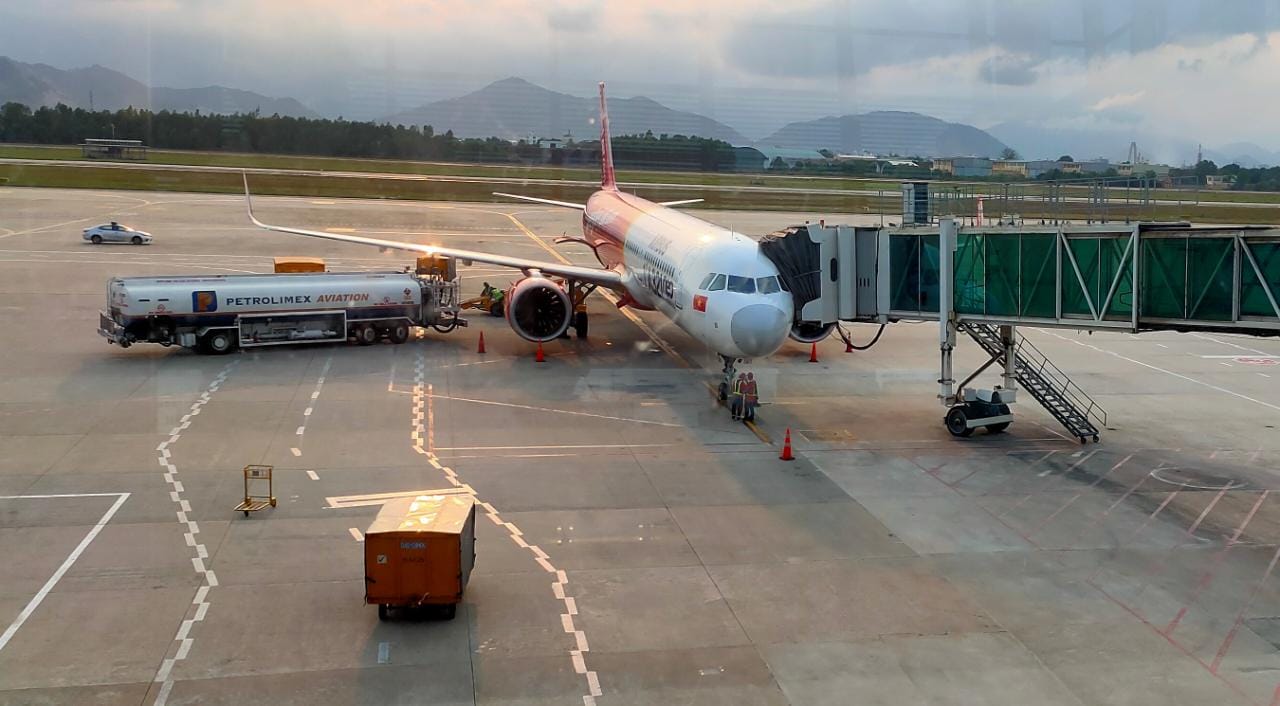
Flying back to Ho Chi Minh City, I stayed at the same hotel.
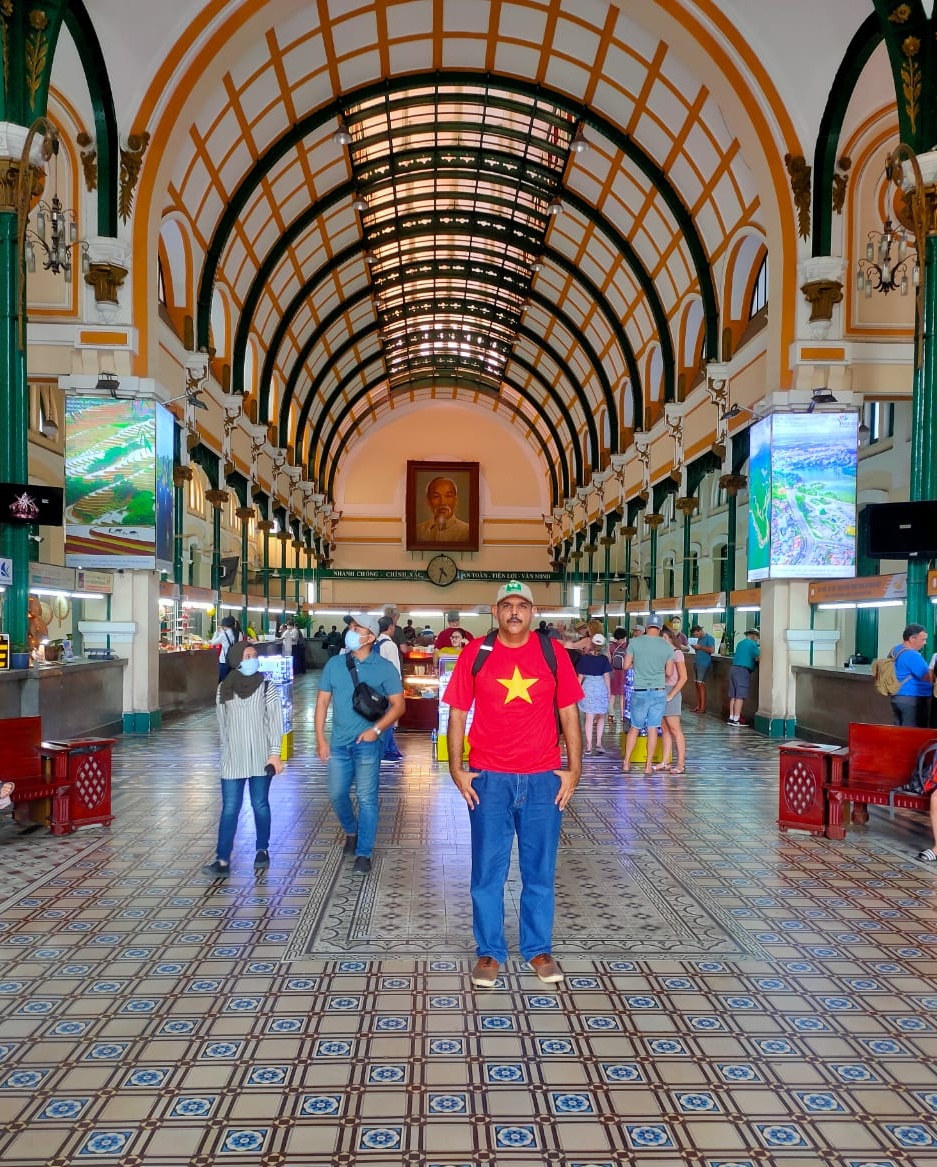
I did some last-minute shopping for souvenirs and dropped off some postcards at the post office before flying back to Delhi the next day.
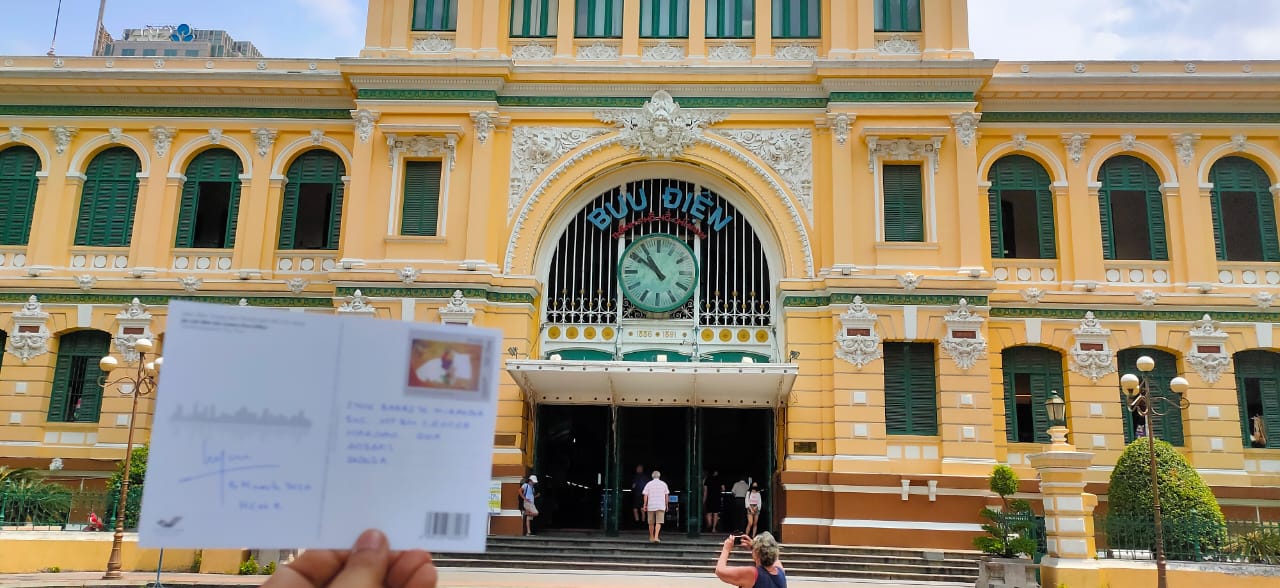
Out of the 10 that I posted, I only received 2 😰
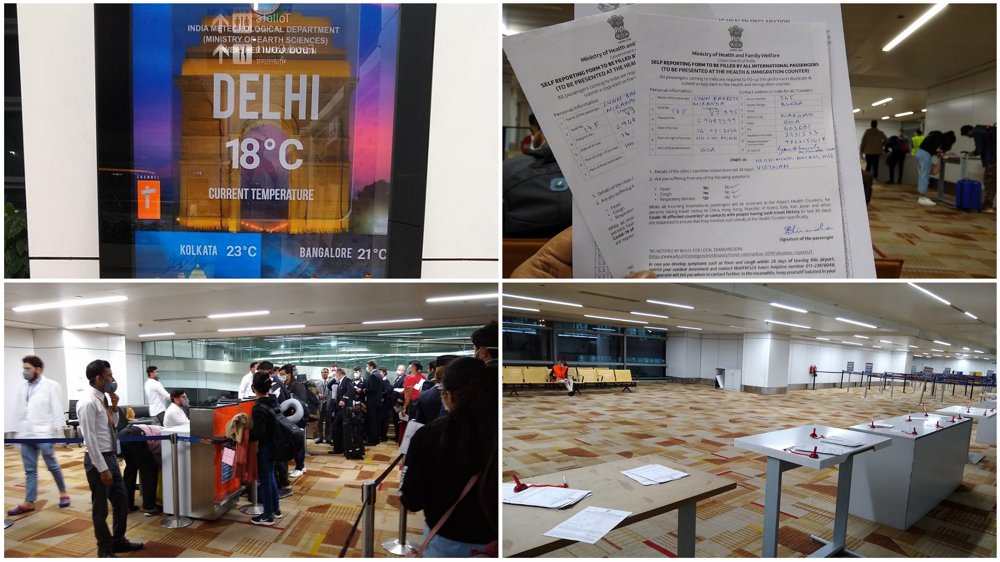
On arrival at Delhi airport, I had to fill out this COVID questionnaire before catching the flight back home to Goa.
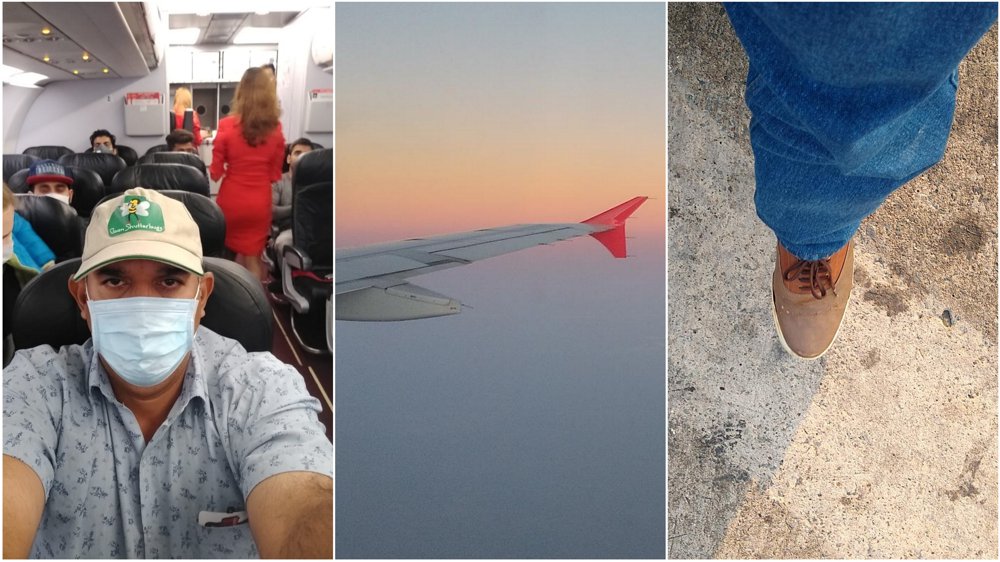
G😊A

Tạm biệt.
I hope you liked the travelogue and that you have the chance to visit Vietnam soon and enjoy it as much as I did.
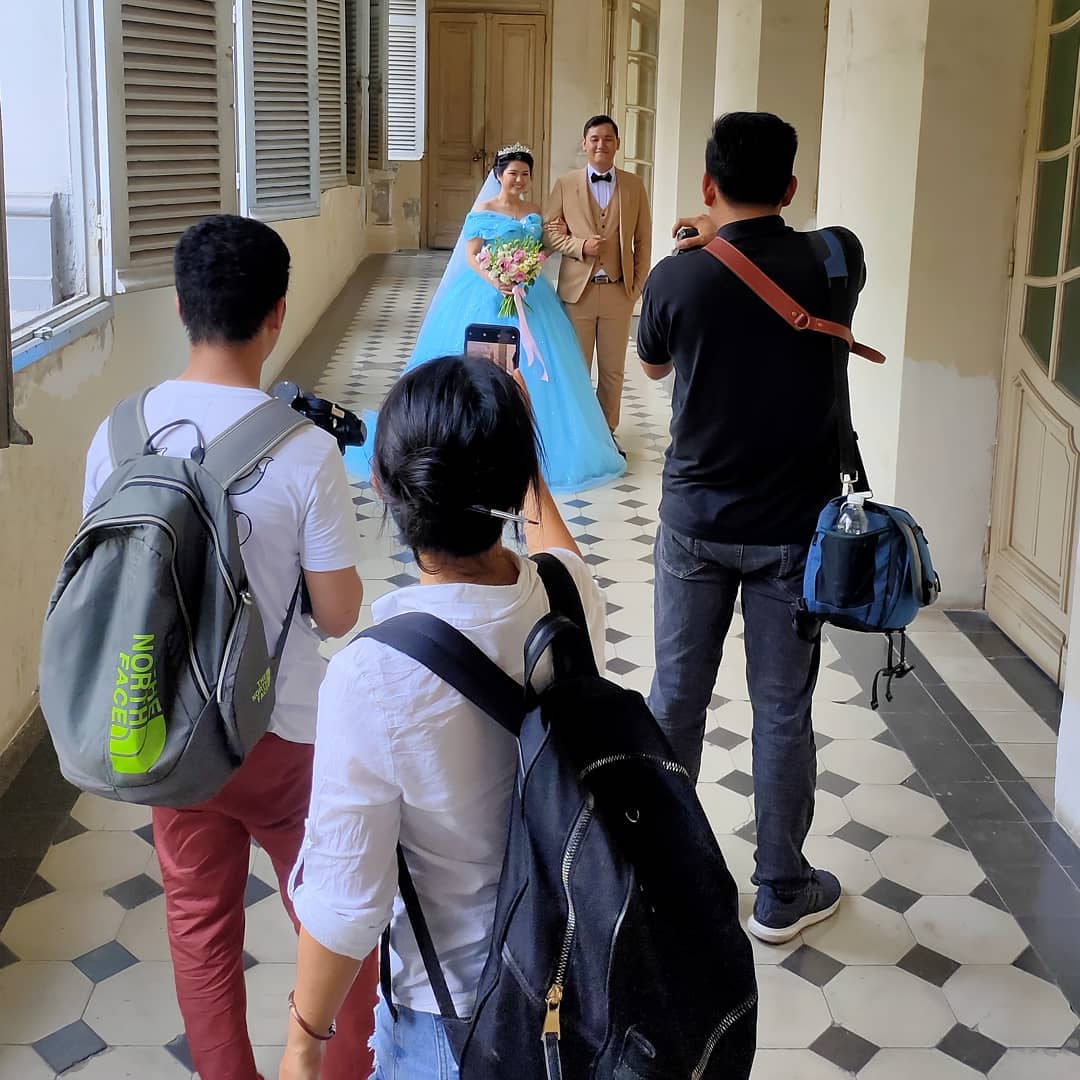
These are some of the questions you’ve all asked over the last three days; if you have any more, please feel free to contact me.

How to travel between major cities?
All major cities are connected by Vietjet and Vietnam Airlines, which are the quickest options. Trains and air-suspension sleeper buses are available too.

Any other places worth visiting?
Hanoi, Halong Bay, and Sapa are worth visiting too. Some friends went in September 2019 and loved it.

Nalita went there too, with her husband and daughter, and you can read about her experience on her blog.
https://knalstories.blogspot.com/2018/12/thrilling-north-vietnam.html

How many days are required to see Vietnam?
It all depends on what and how much you want to see.
A minimum of 12 days in each location.
North: Hanoi, Halong Bay and Sapa
Central: Hoi An, Da Nang and Hue
South: Ho Chi Minh City, Mekong Delta and Cambodia

What language is spoken in Vietnam?
Vietnamese is their national language. English and French are also spoken by a majority of the population.
If not, you can always use Google translate.

Do a lot of tourists visit Vietnam?
90% of tourists visiting Vietnam are Chinese. Luckily, when I went in March 2020, the Chinese were banned from entry into the country because of the COVID pandemic and the places I visited were hardly crowded.
The guide at BaNa Hills told me that before the ban, they used to receive around 10,000 visitors per day; after the ban, they had fewer than 1000.

What kinds of hotels are available?
All types. From hostels for backpackers to 7-star resorts.

How do you book your hotels?
I use websites like Agoda, Booking.com, Expedia, etc. Before choosing a hotel, I check the reviews and photos posted by guests. Most offer payment at the hotel, so if it’s not as per your expectations, you can always cancel the booking.

Is Vietnam a modern country?
Yes. Ho Chi Minh City and Da Nang have glittering new skyscrapers and modern buildings while still retaining their old, beautiful colonial heritage. The Chinese have invested heavily, and now the Americans have followed. Massive 10-lane highways connect the major cities.
View from the Saigon Skydeck

What kind of food is available?
All kinds. You will not go hungry 😋

Do they accept US dollars?
Yes. You can pay in dollars at most places.
Or you can exchange dollars for dongs at banks or at one of the many money exchange shops. If you happen to have extra dongs when you are returning, you can exchange them for dollars at the airport.

How is the traffic in Vietnam?
In Vietnam, there is roughly one motorcycle per person, and the roads are congested. However, everyone adheres to the traffic signal laws. When the pedestrian lights are on, you can safely cross the road.

Do you organise tours?
No, but you may contact Travel Right (my brother-in-law’s travel company) if you want a customized, curated tour designed for you. Lino Abranches – ph: 9850478177 / 9307594710

How cheap or expensive is Vietnam?
Prices are similar to India.

Do you plan to visit Vietnam again?
Hopefully, sometime in November. The plan is to cycle north to south 🚴♂️
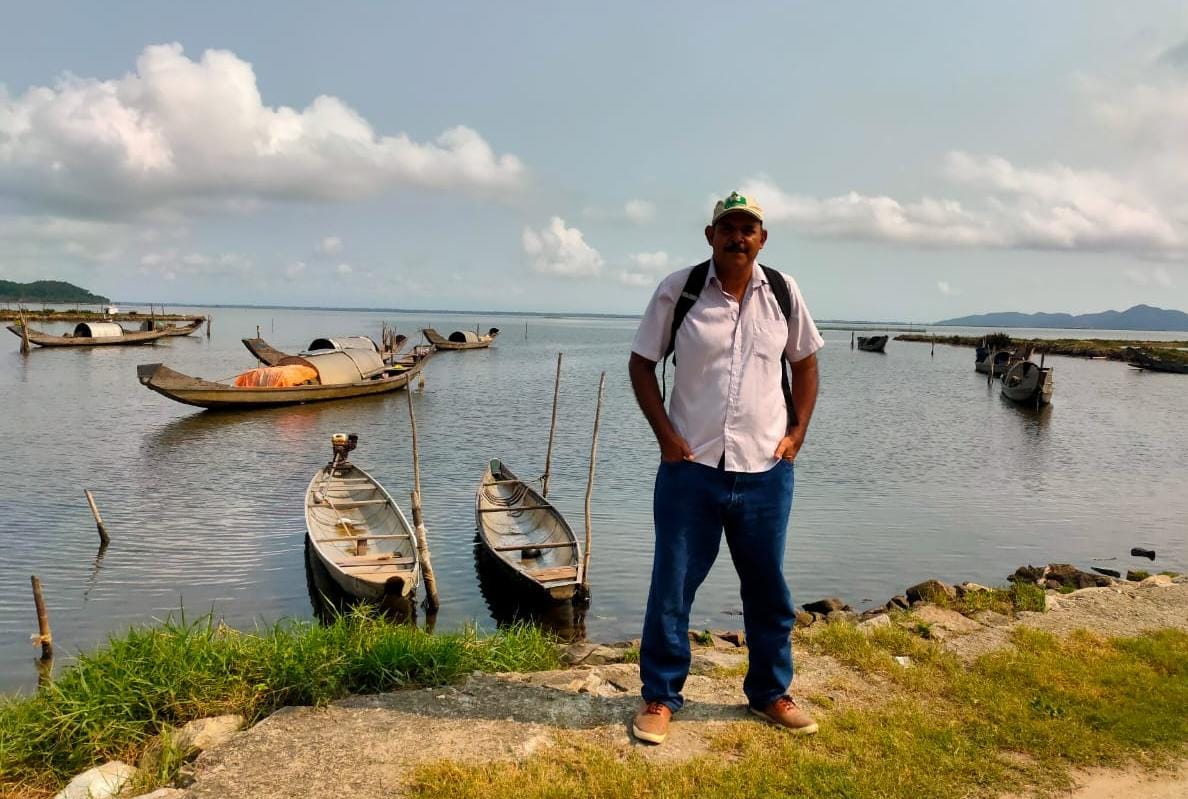
🇻🇳 Vietnamese Giveaway
This photo was taken when I was travelling from Hue to Da Nang when the driver pulled over to show me these small boats. There were thousands along the river. What unique material are these boats made from?
Clue: At one point of time the material was available in plenty, but now is difficult to find.
The winner of this giveaway contest was Mr. Paul Gatward.

